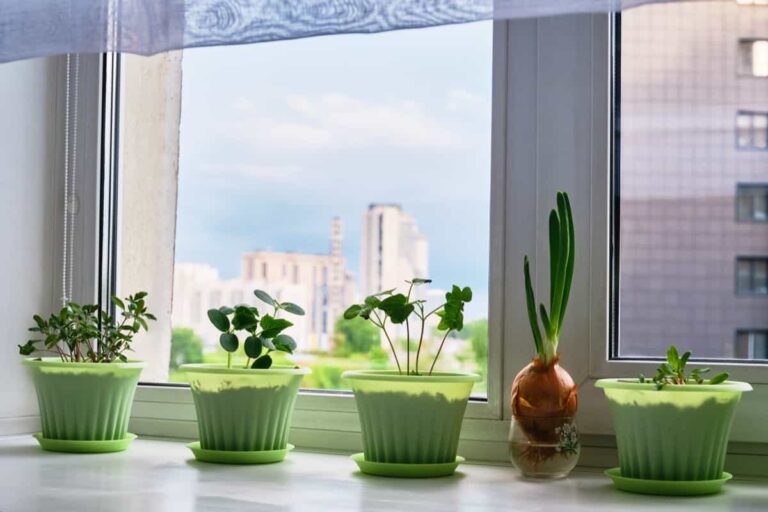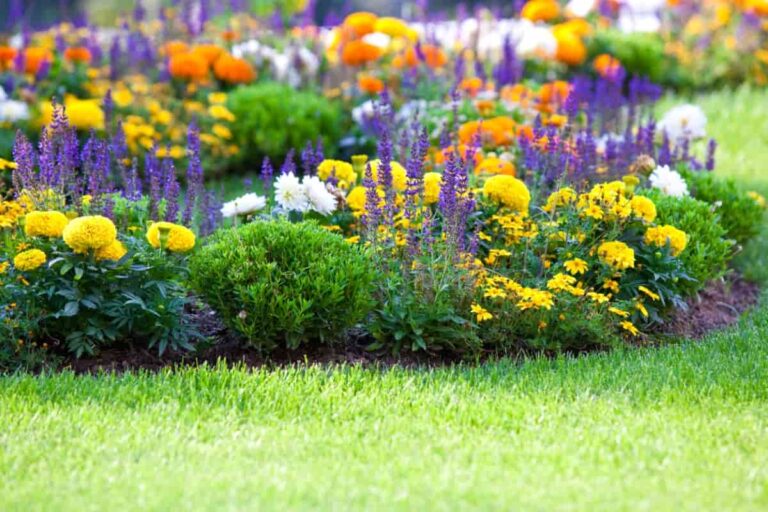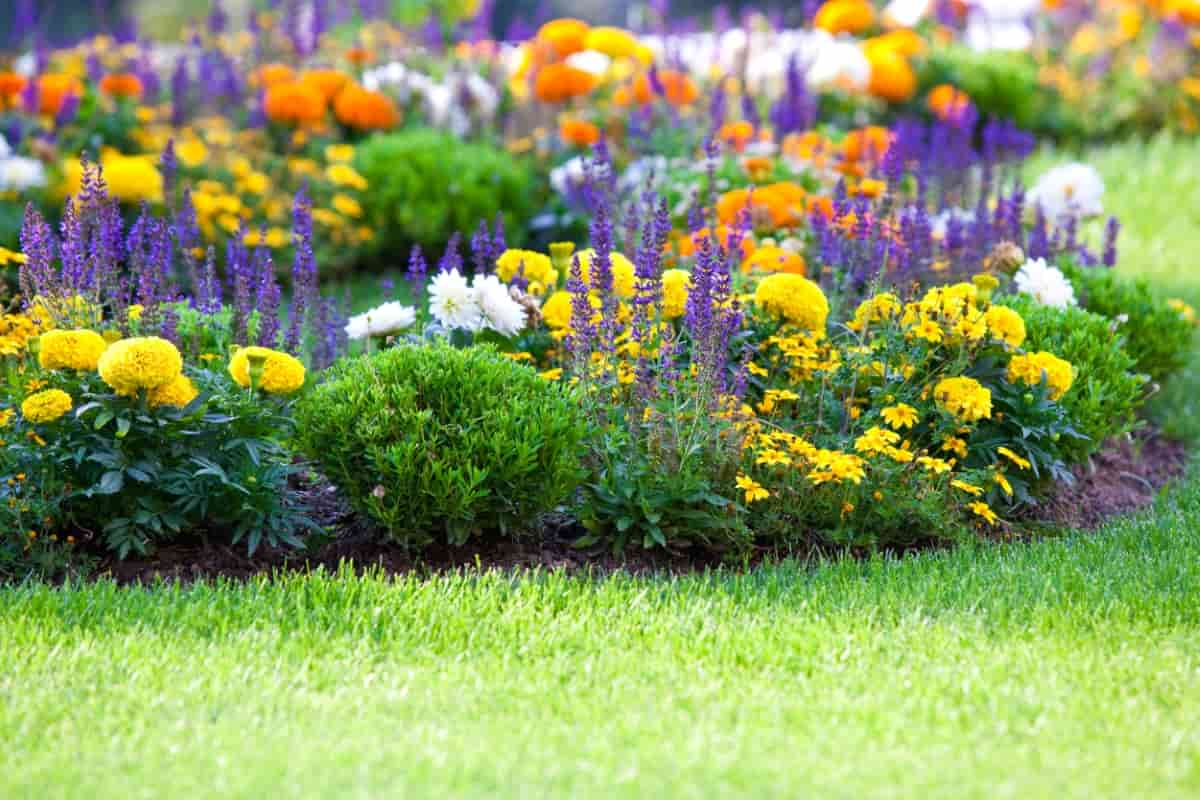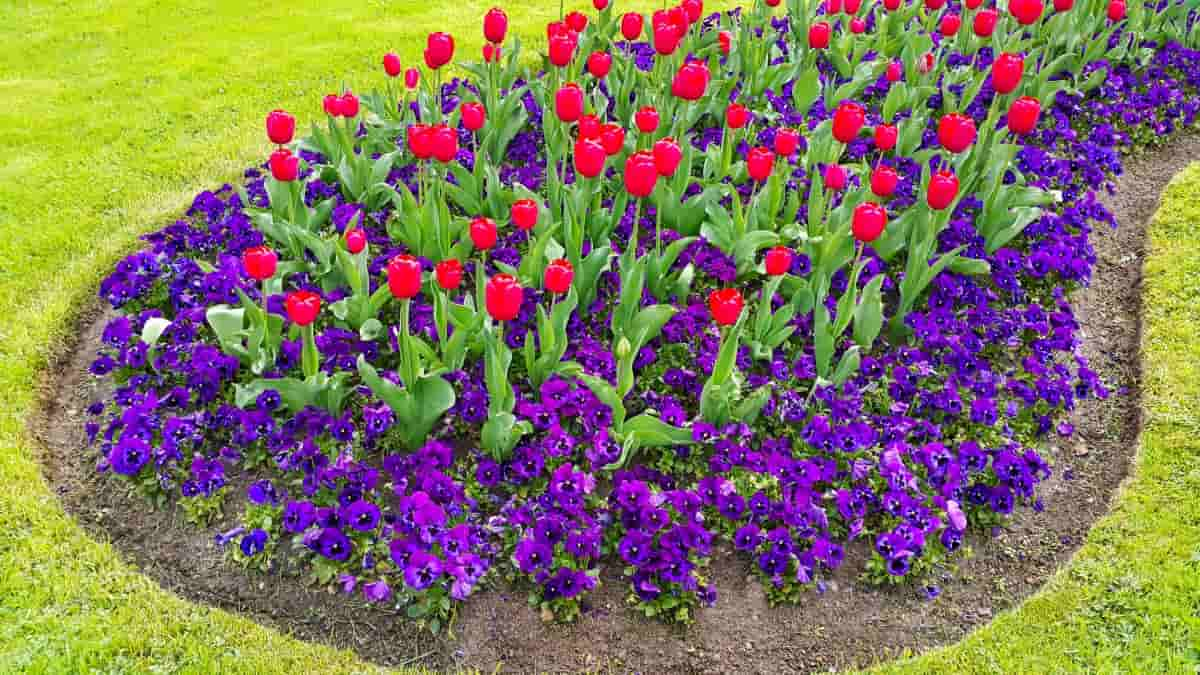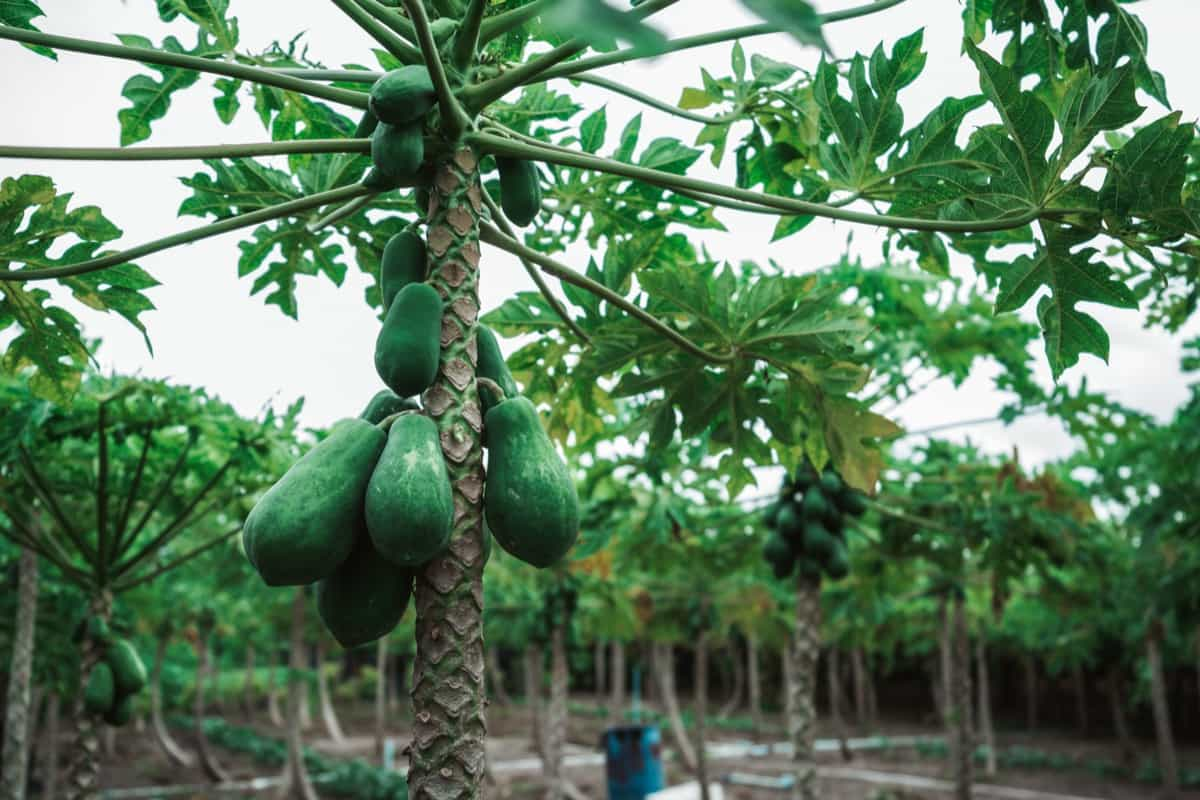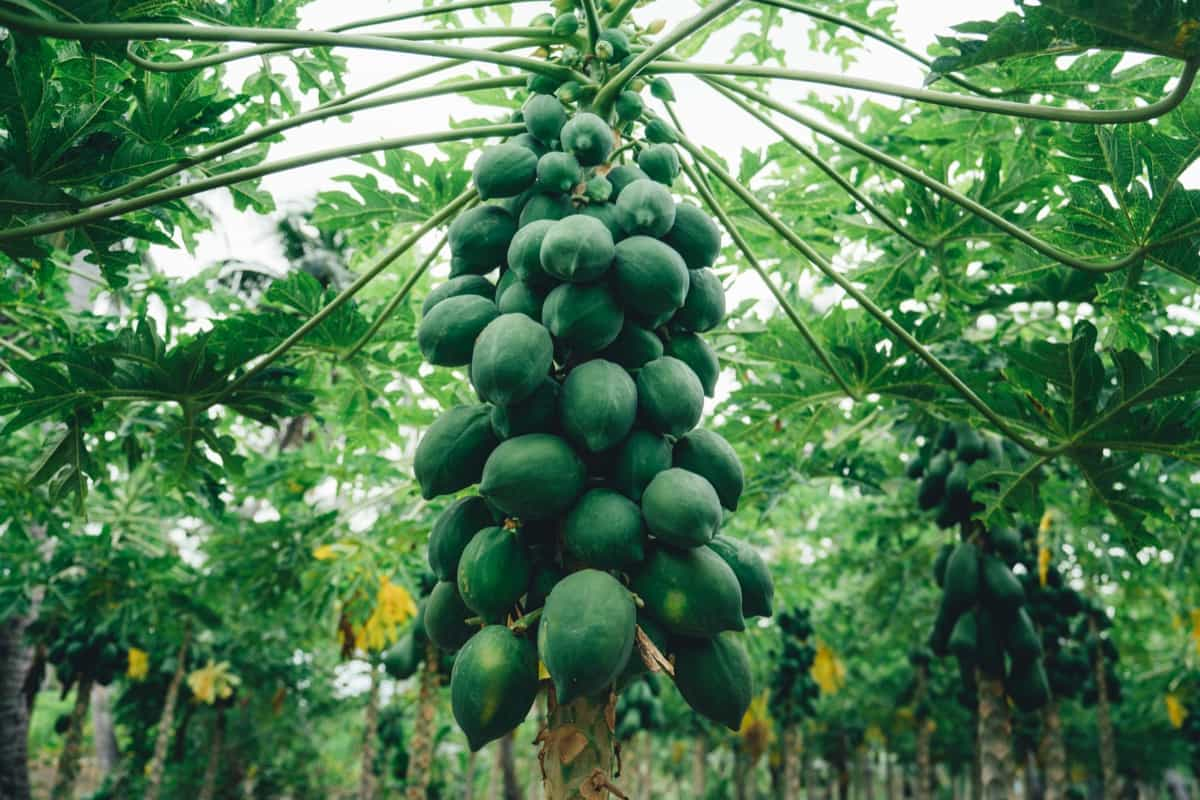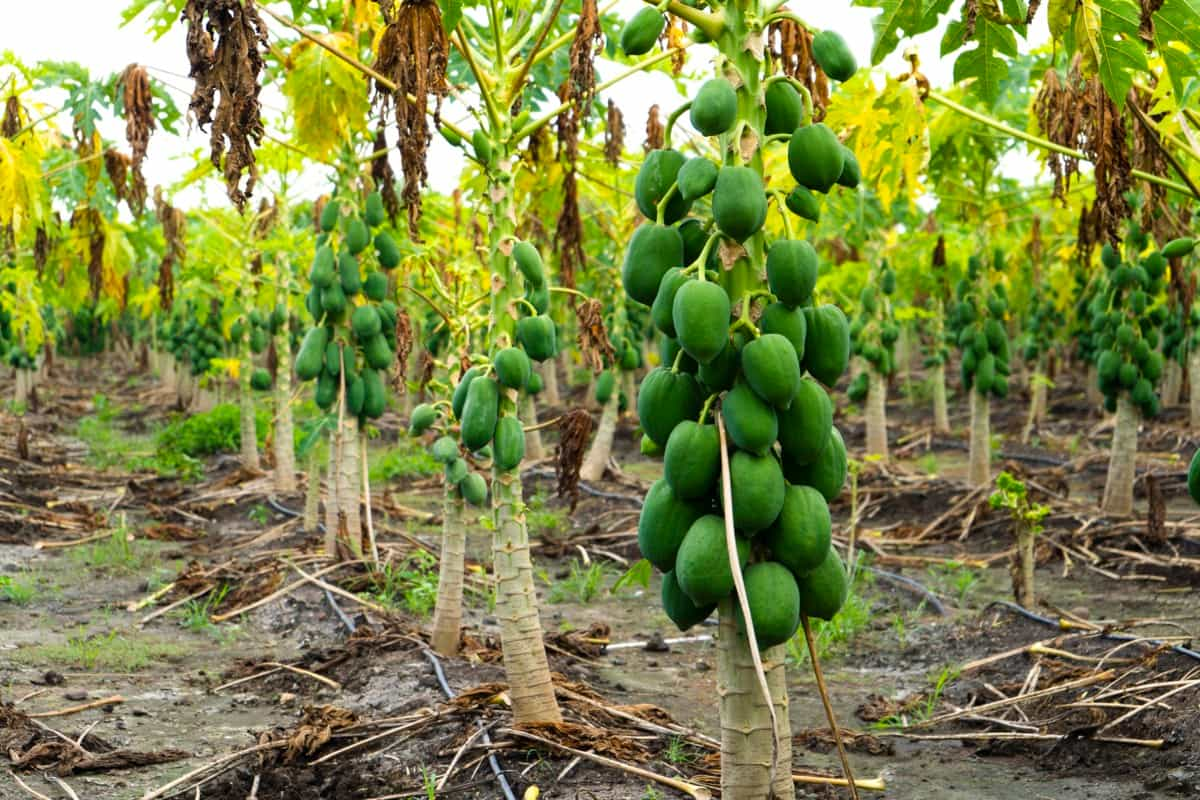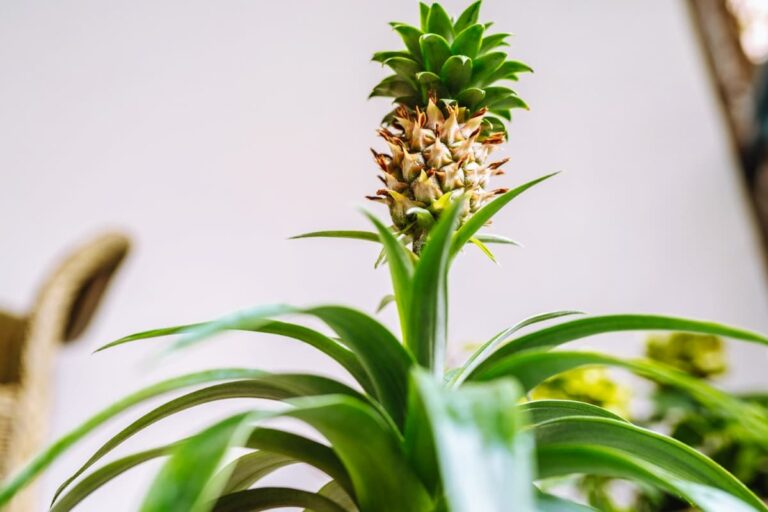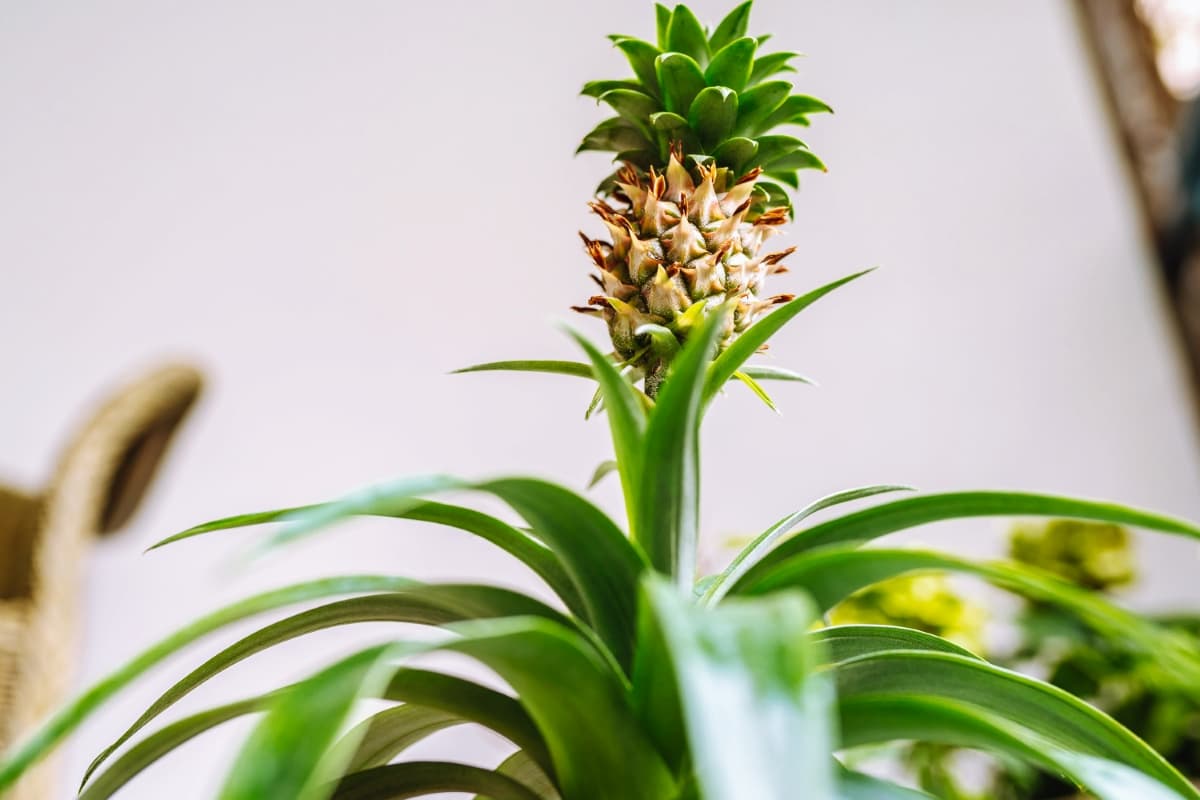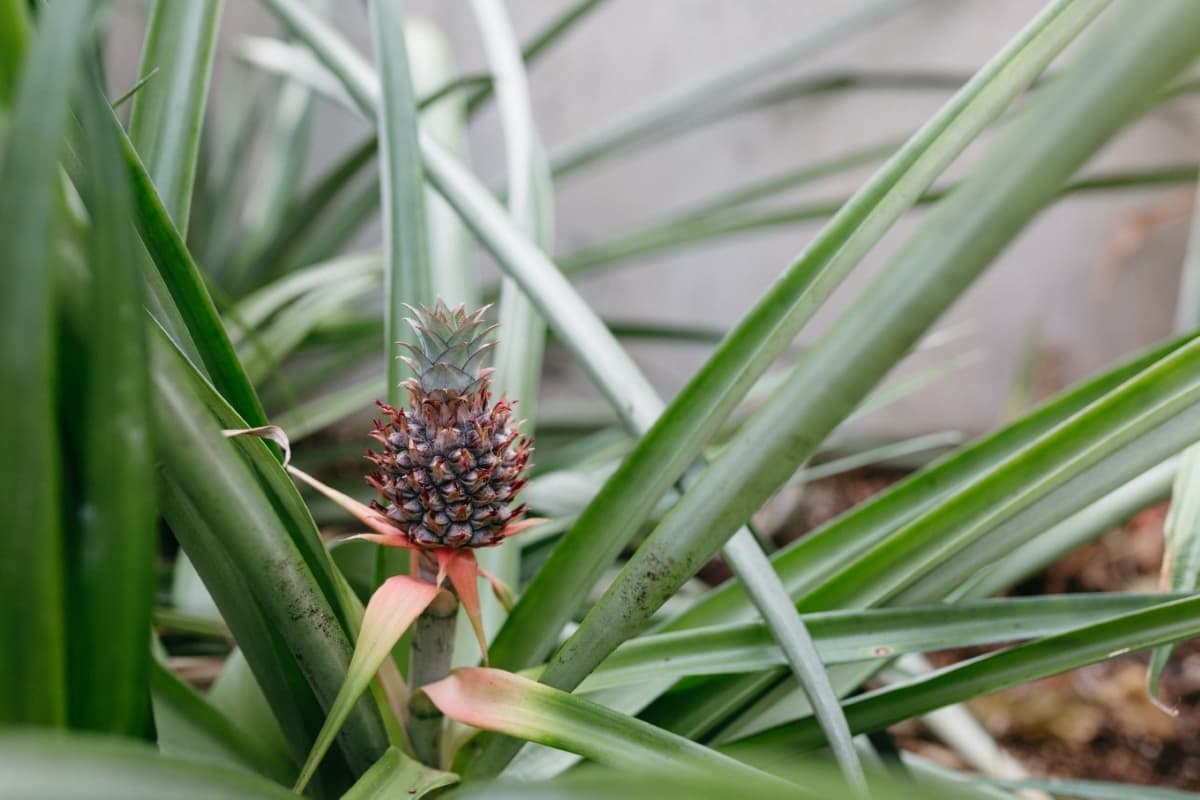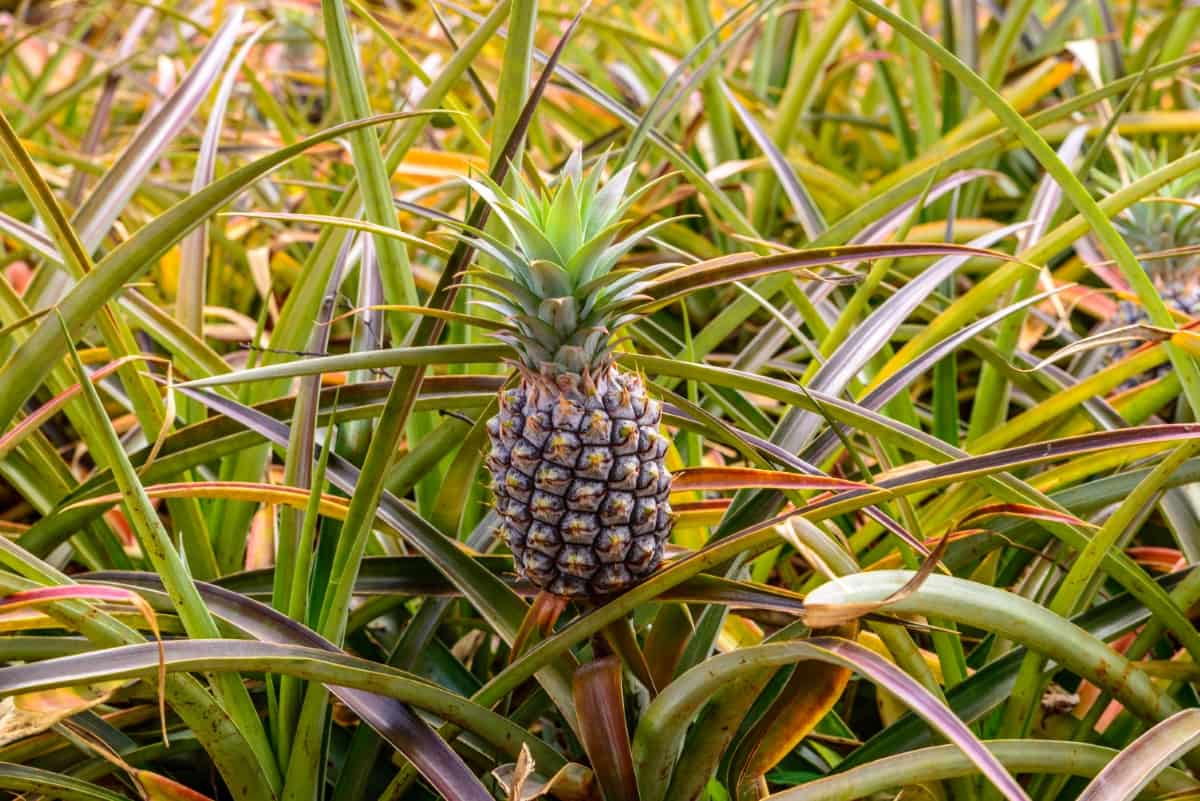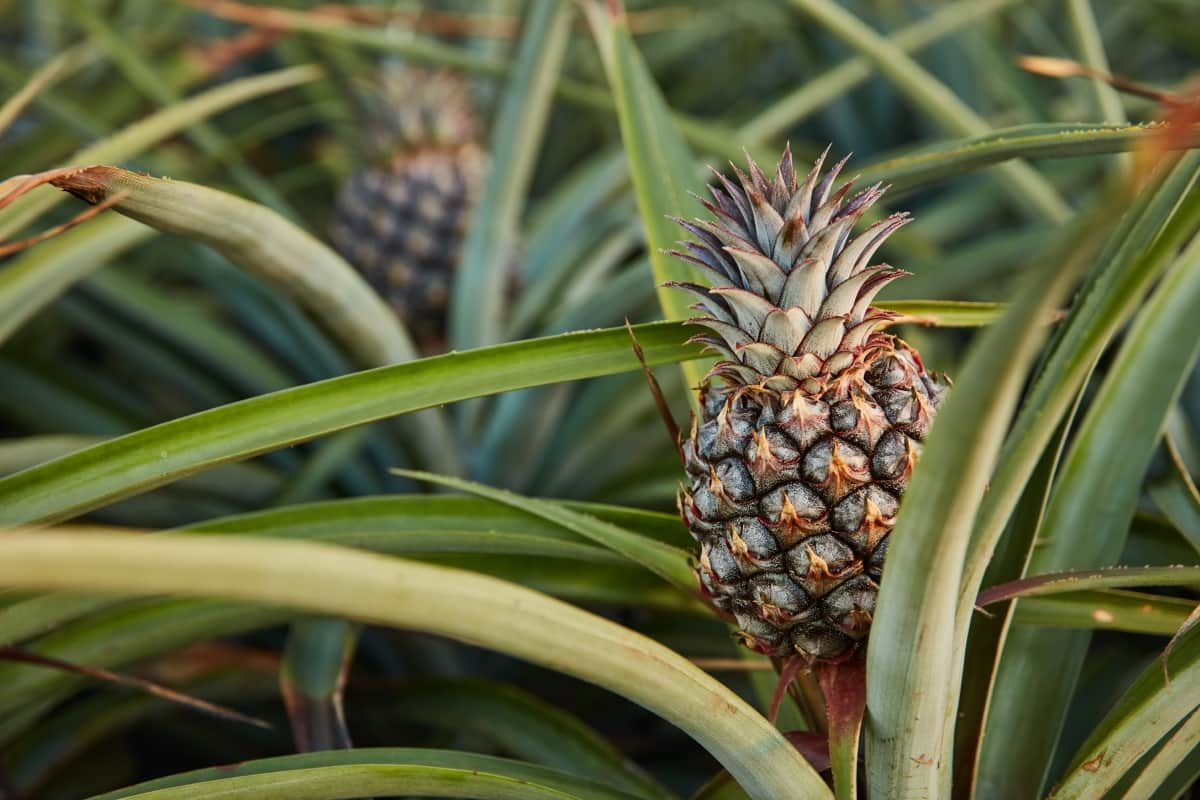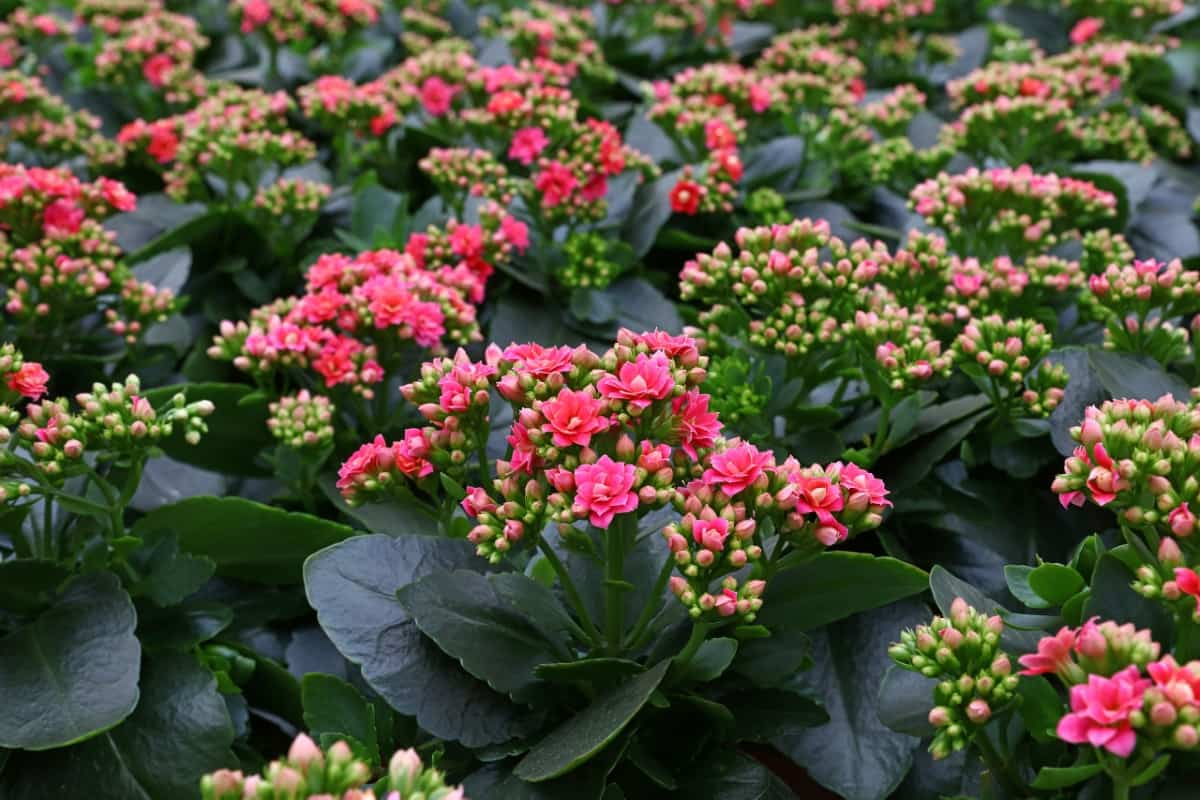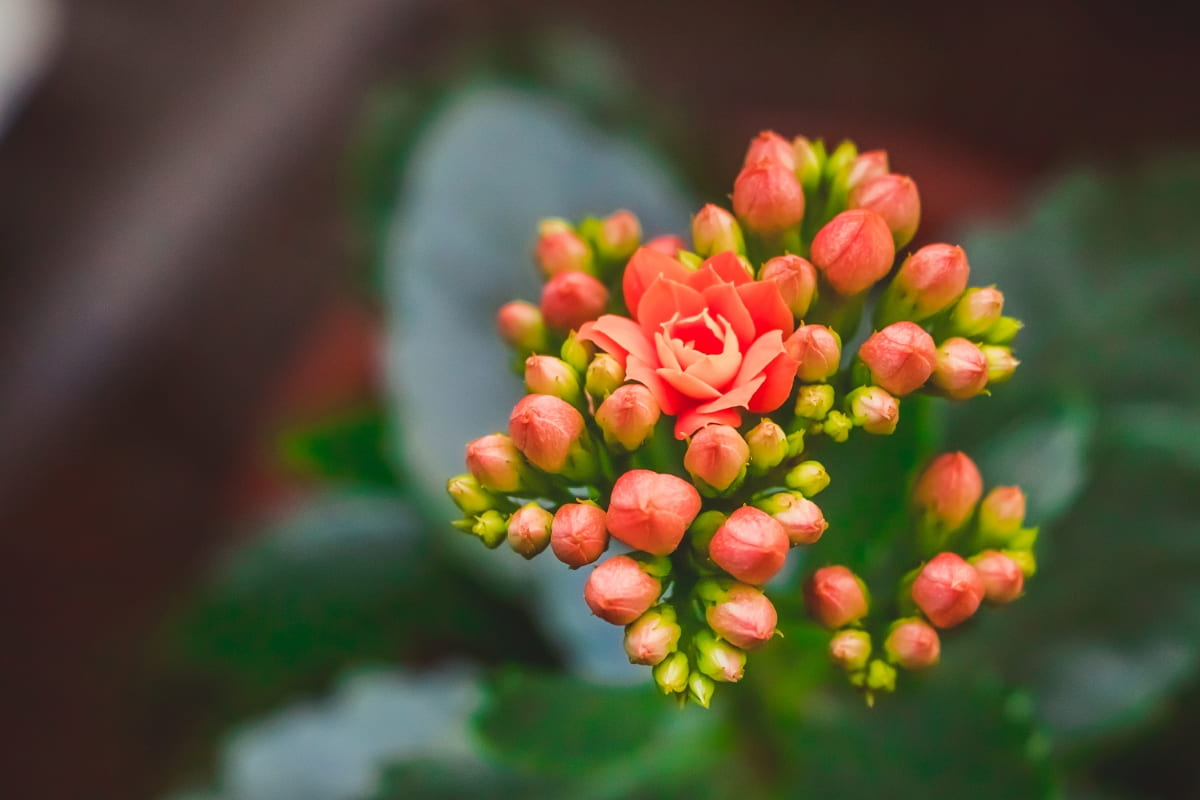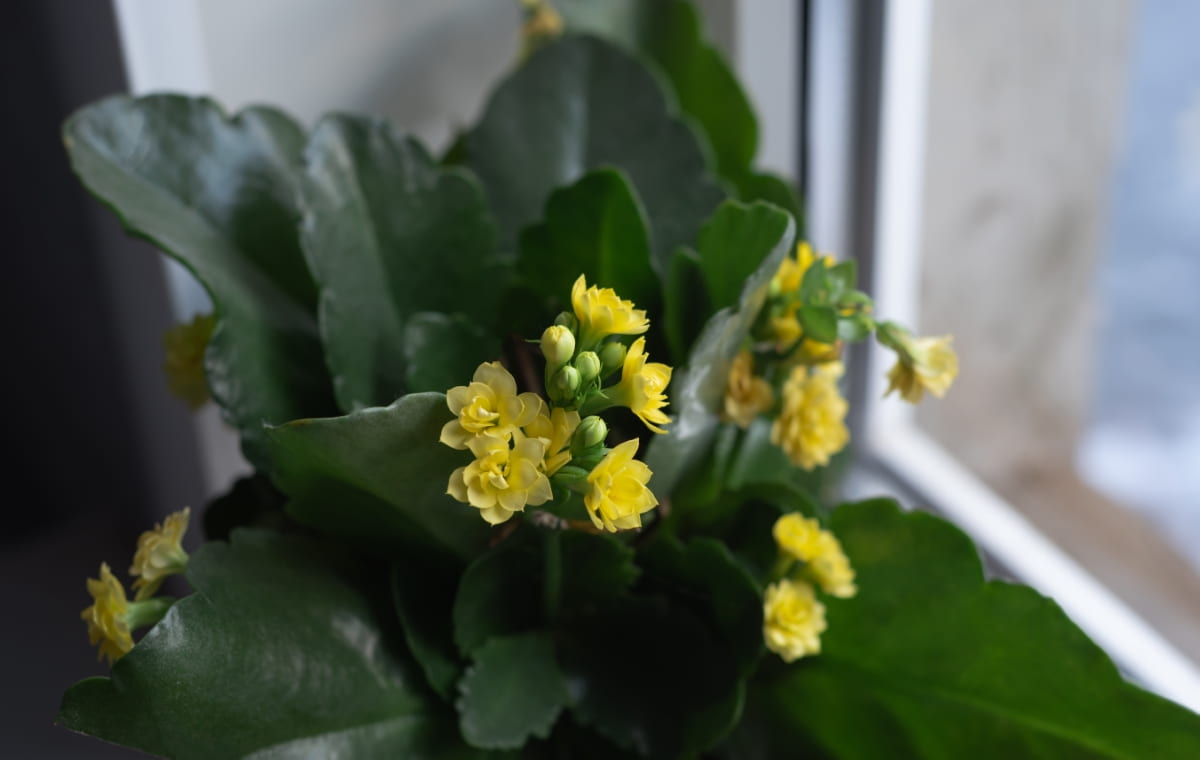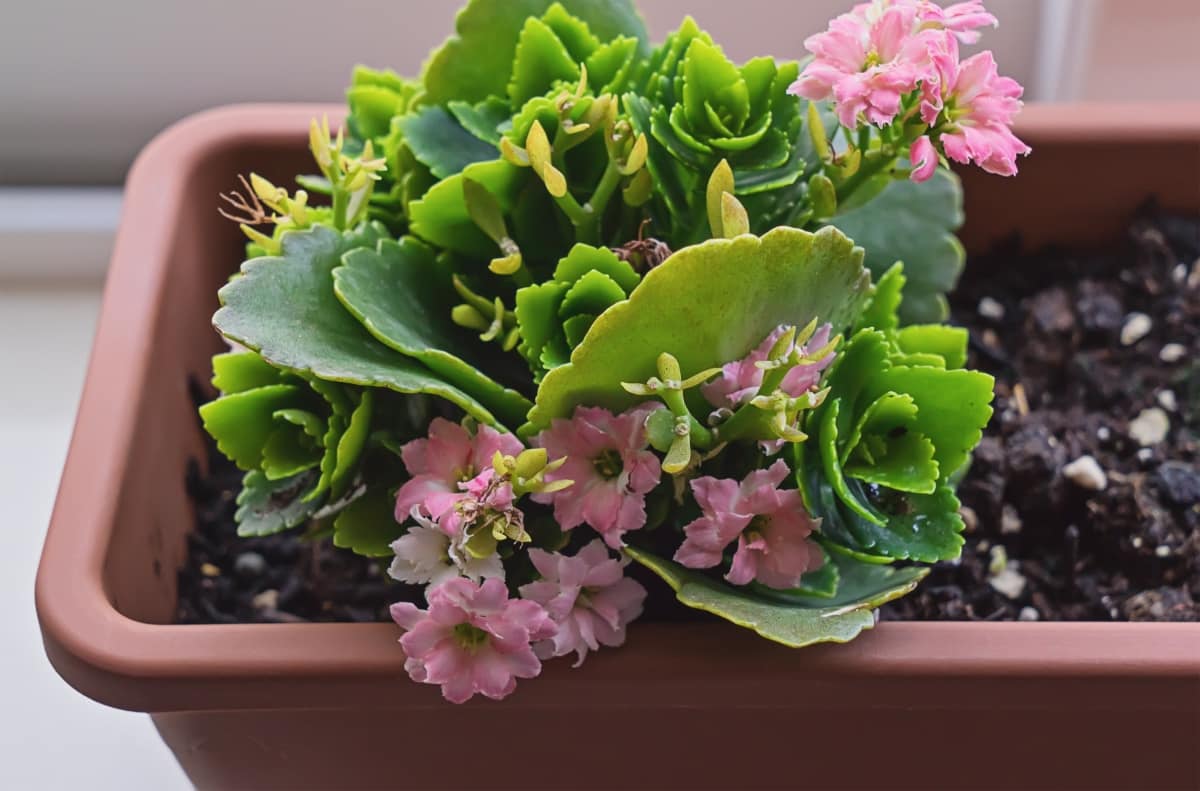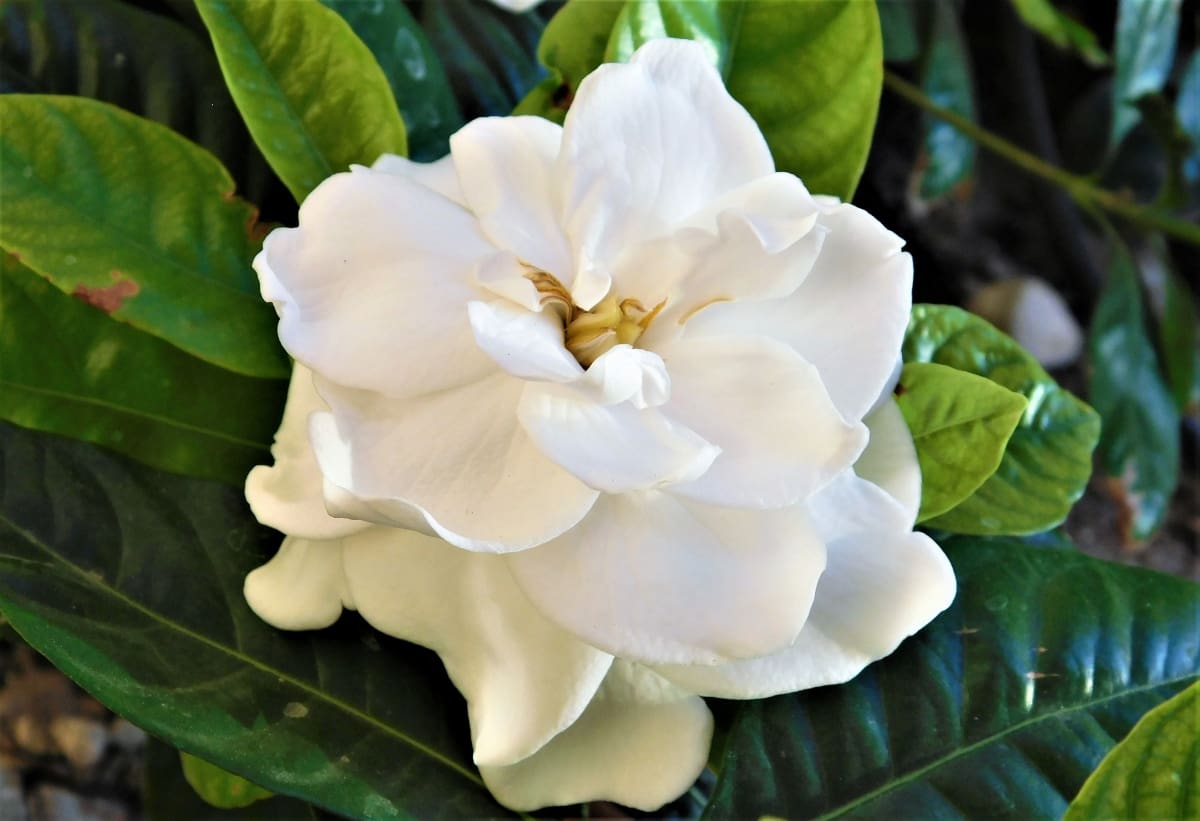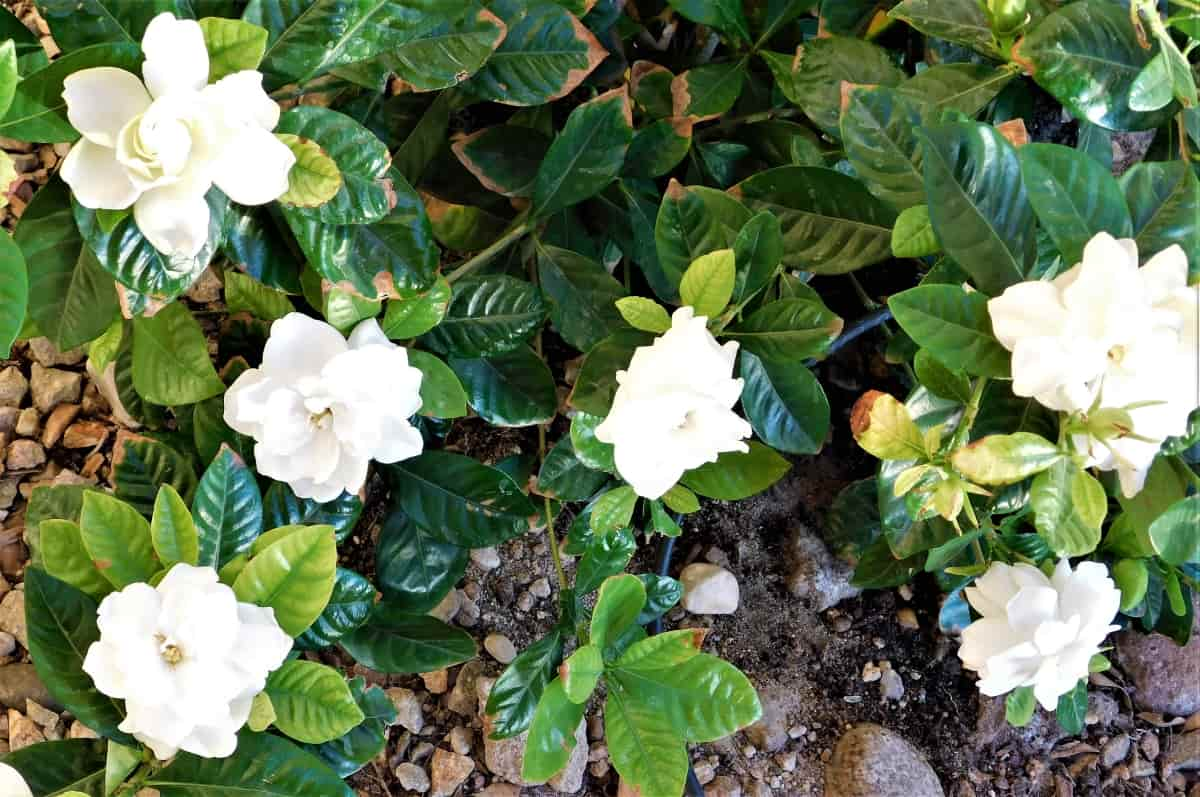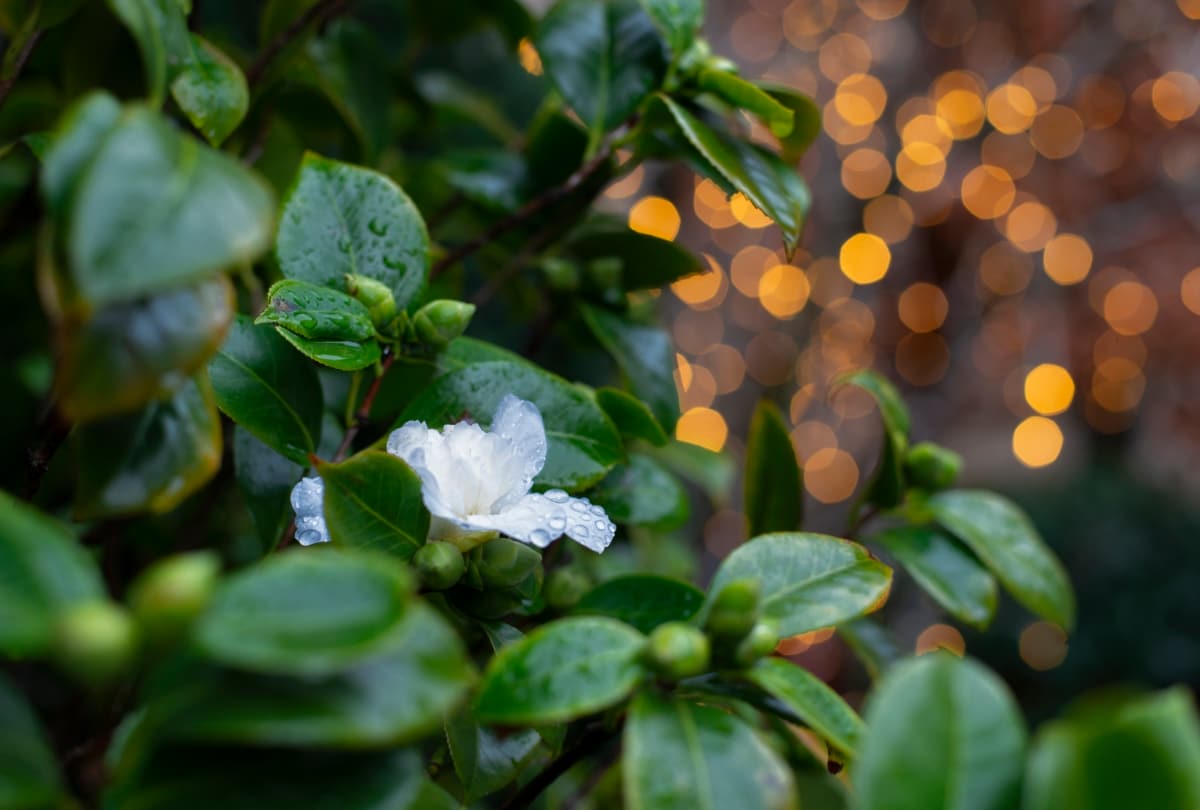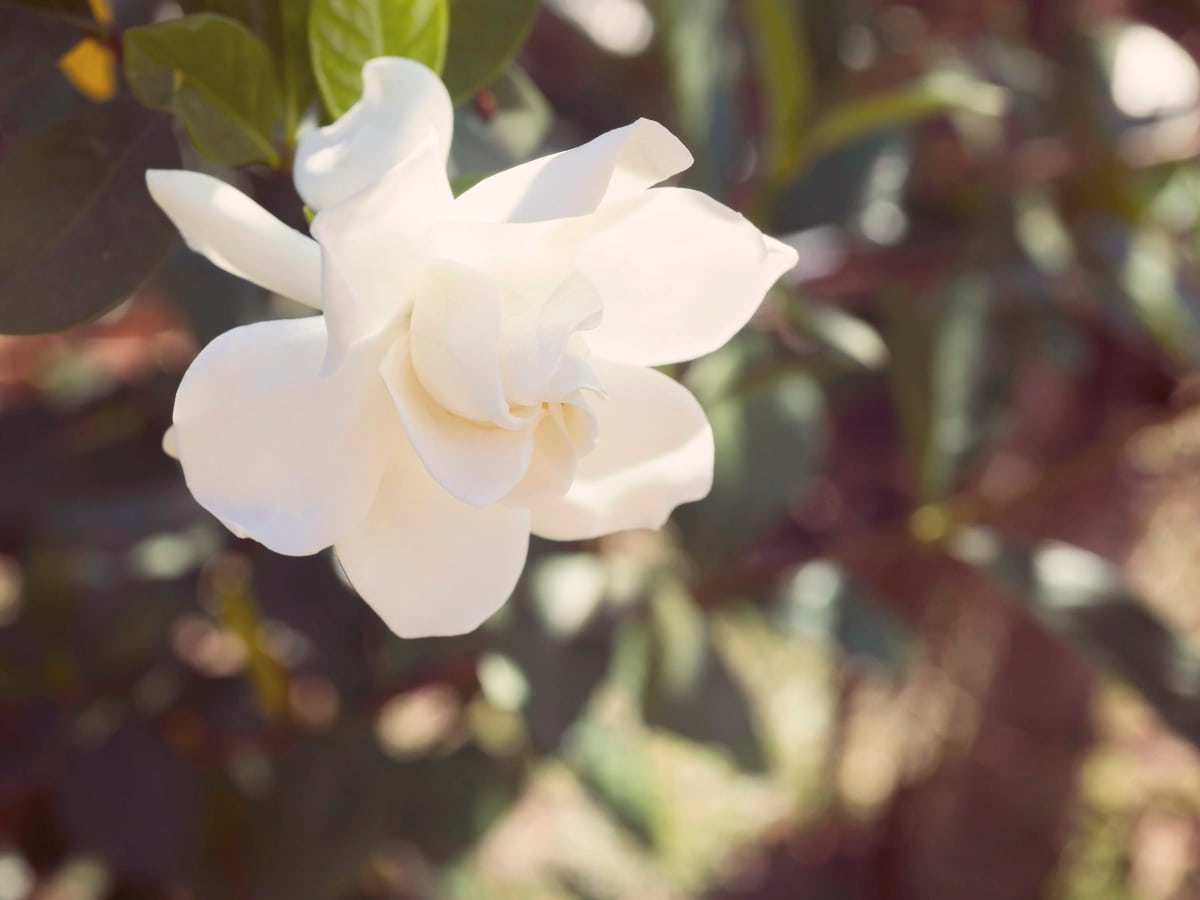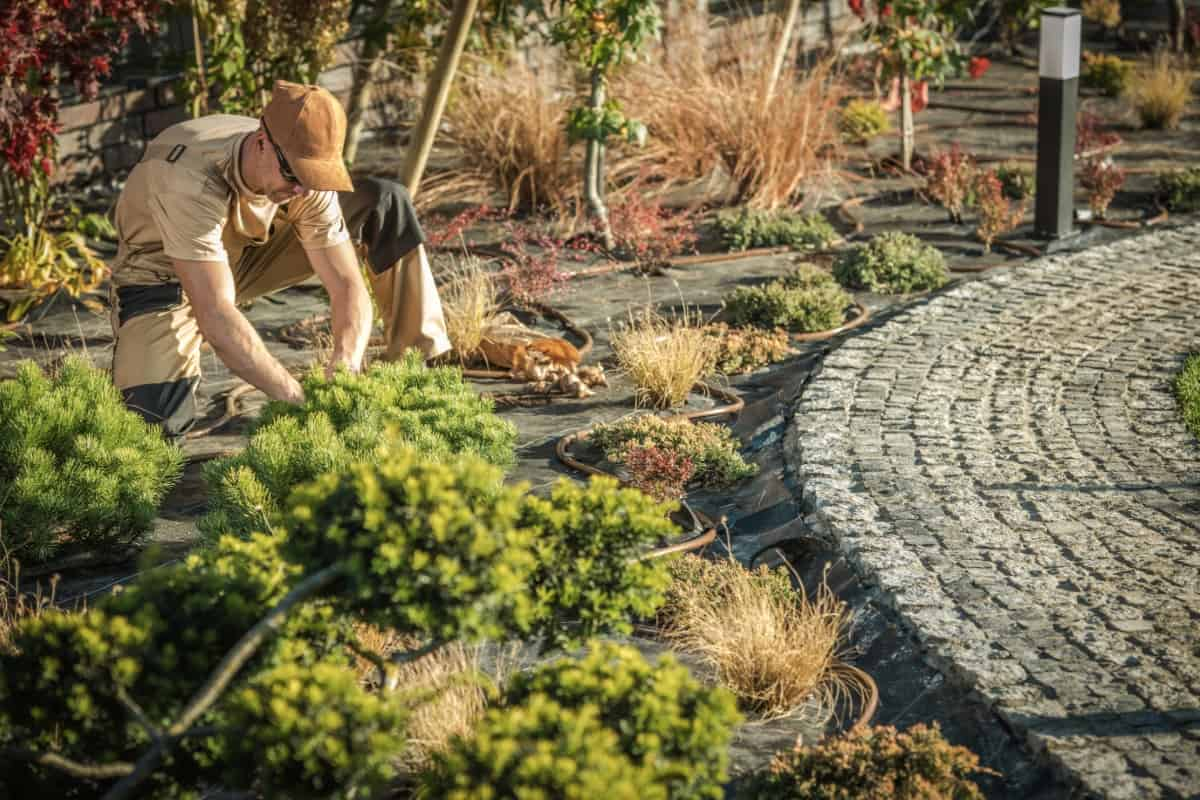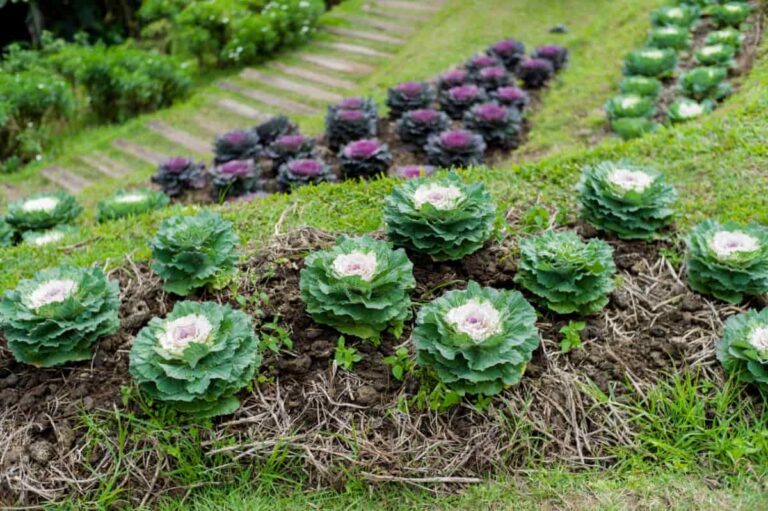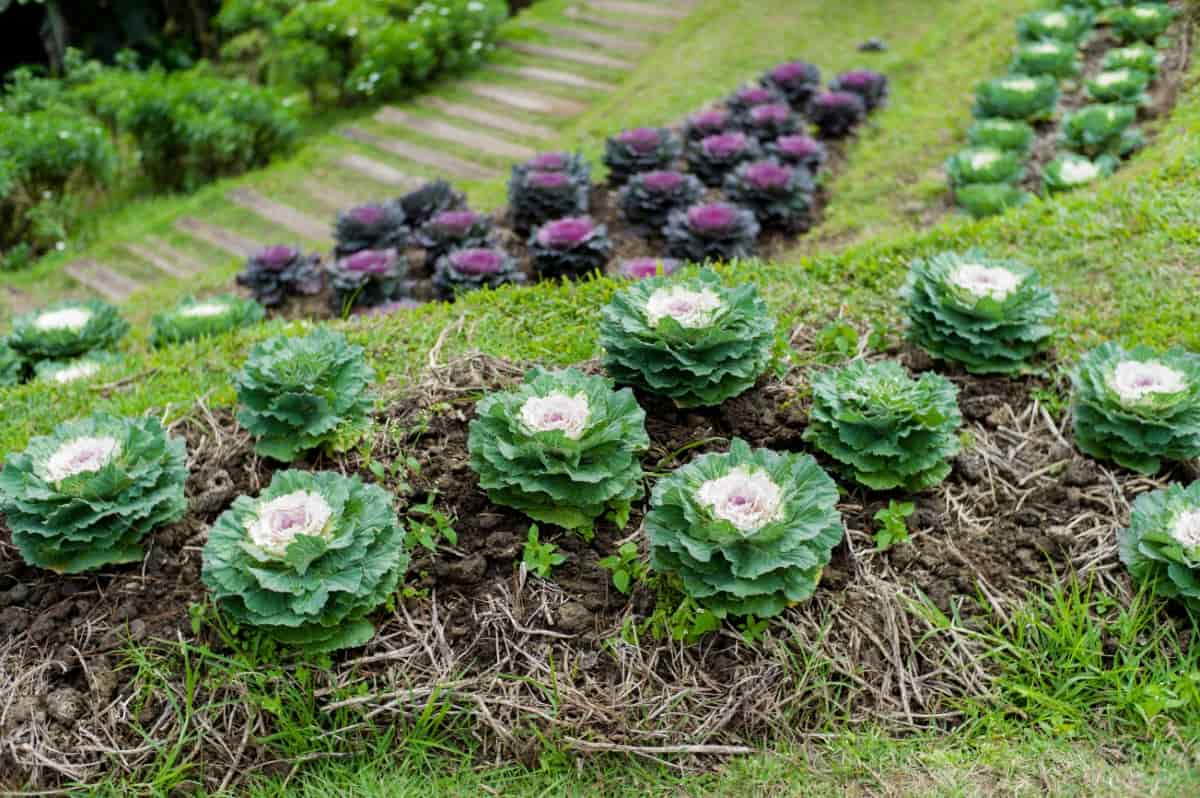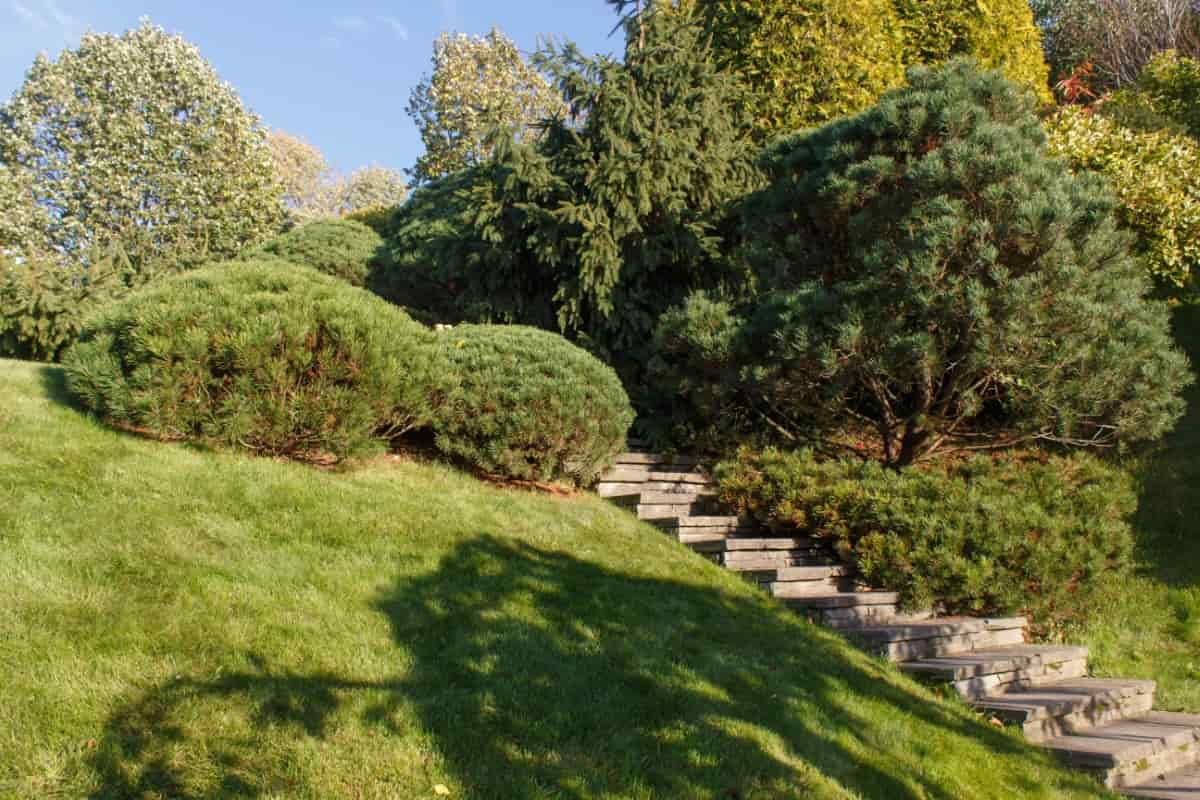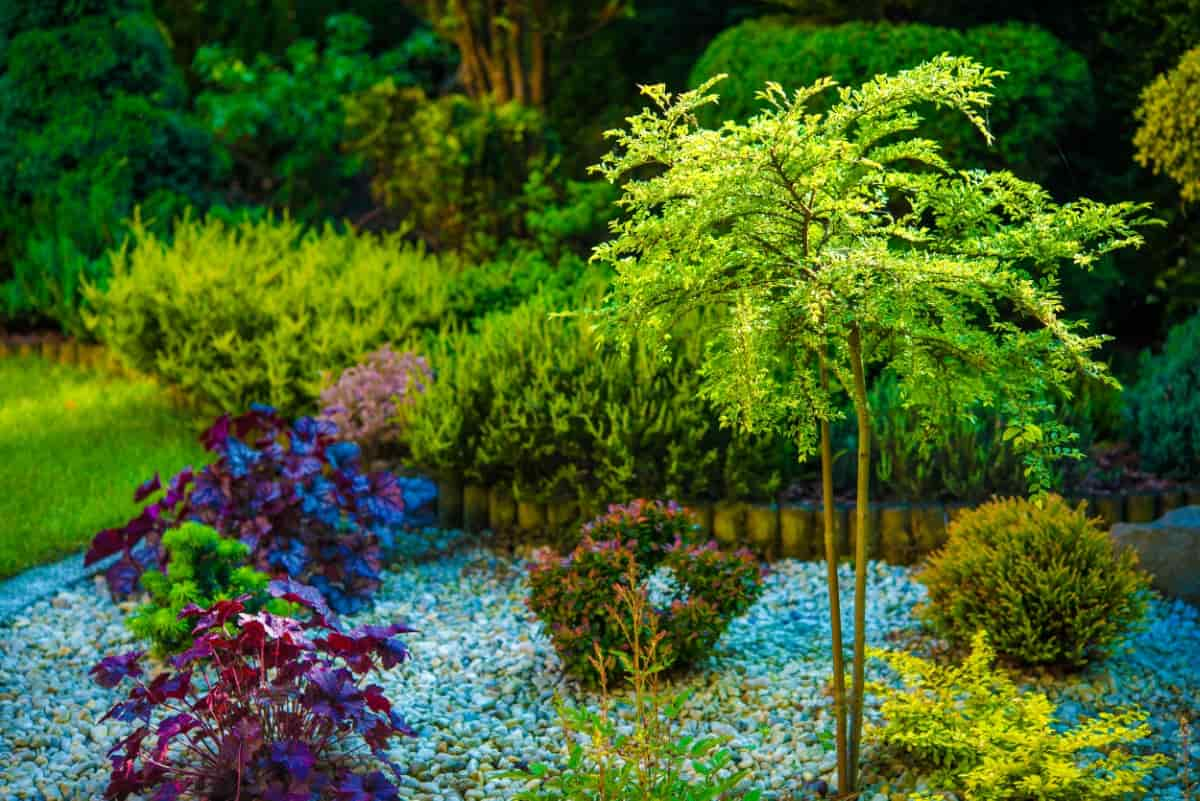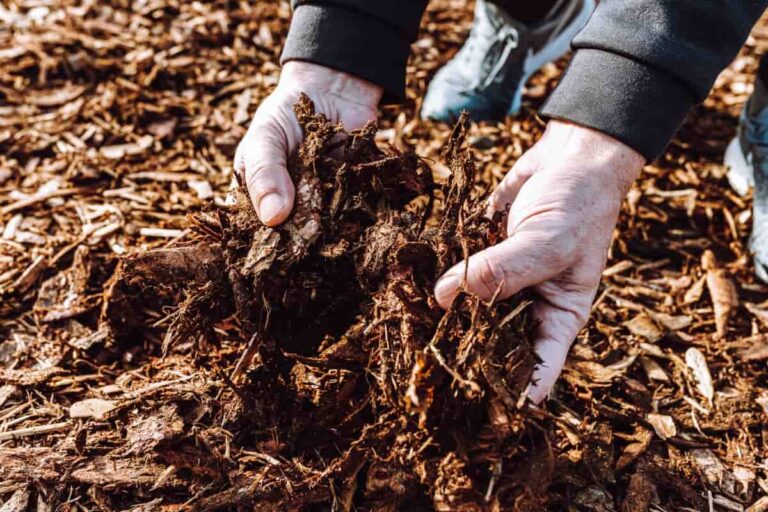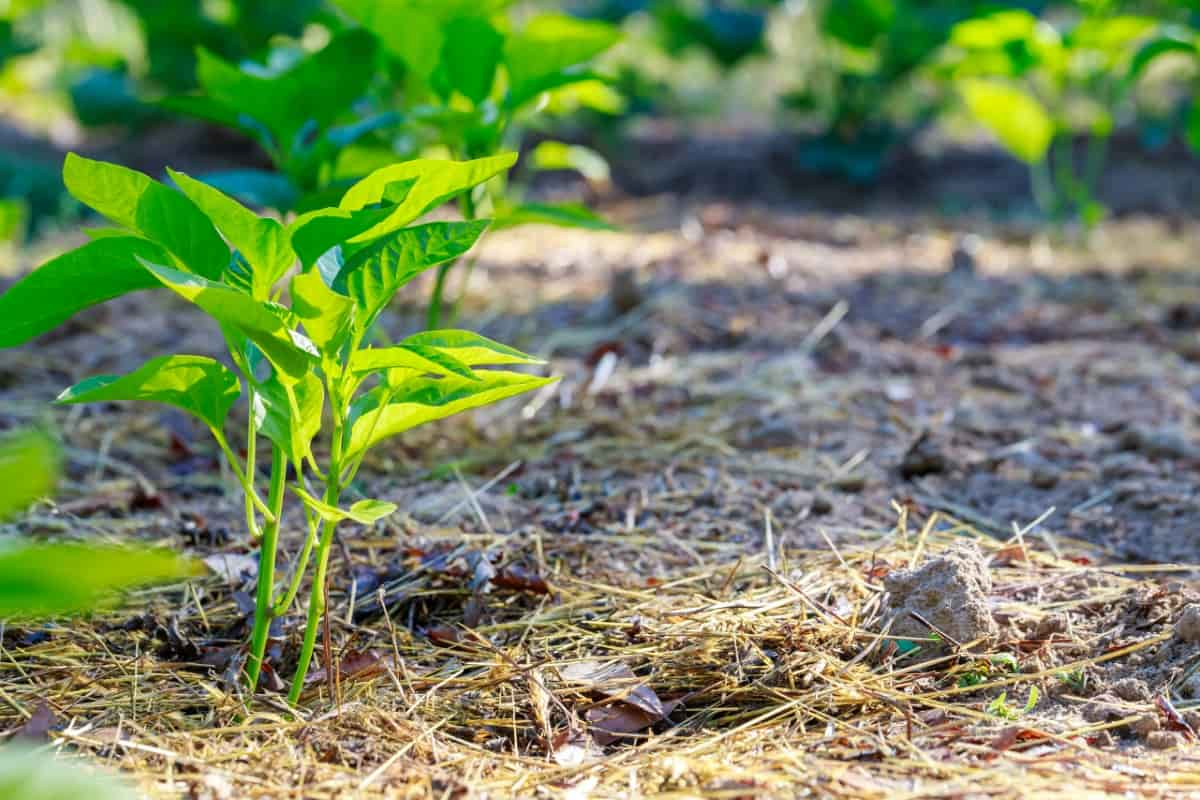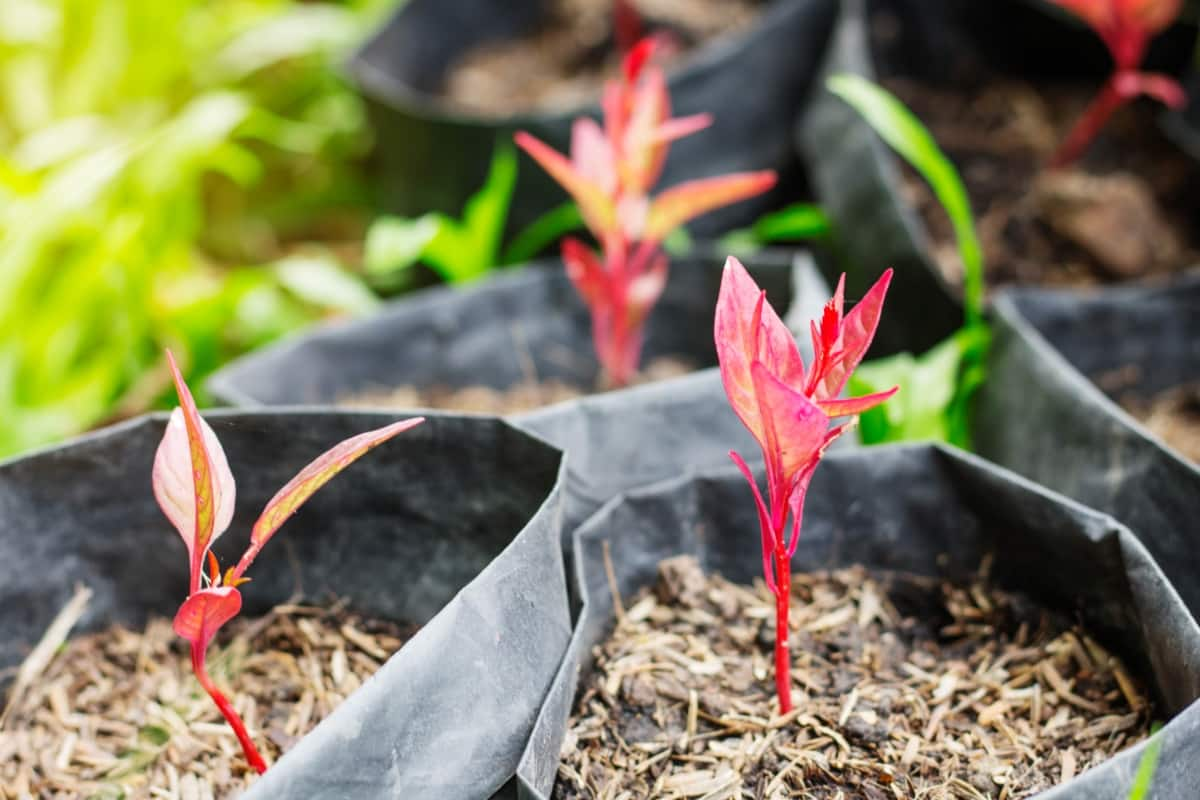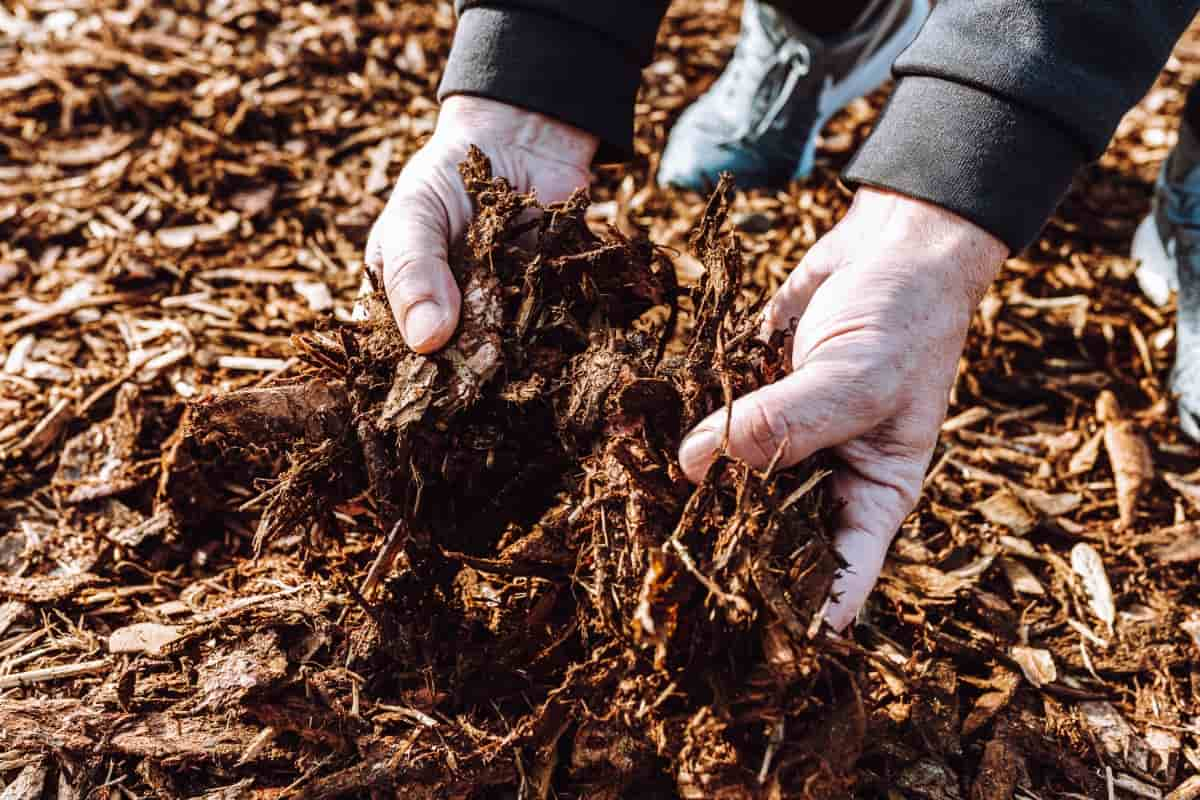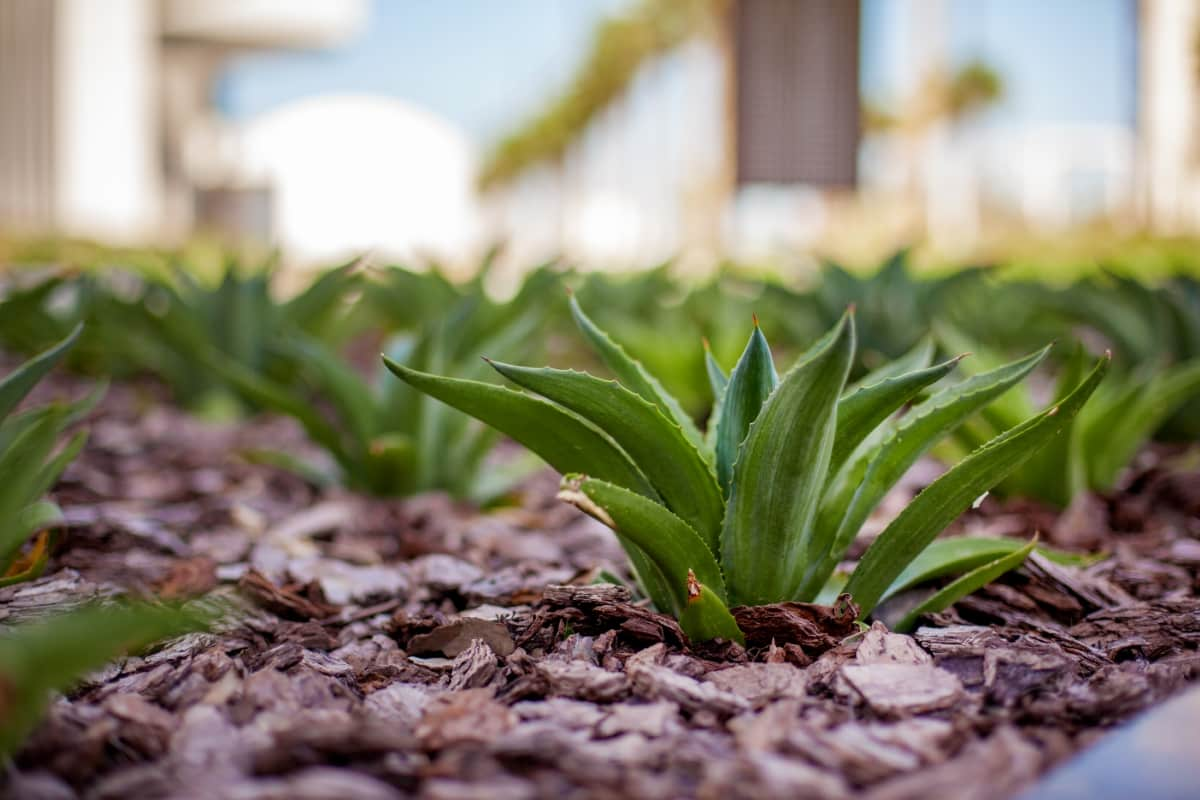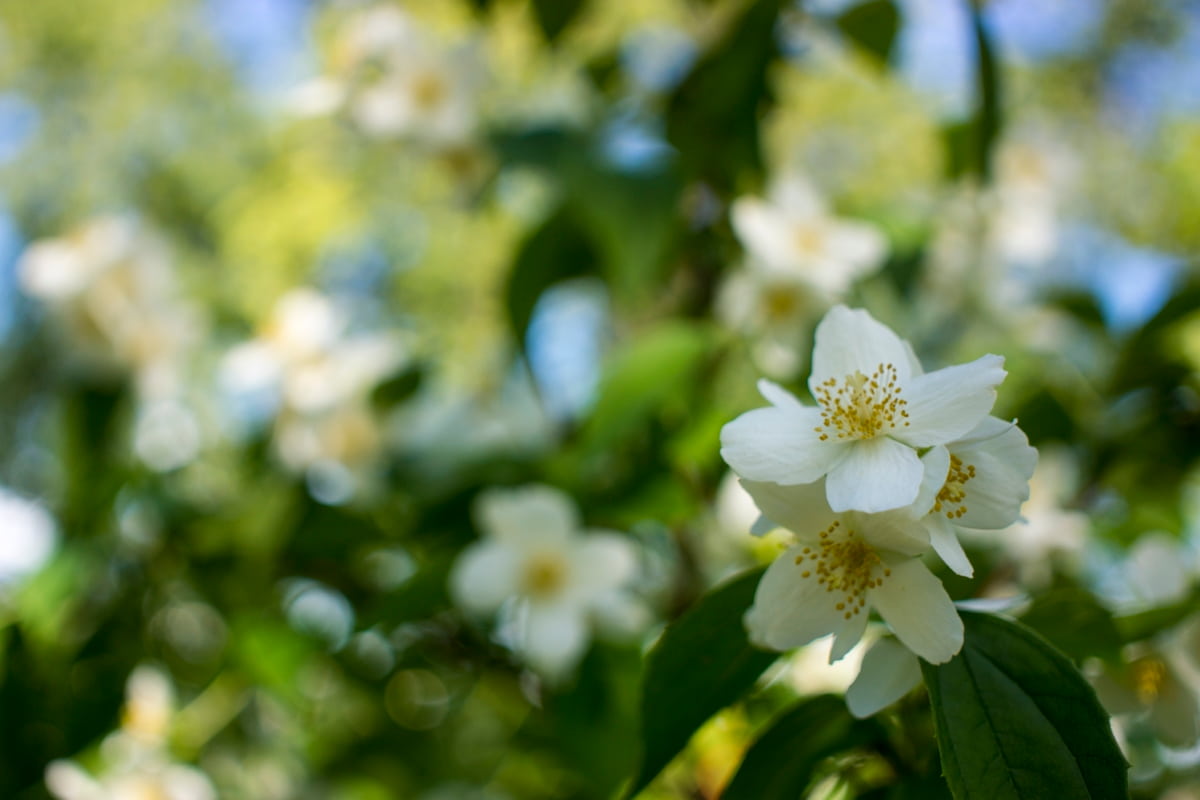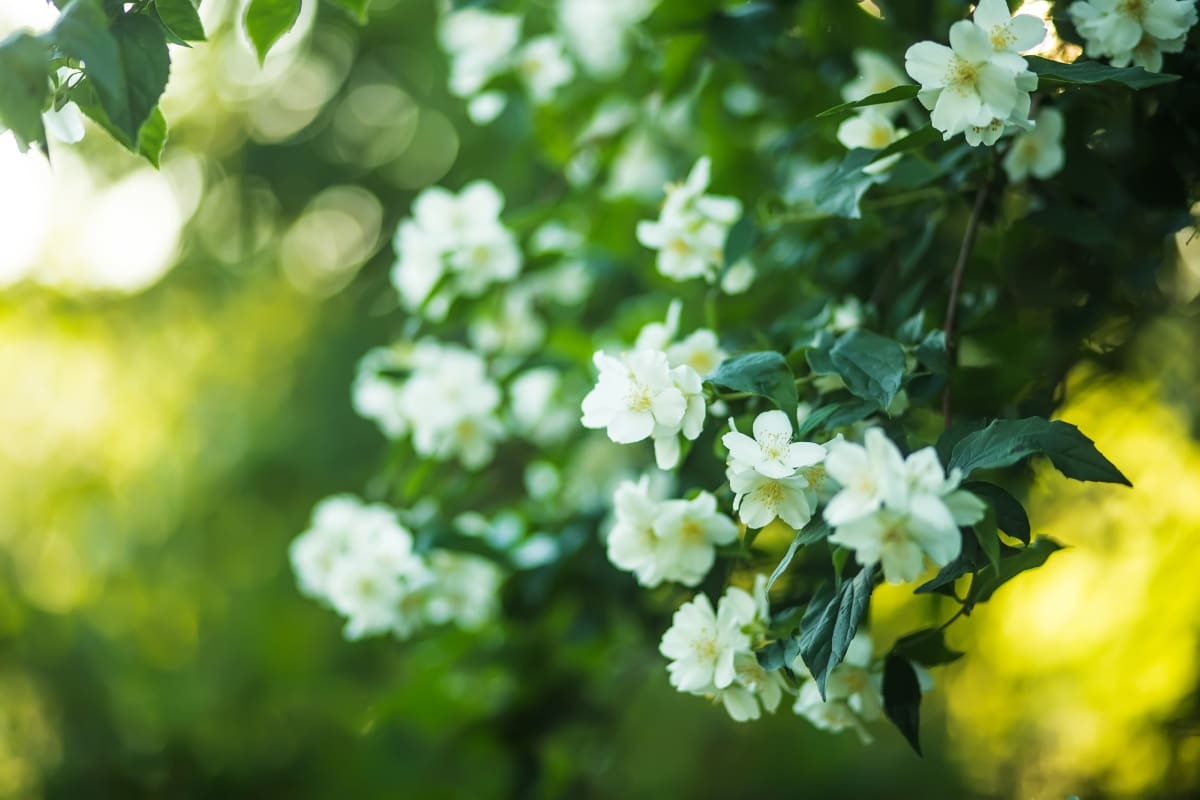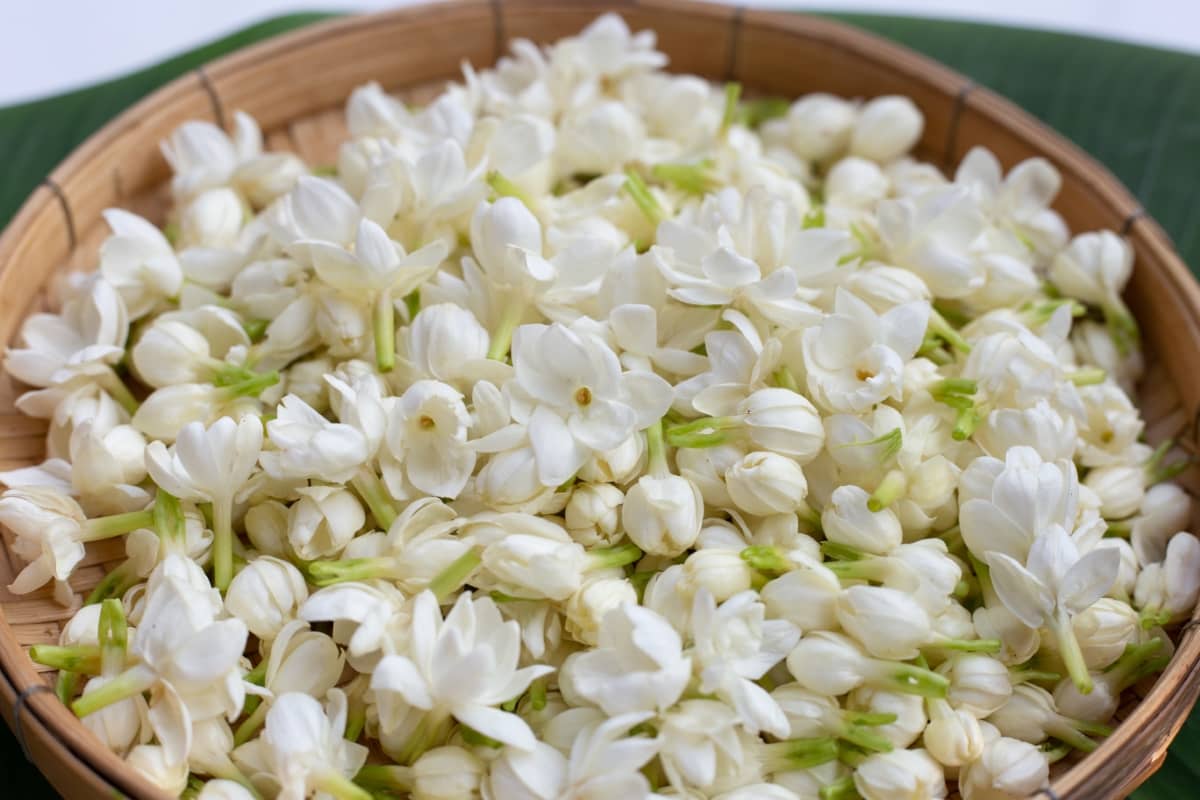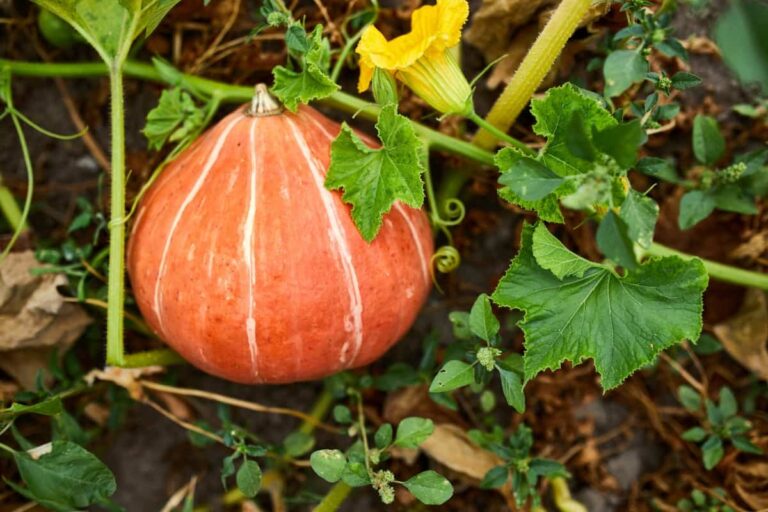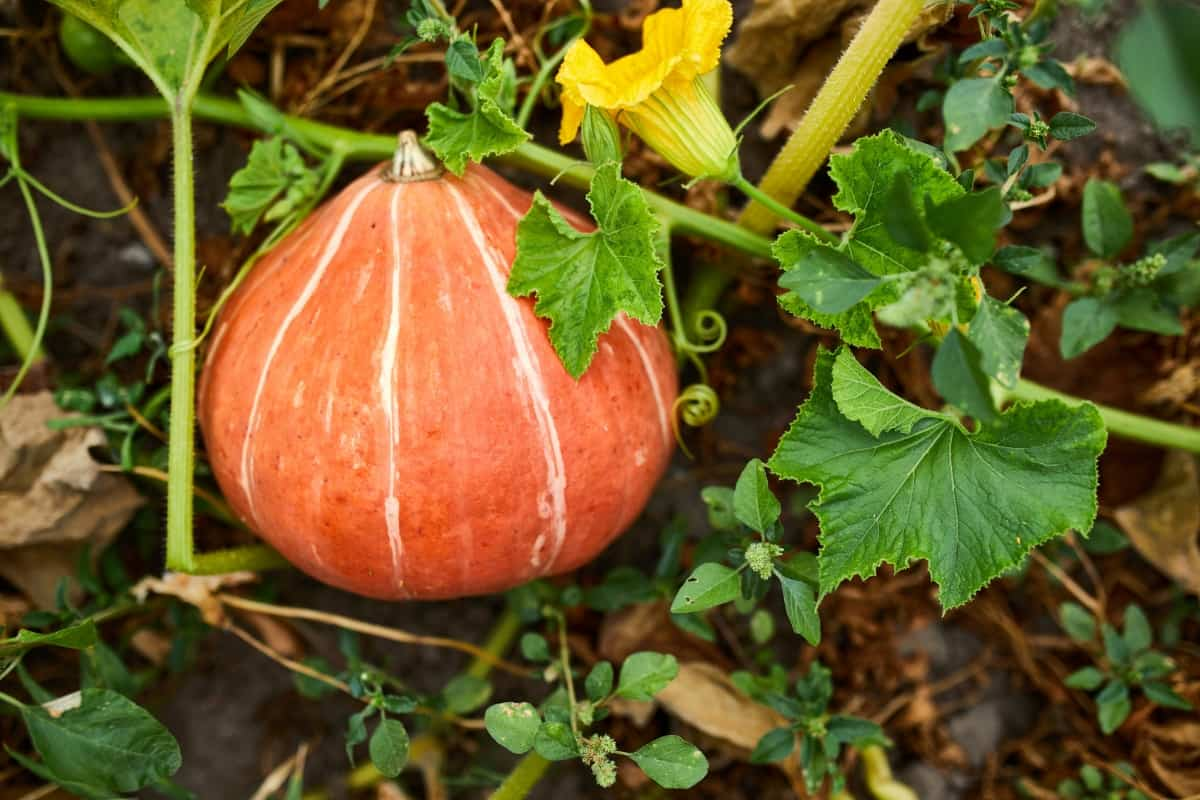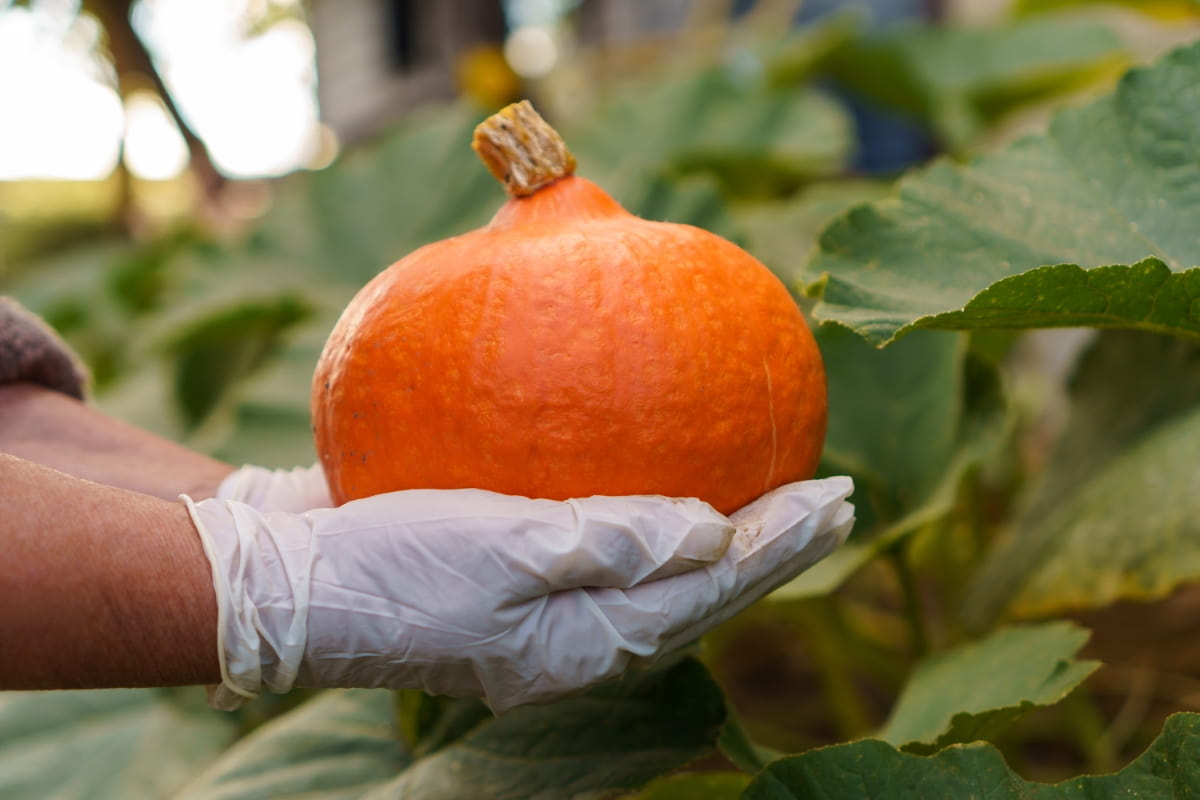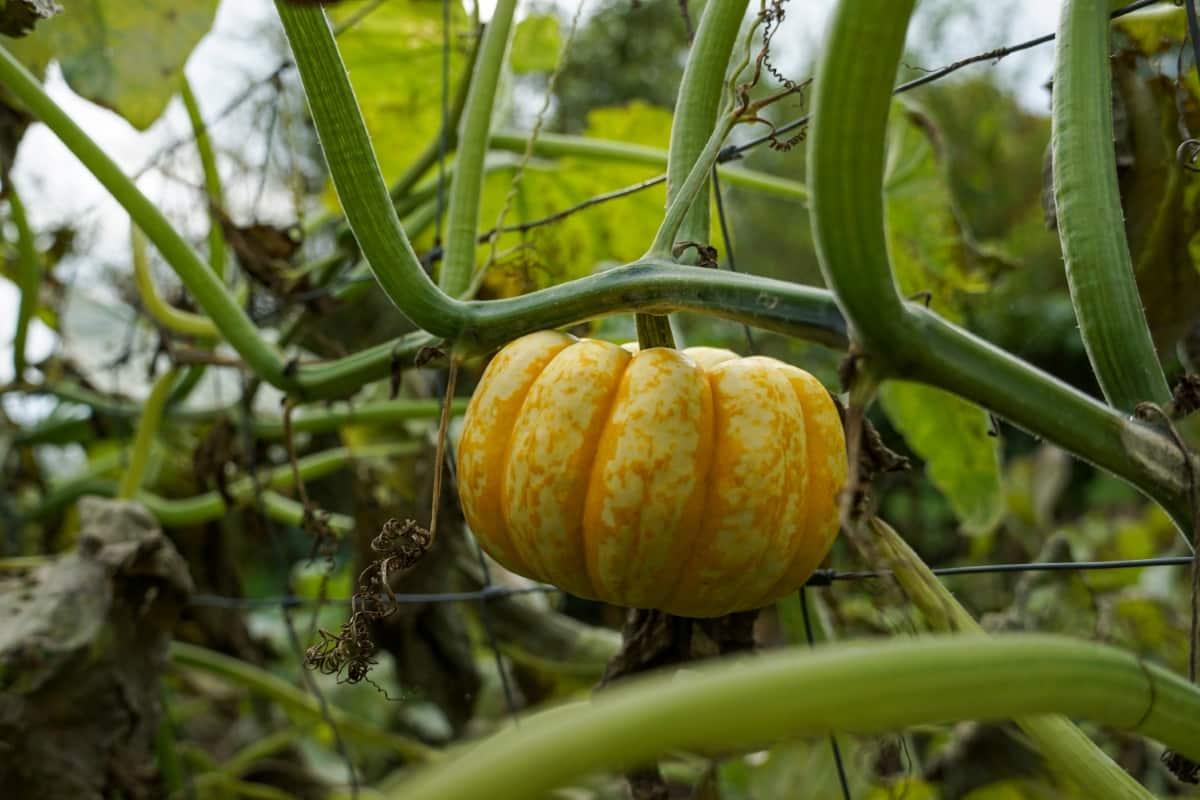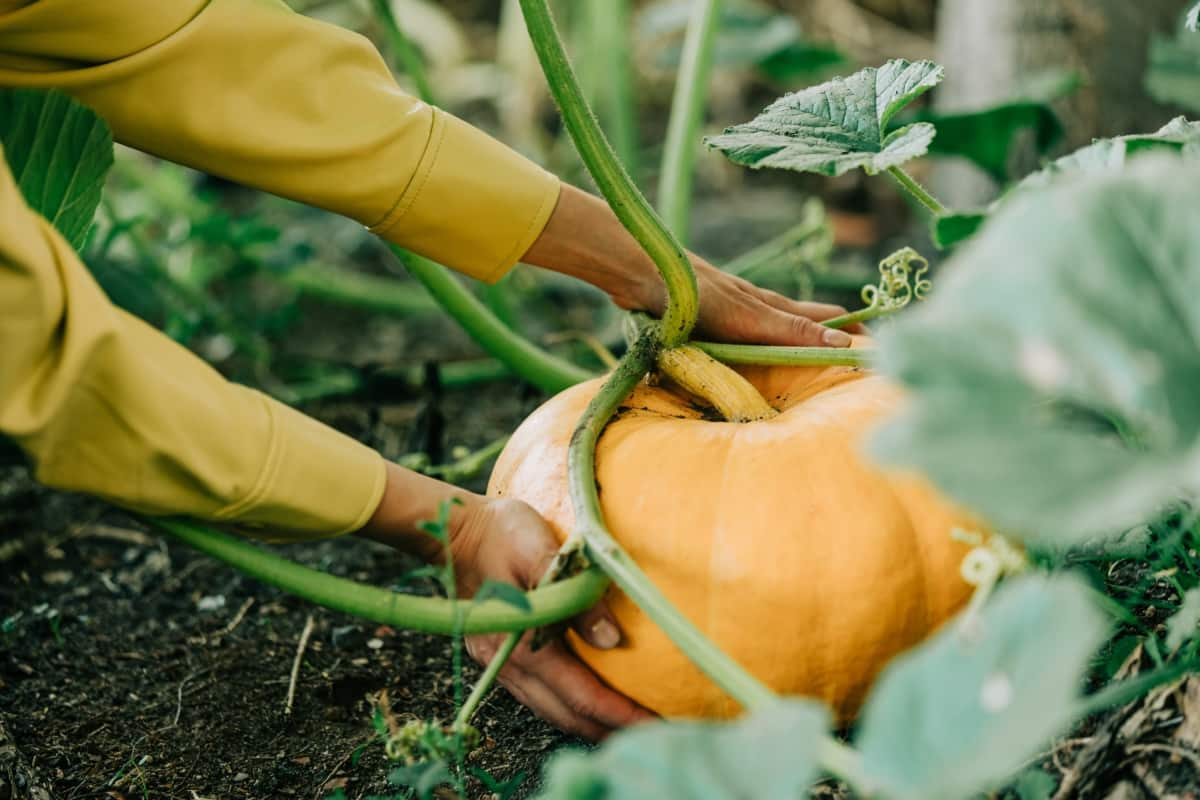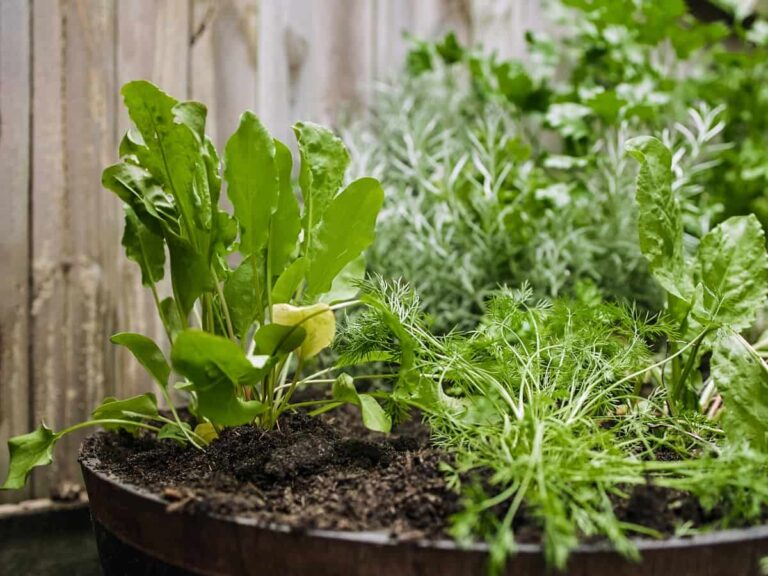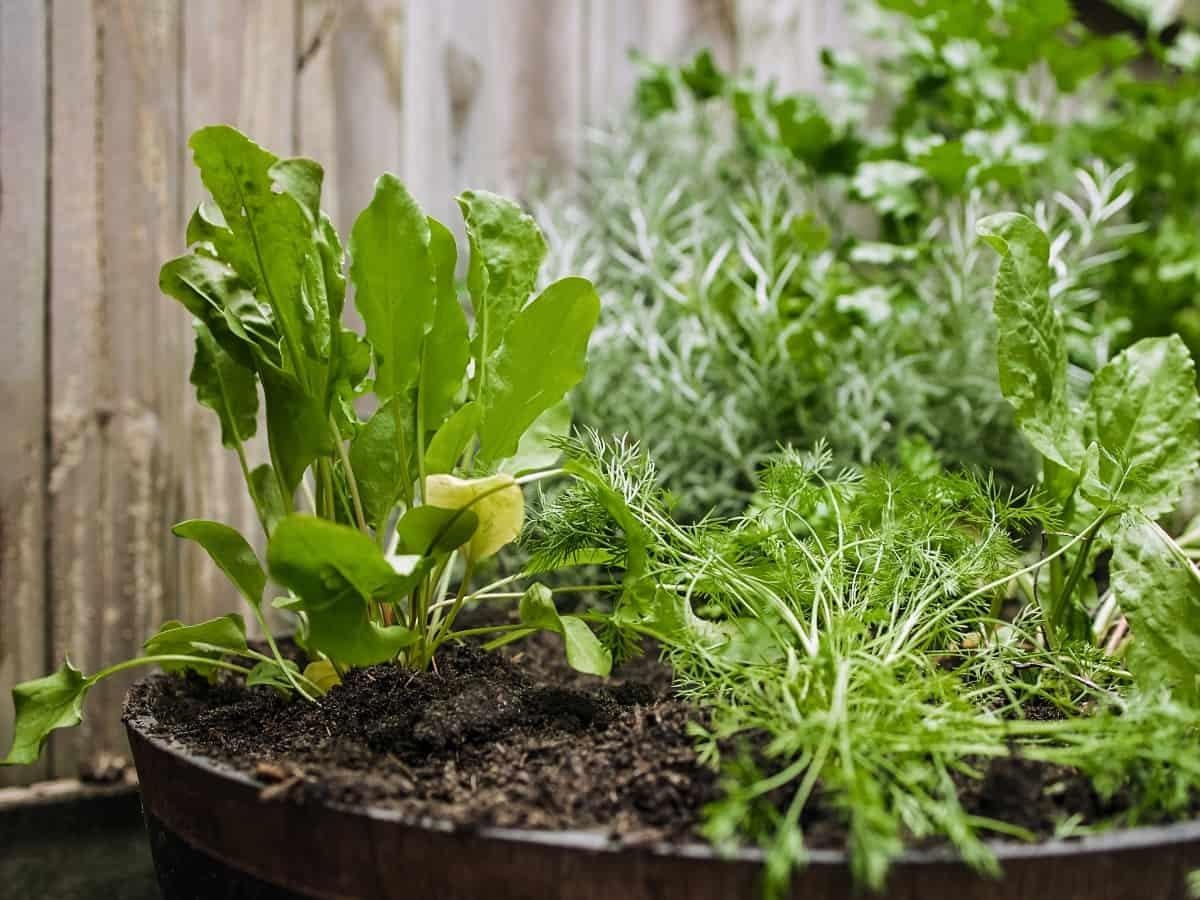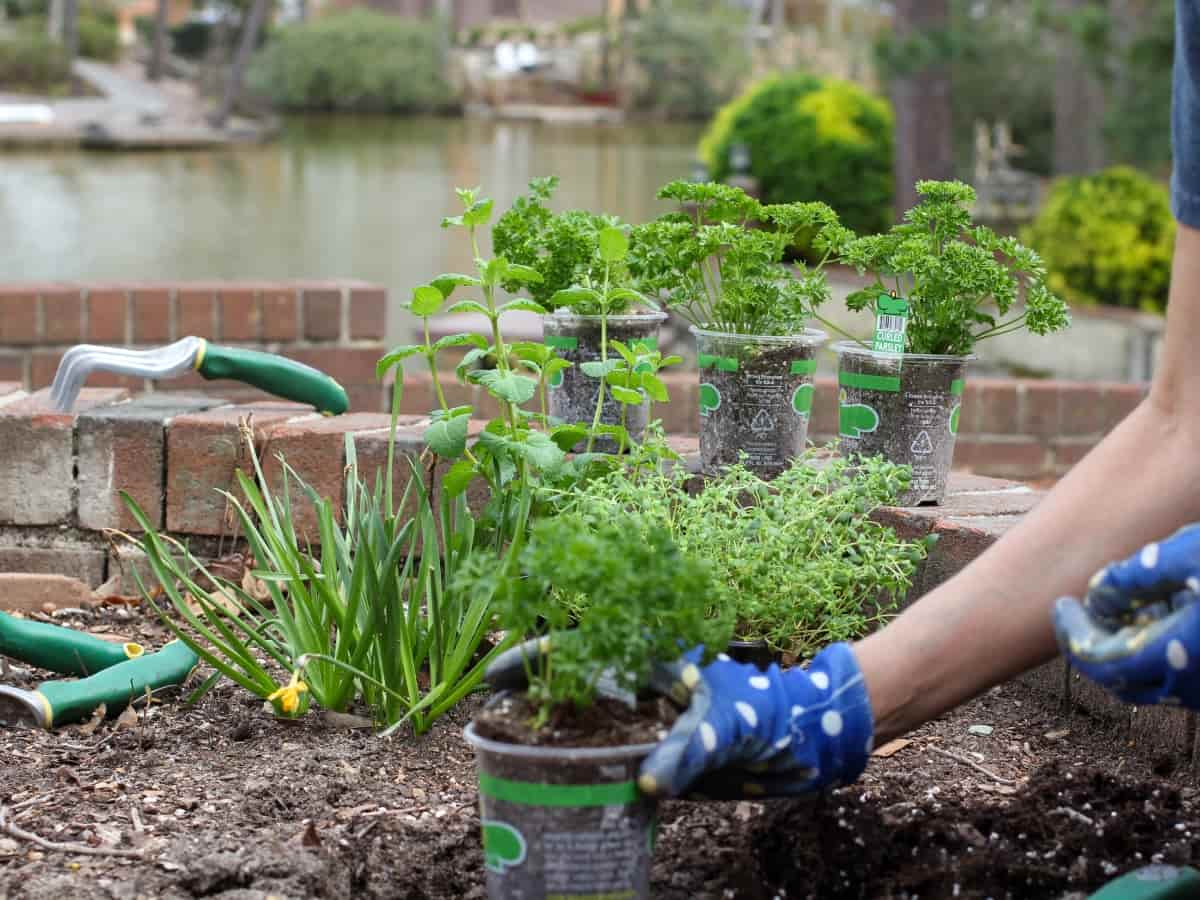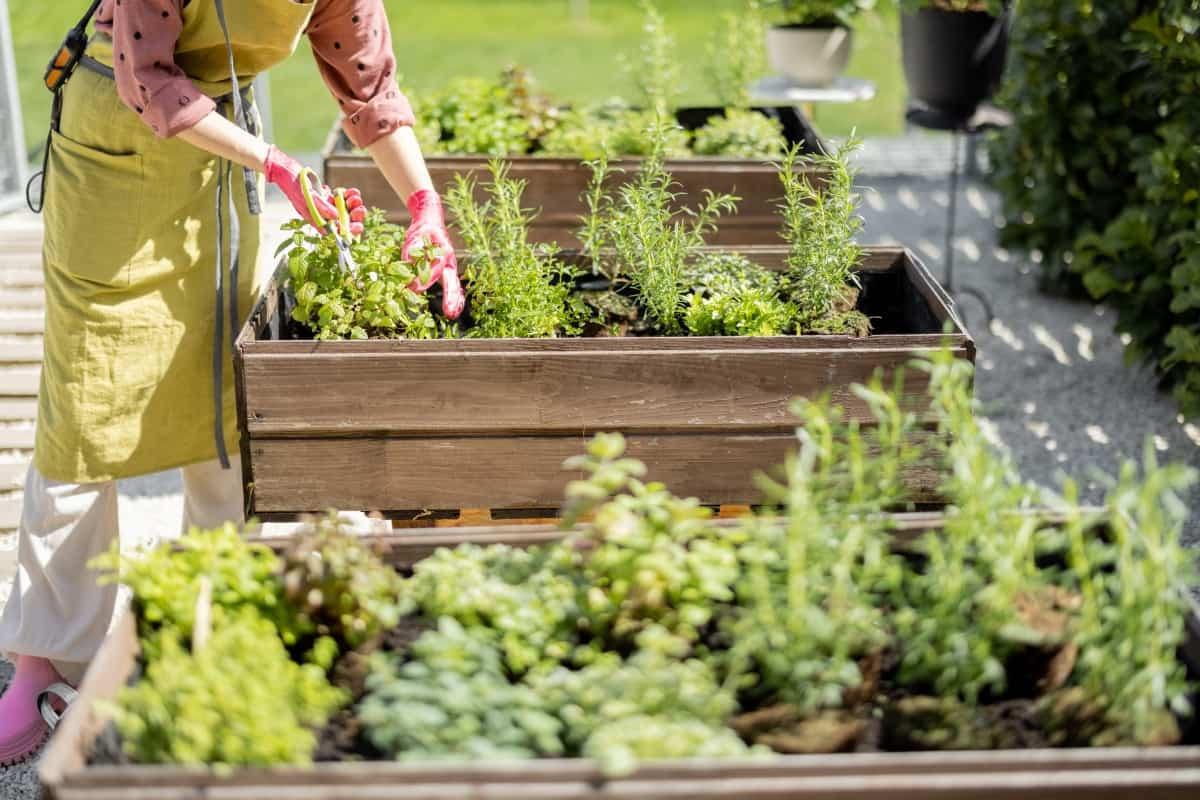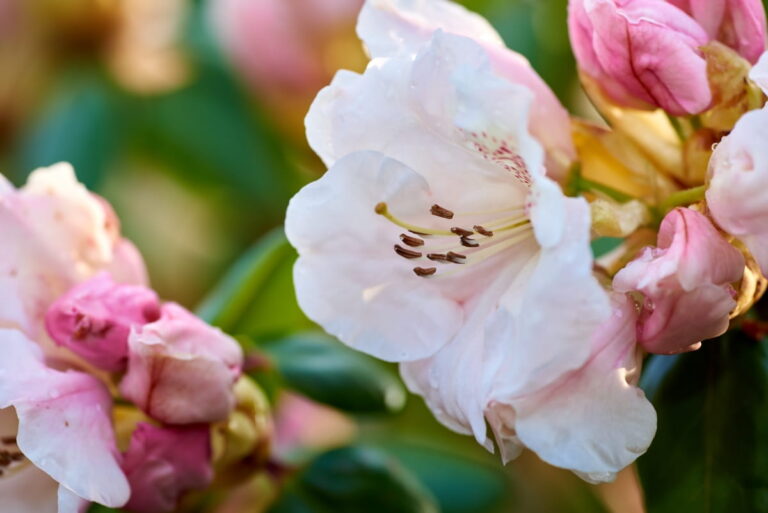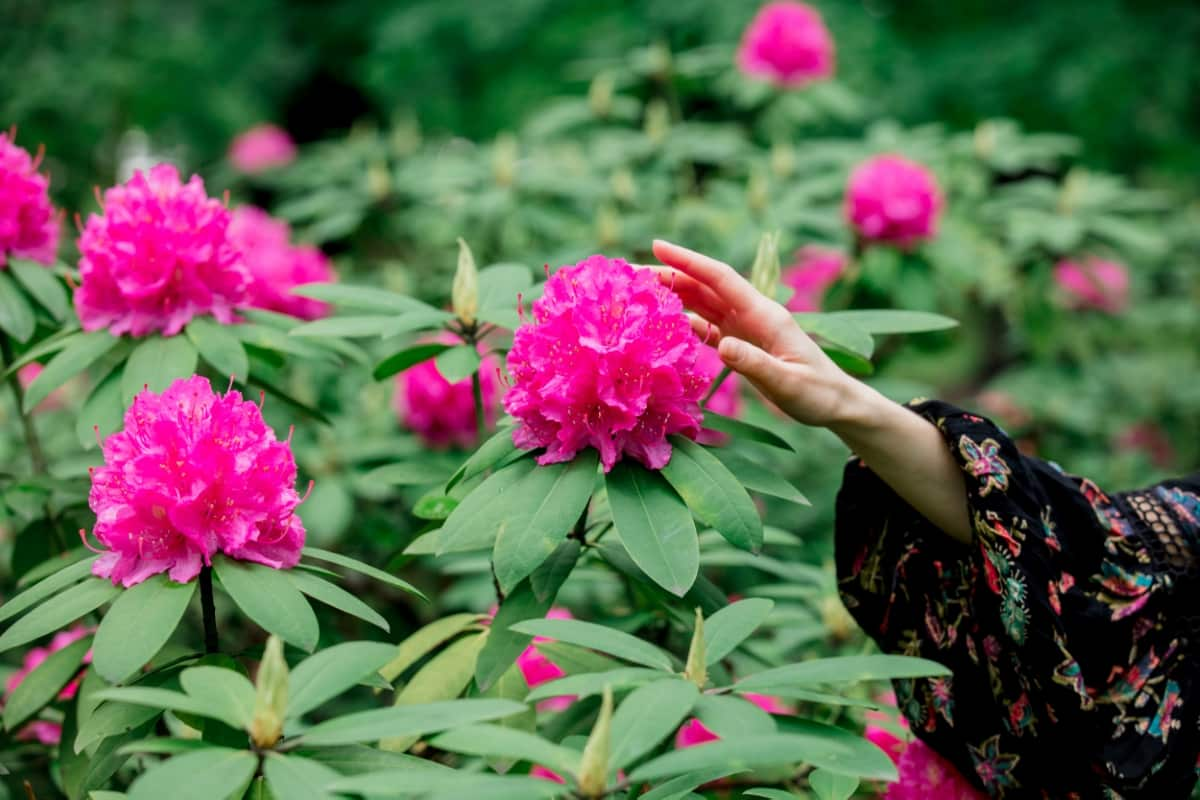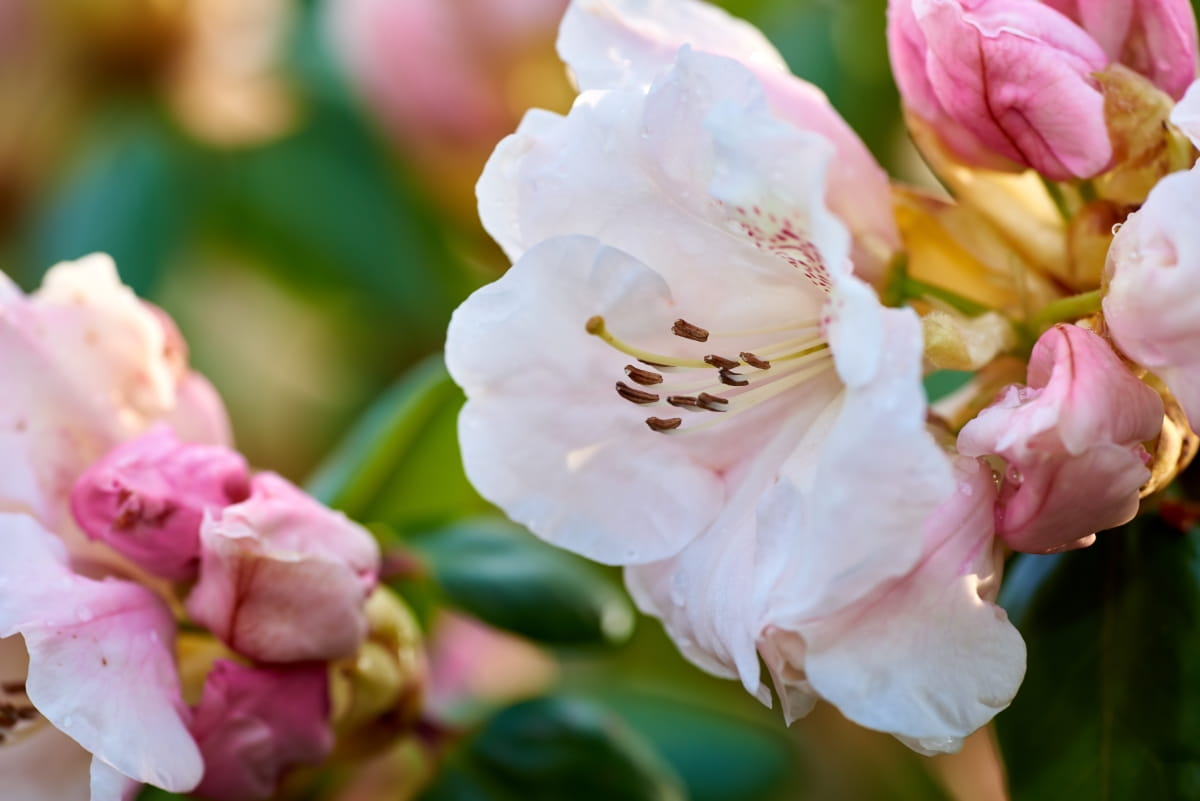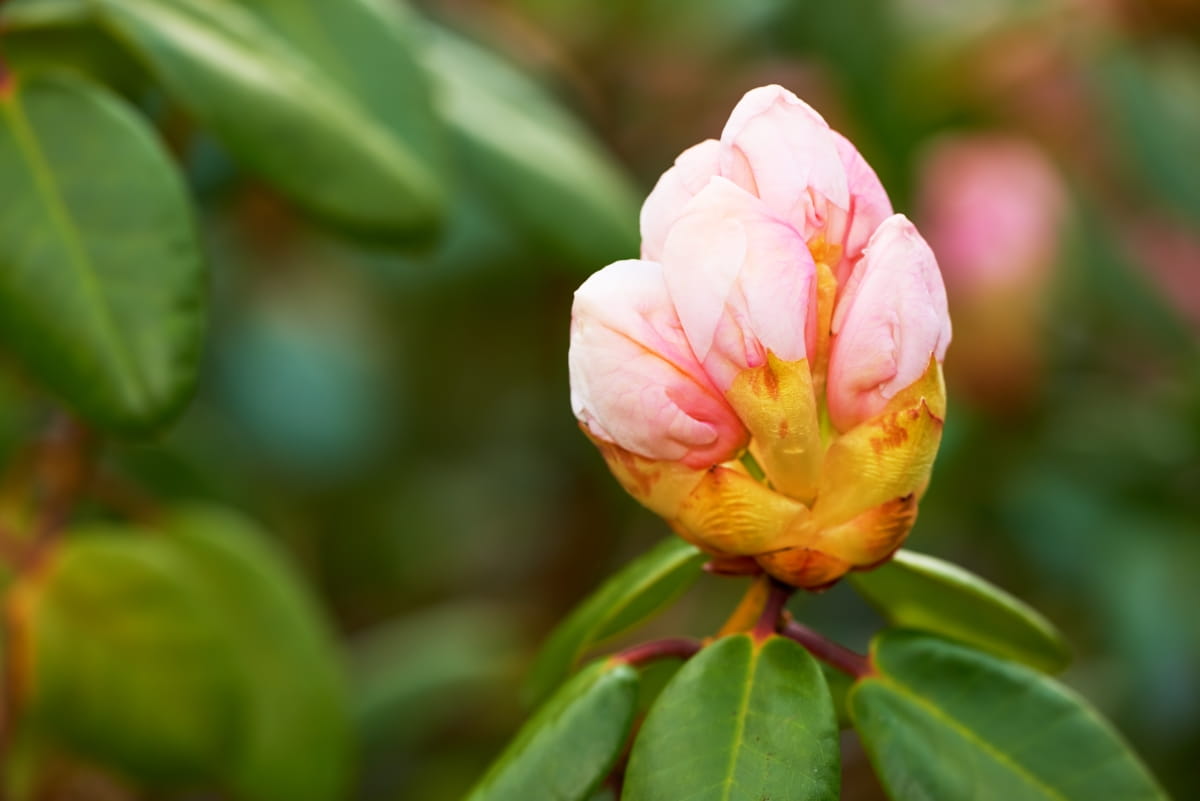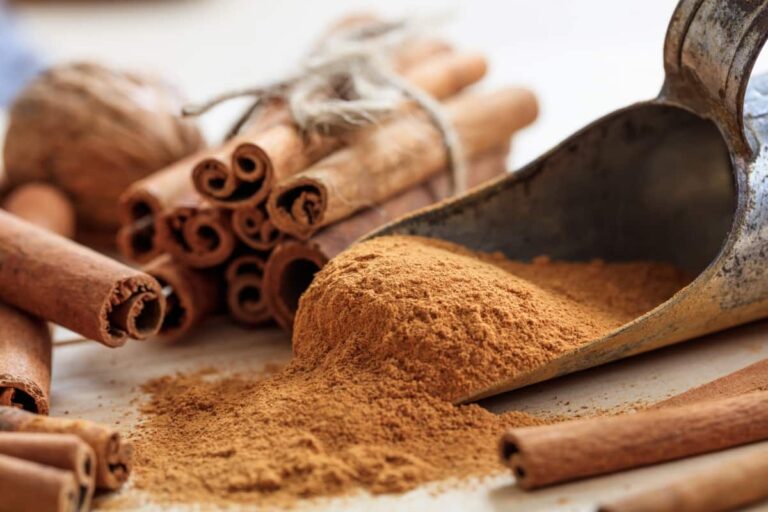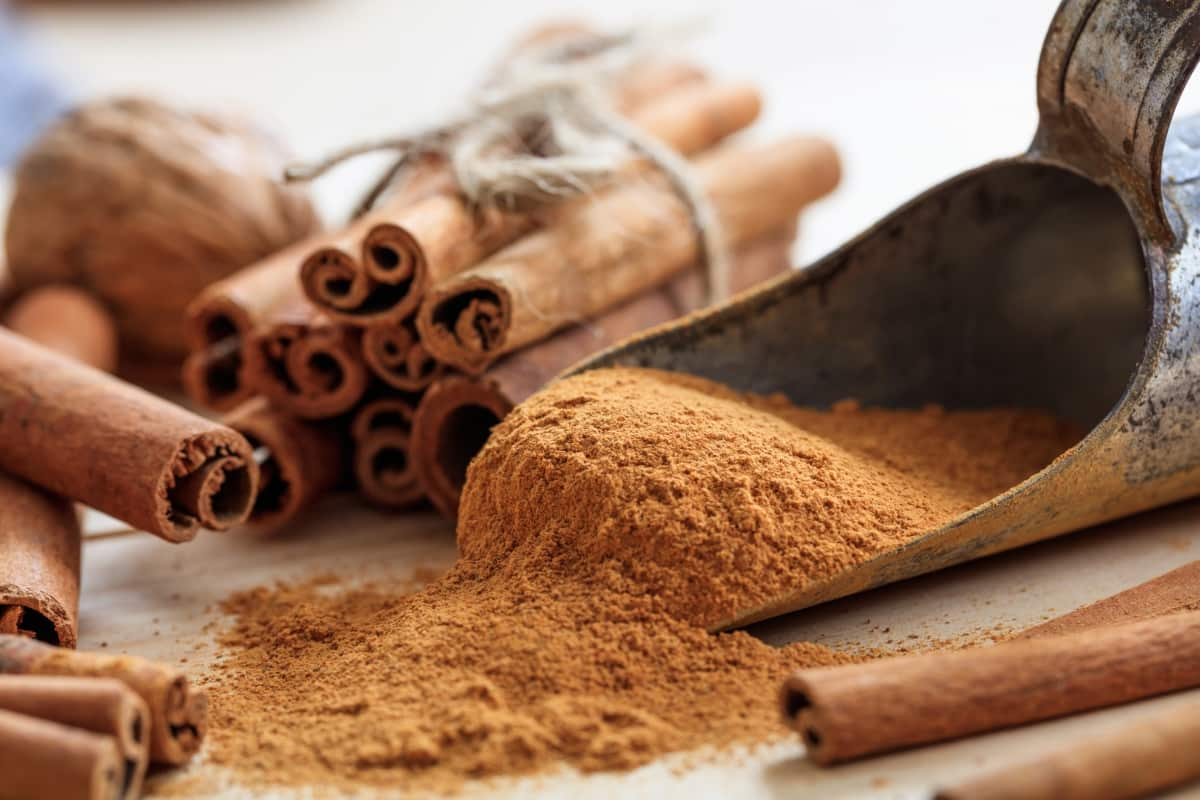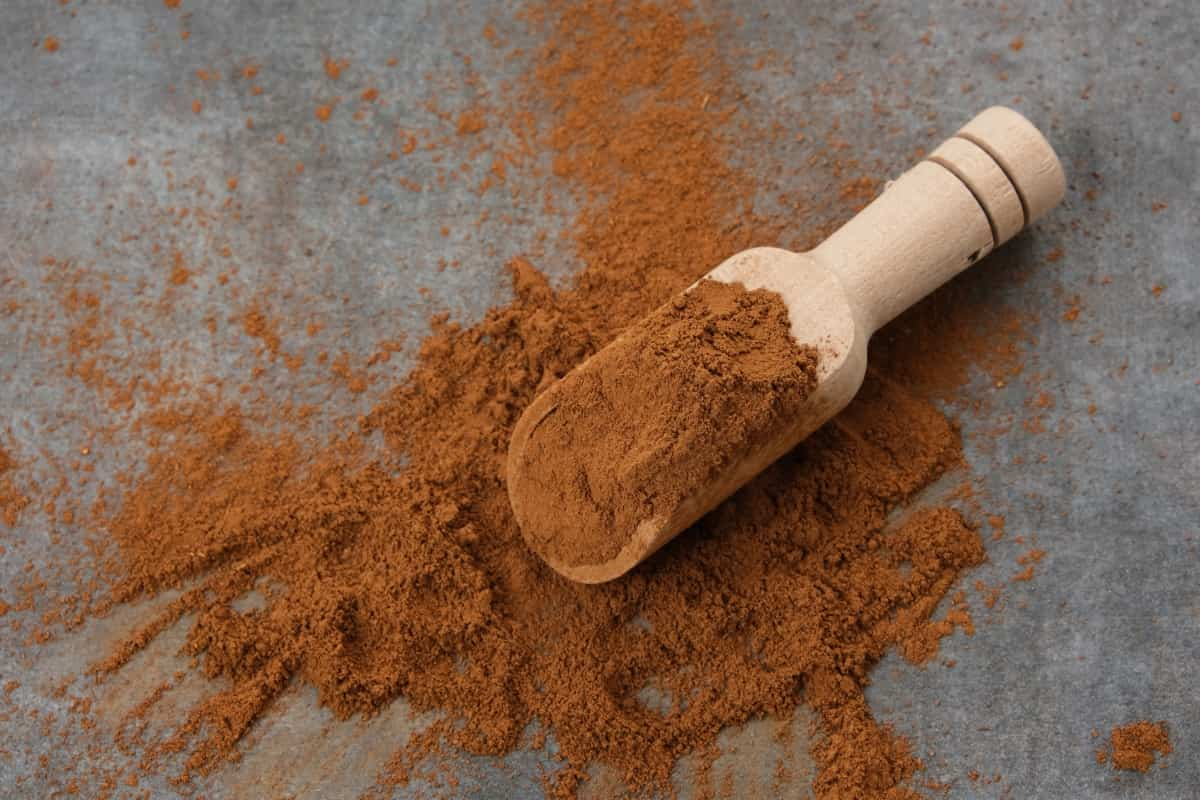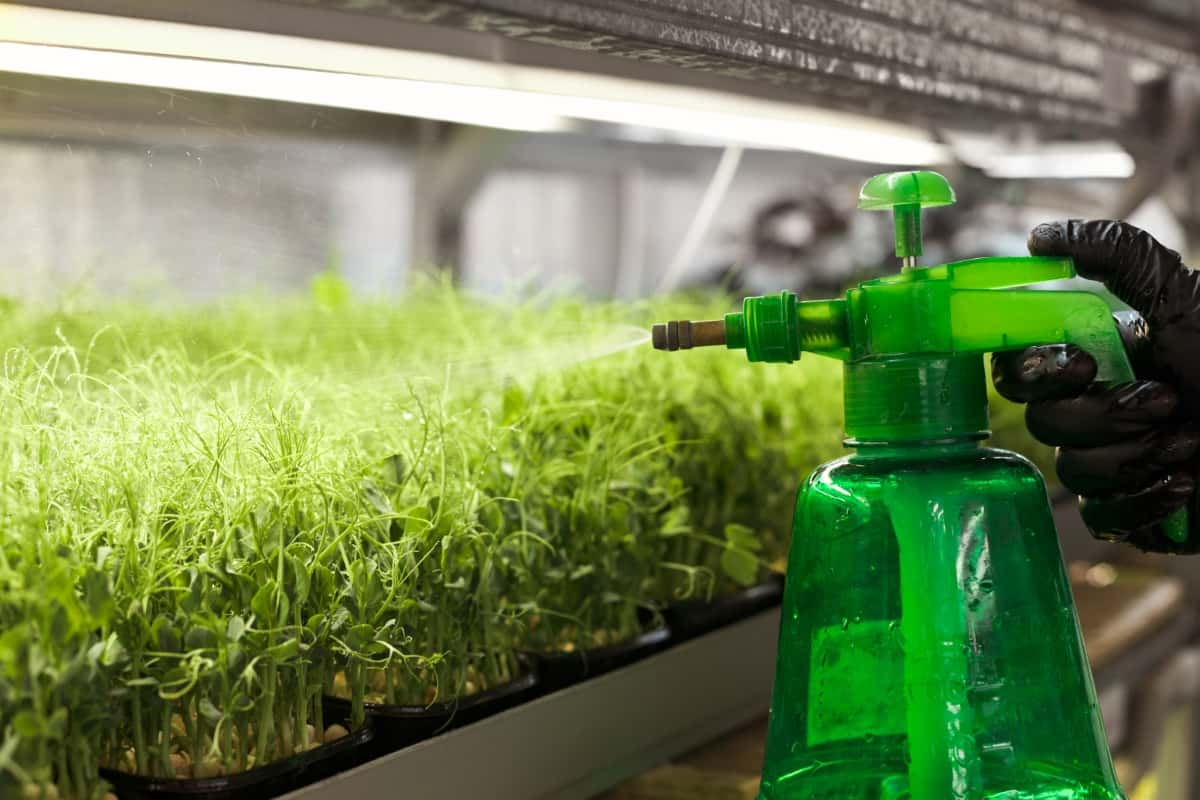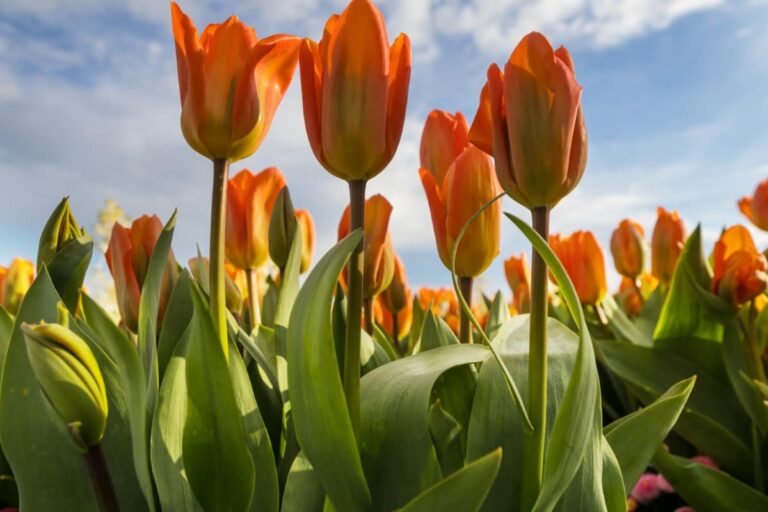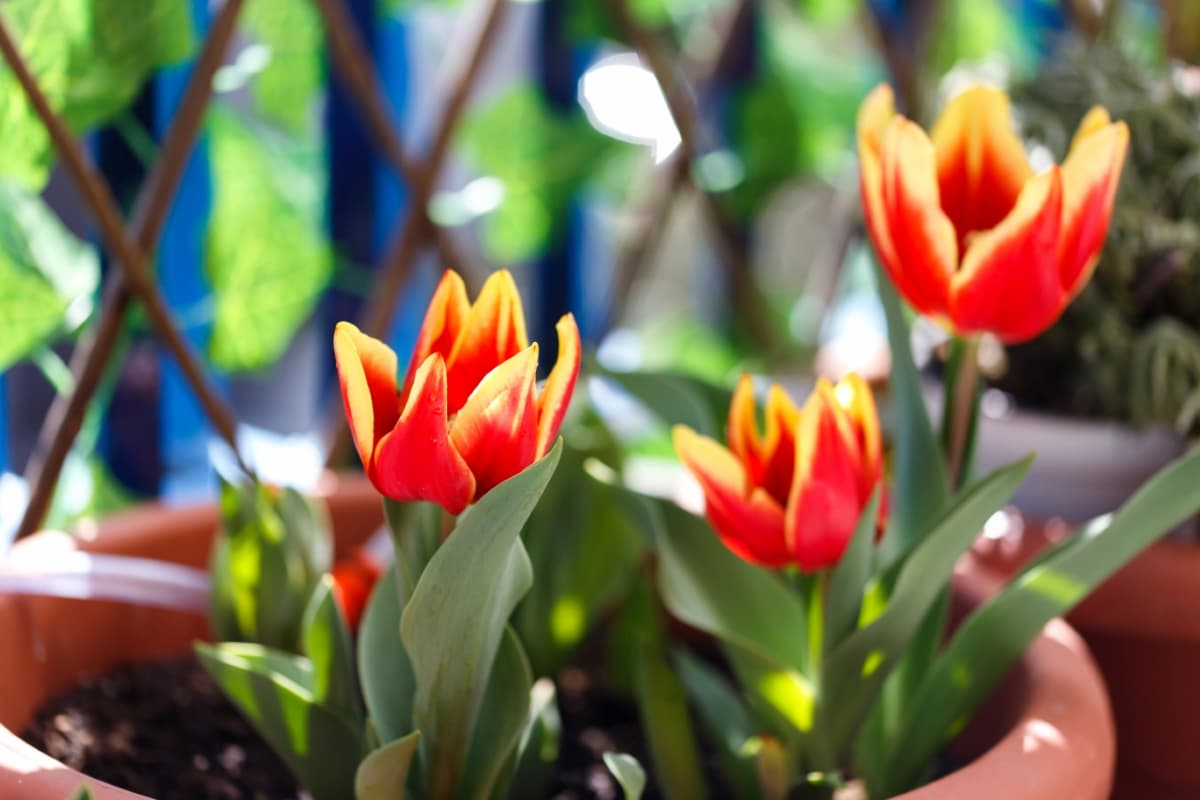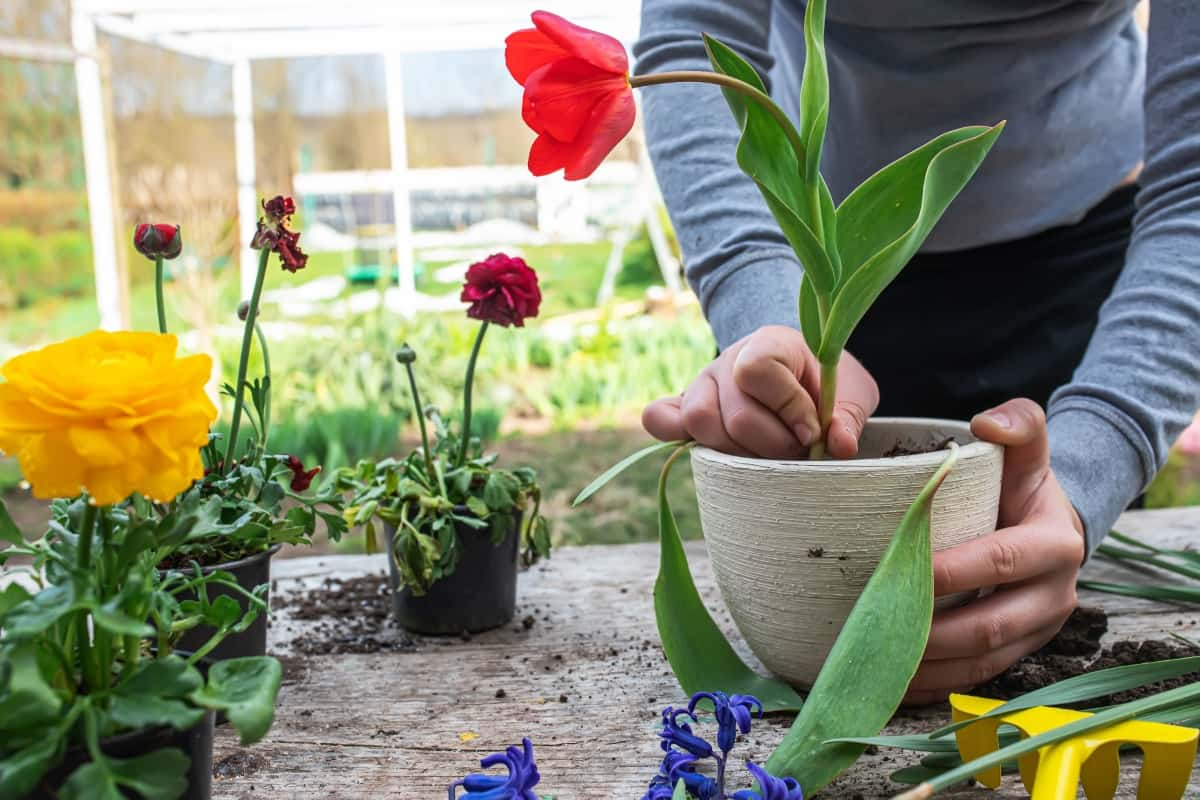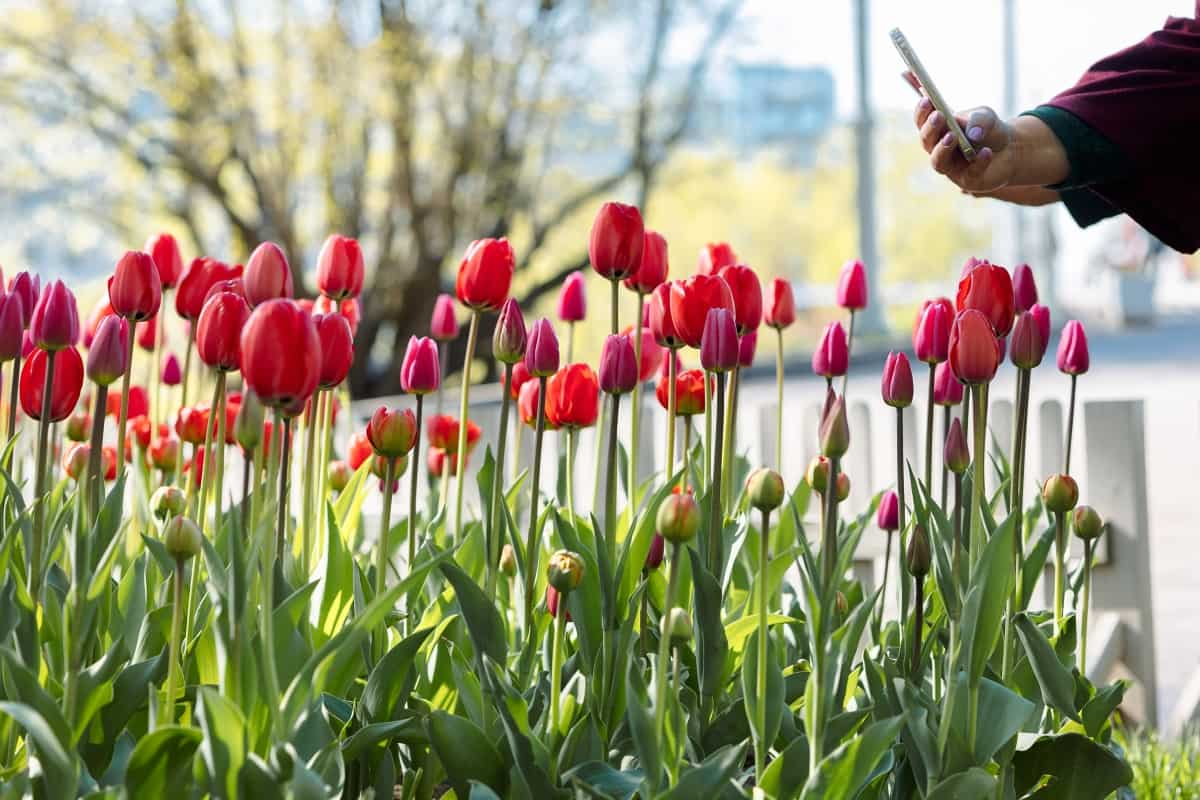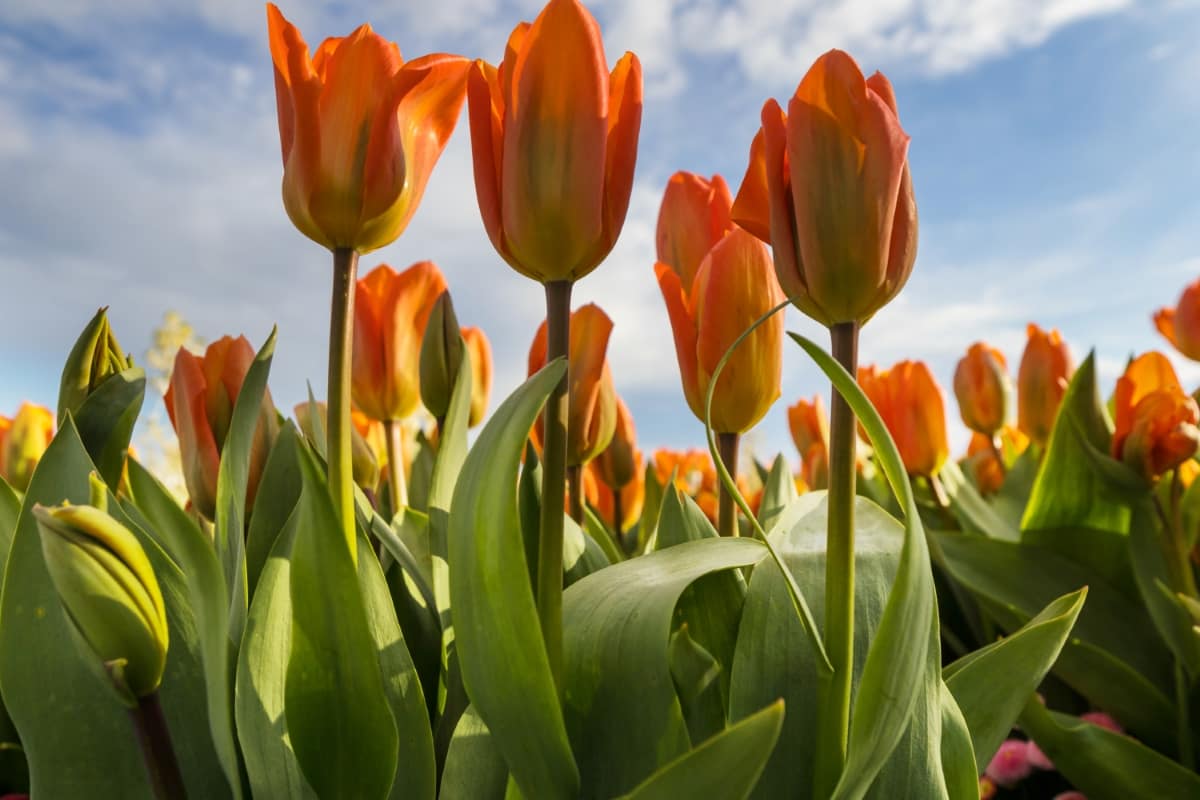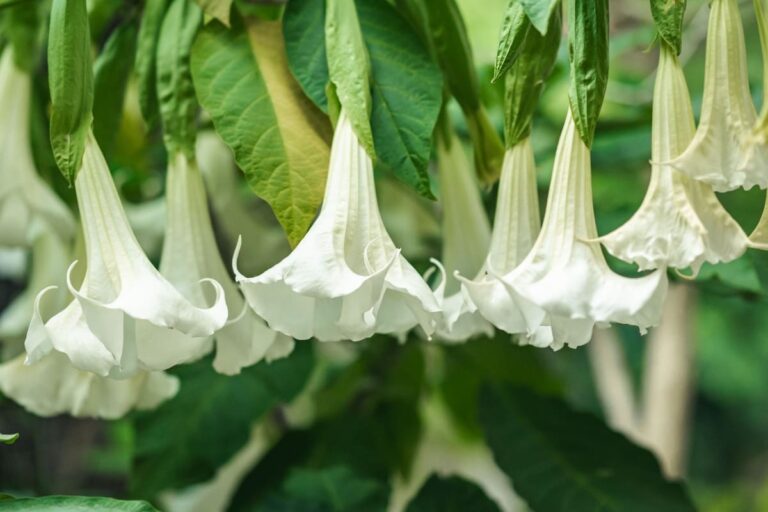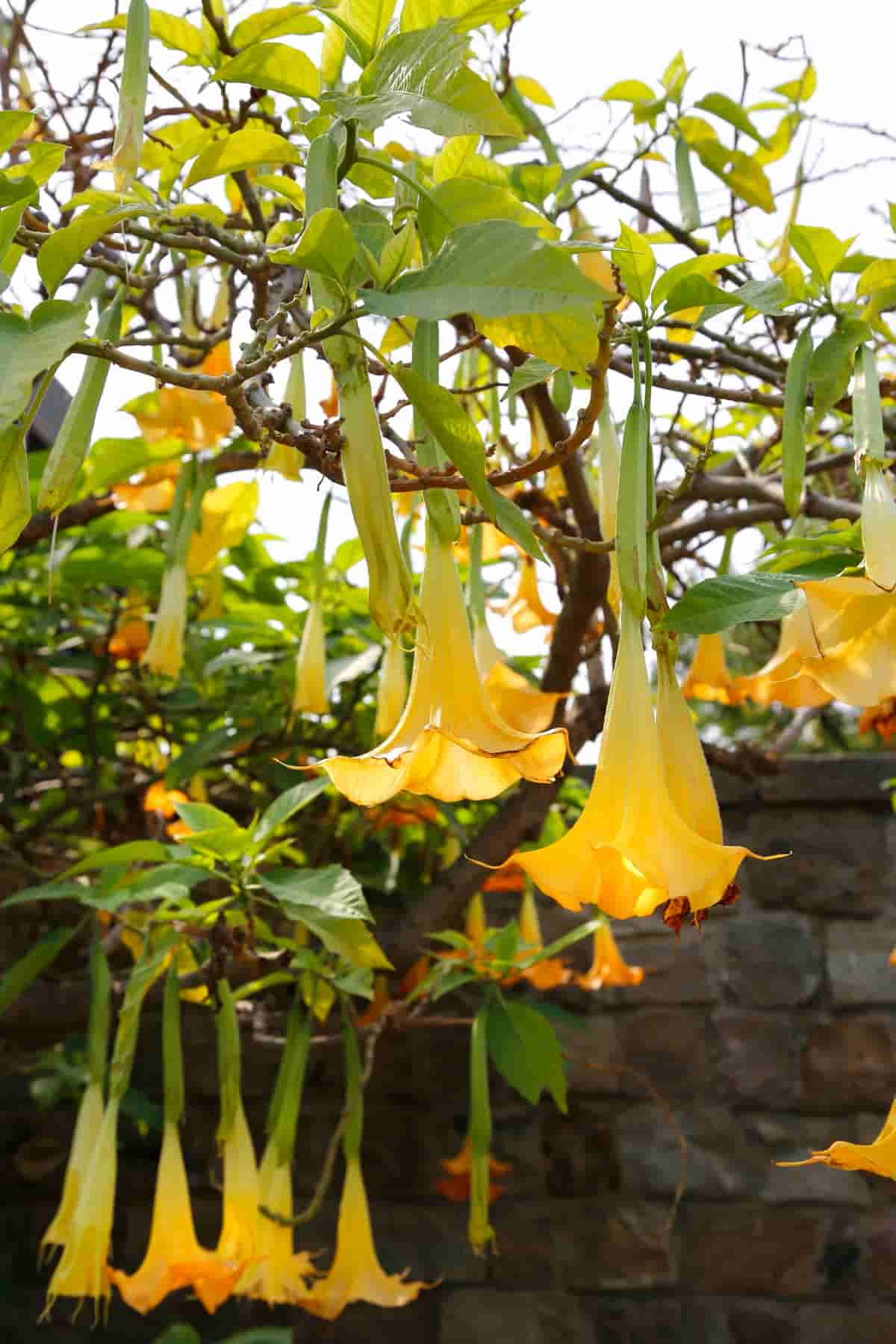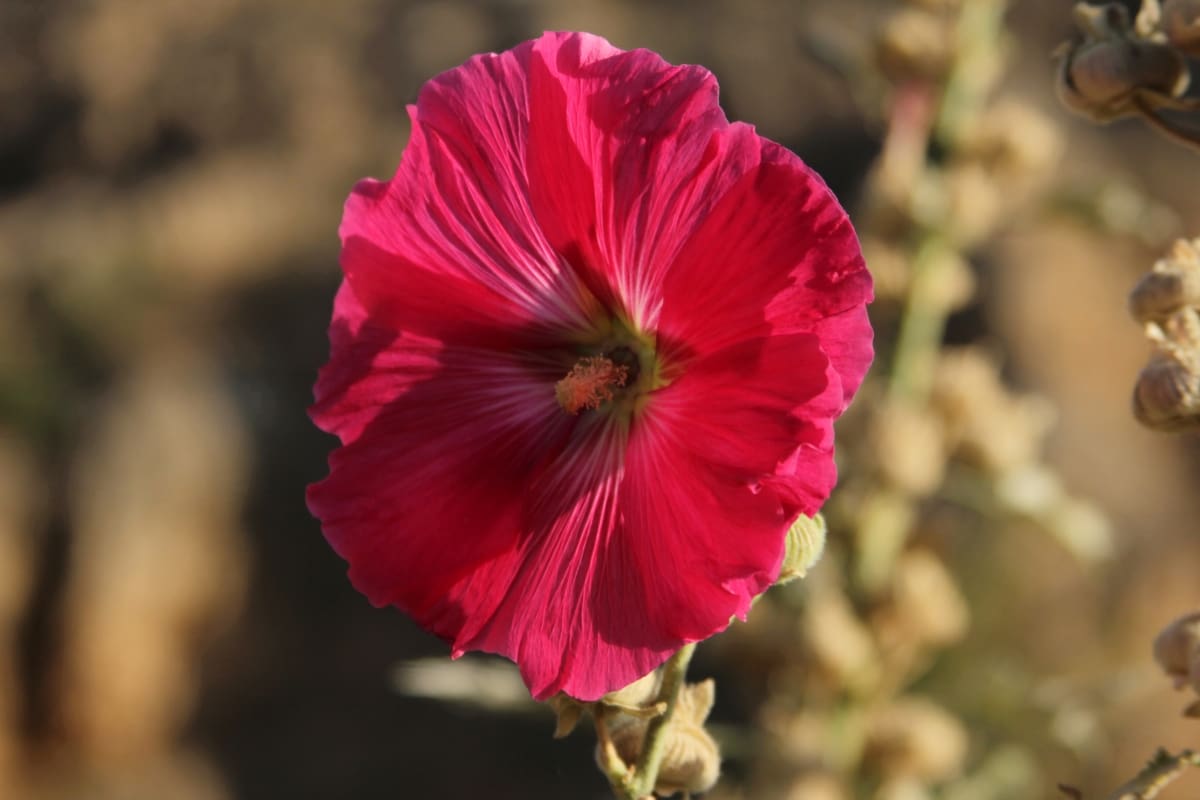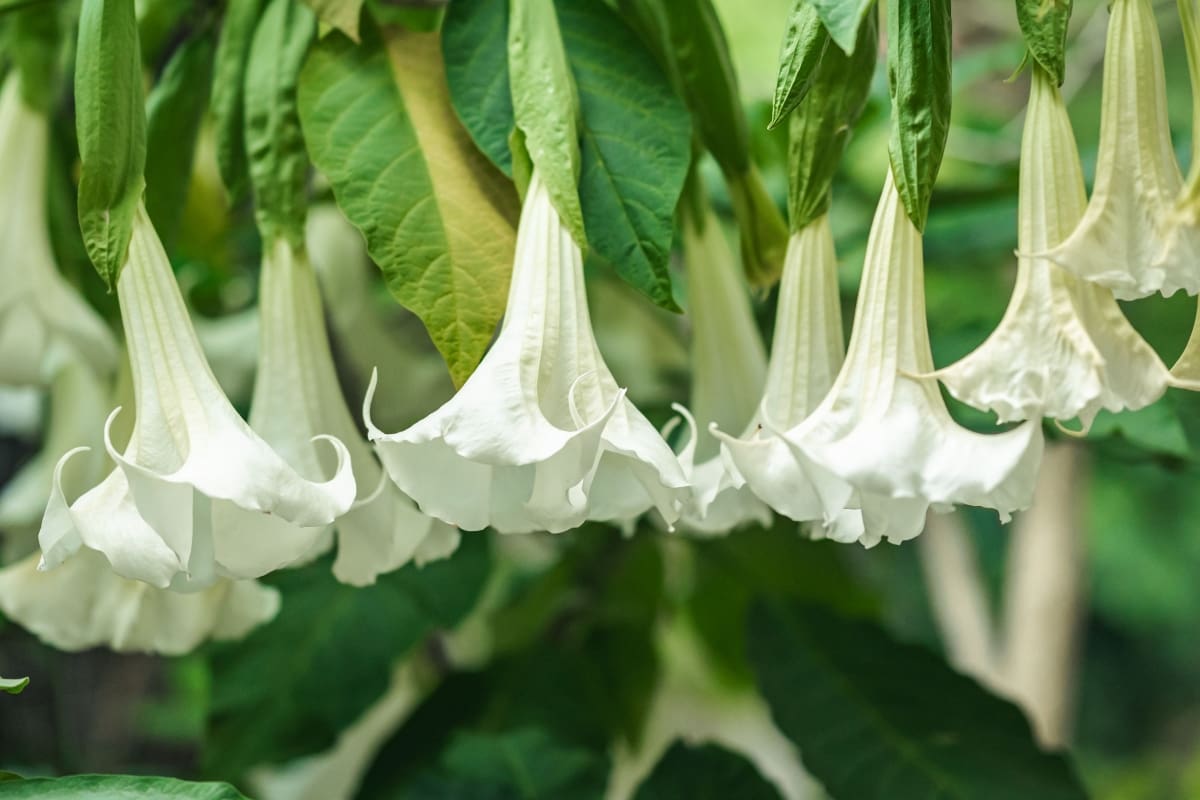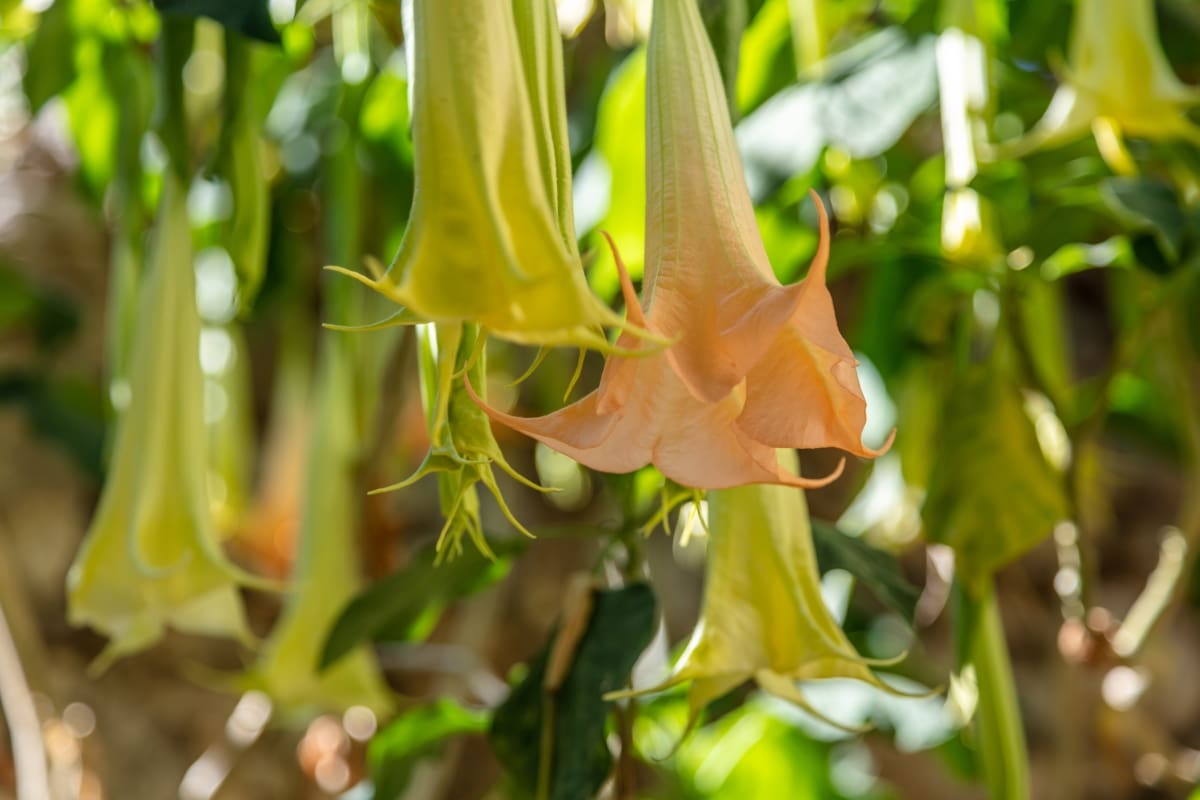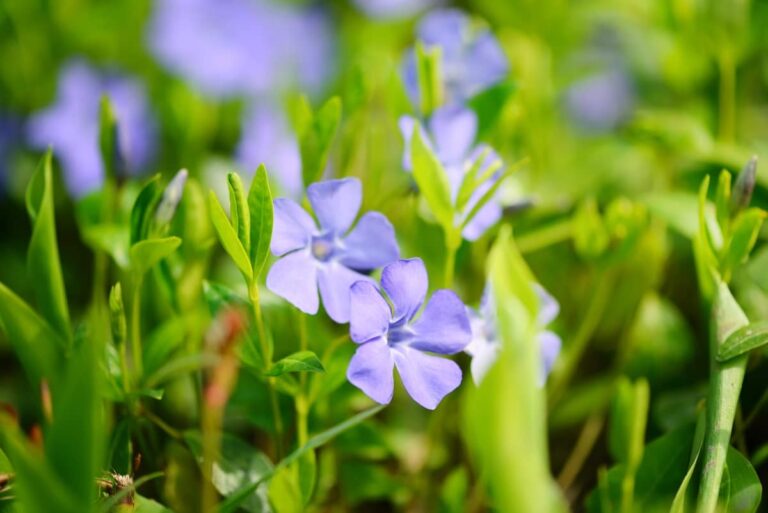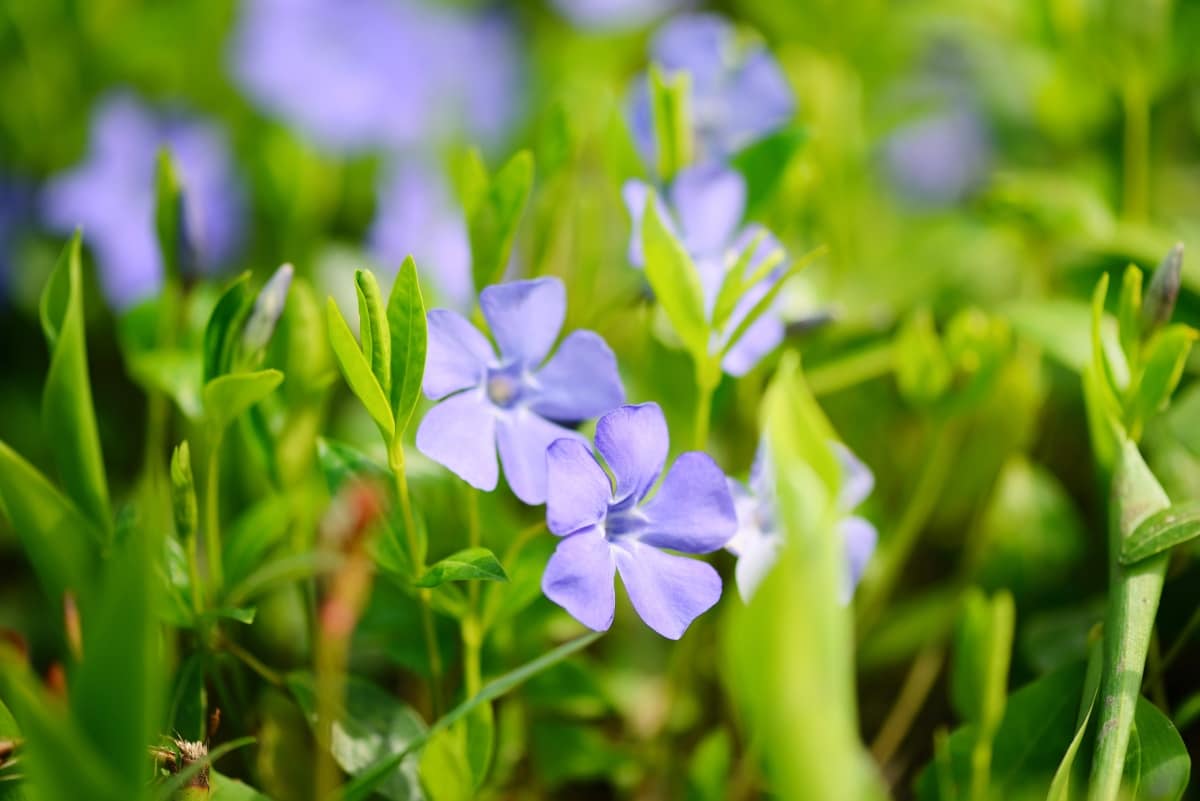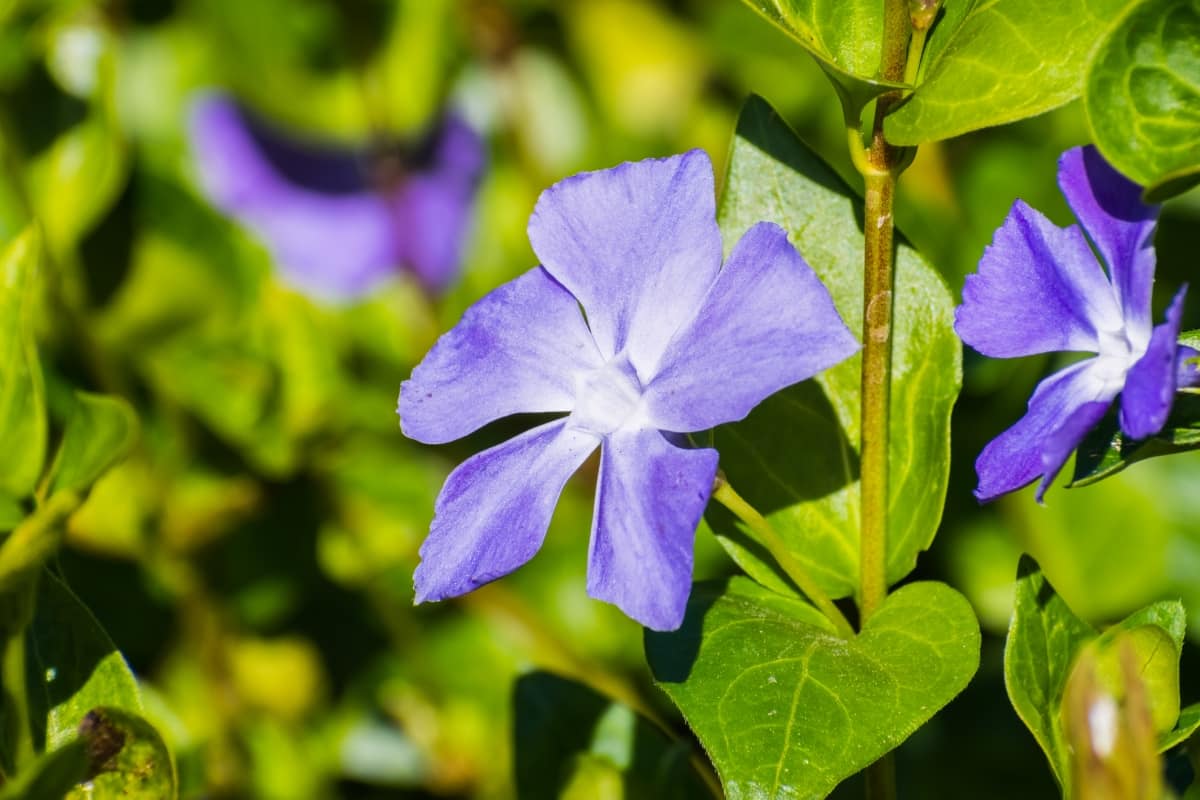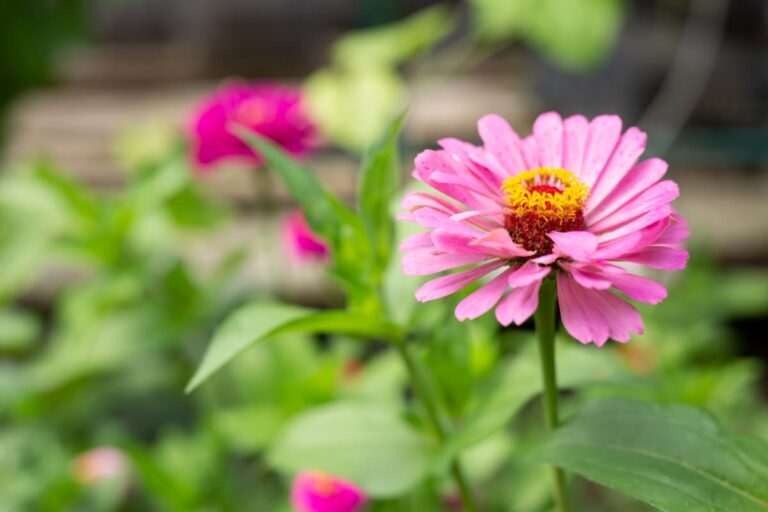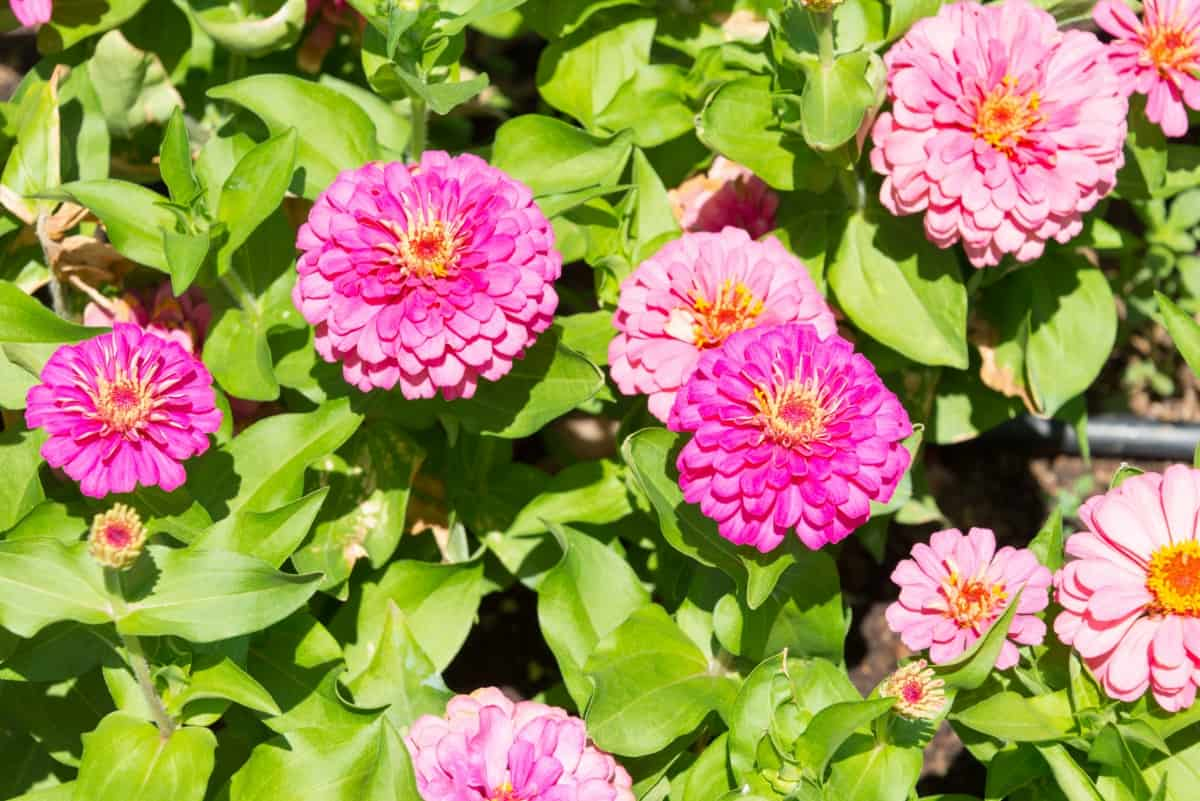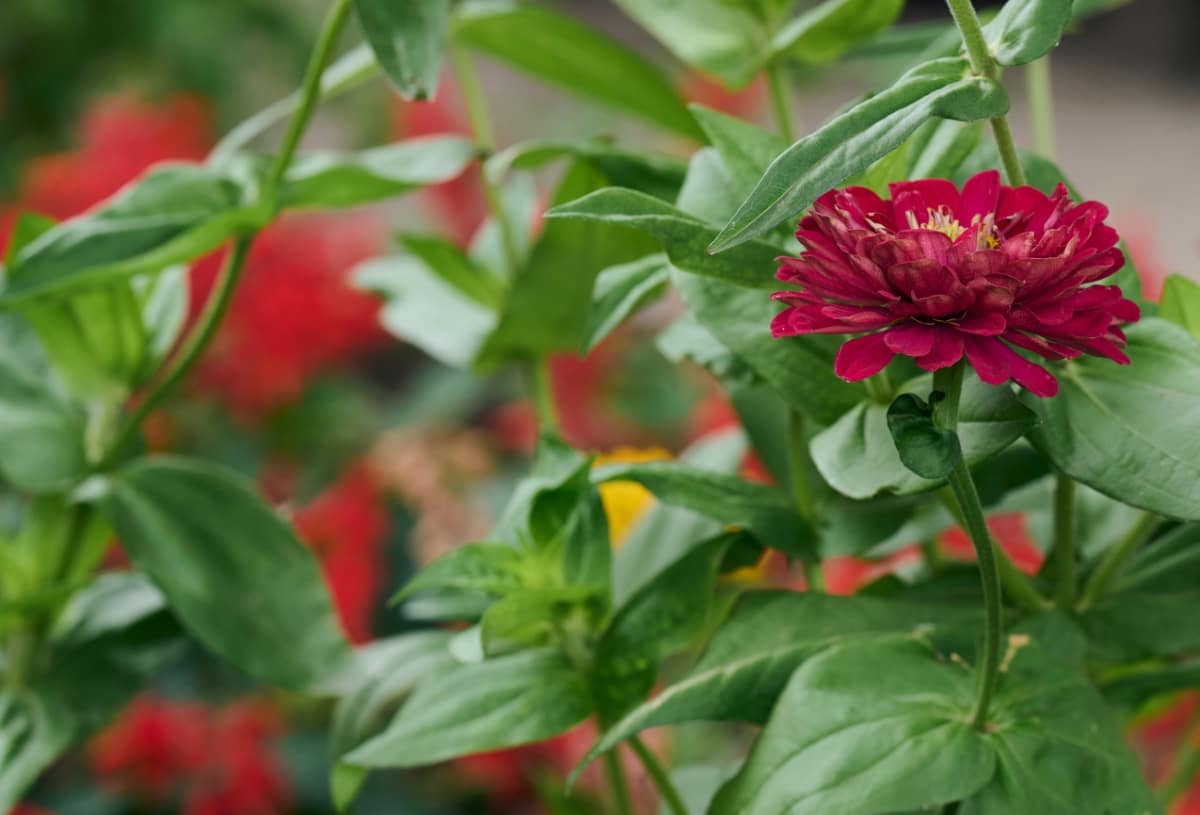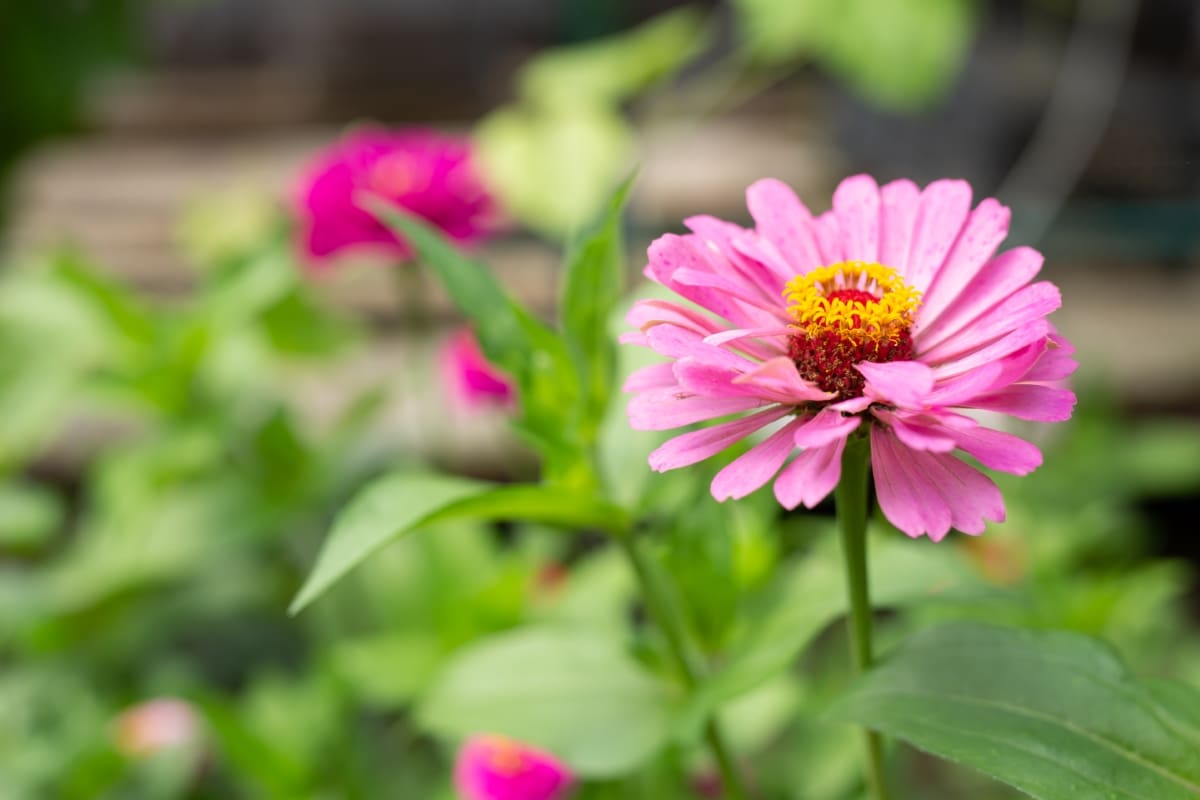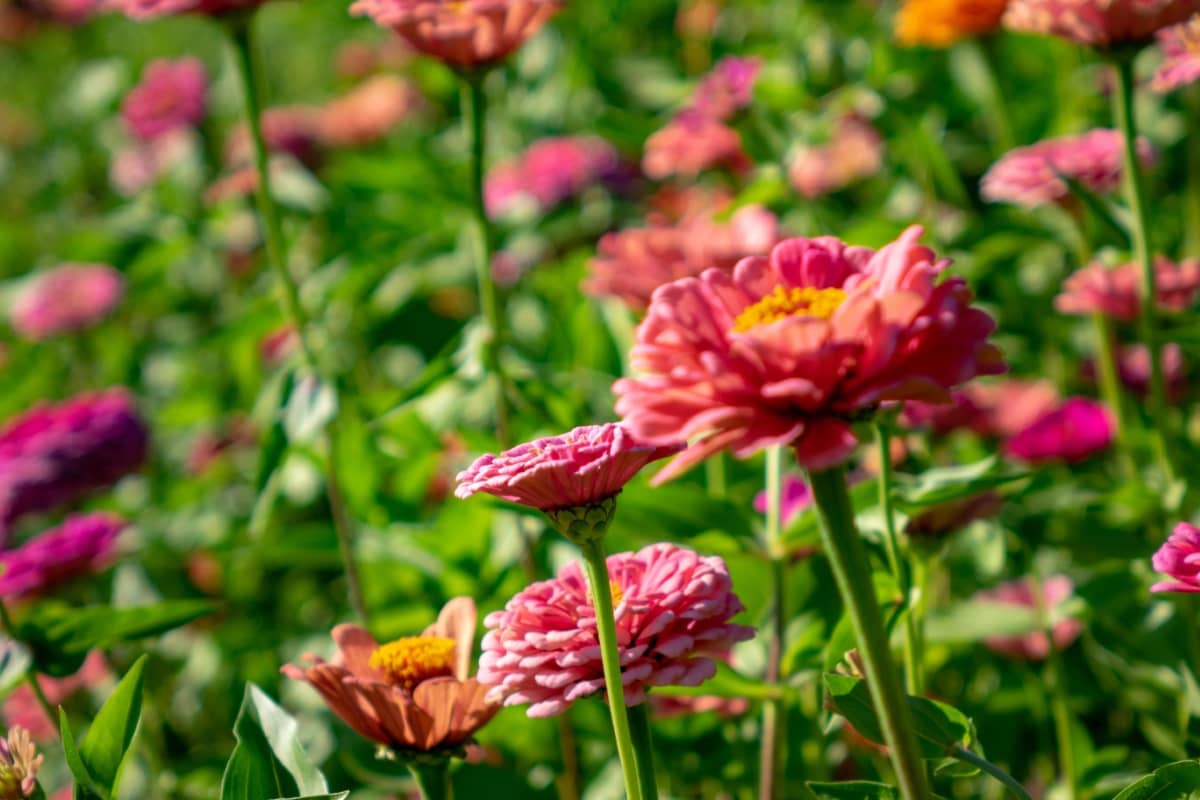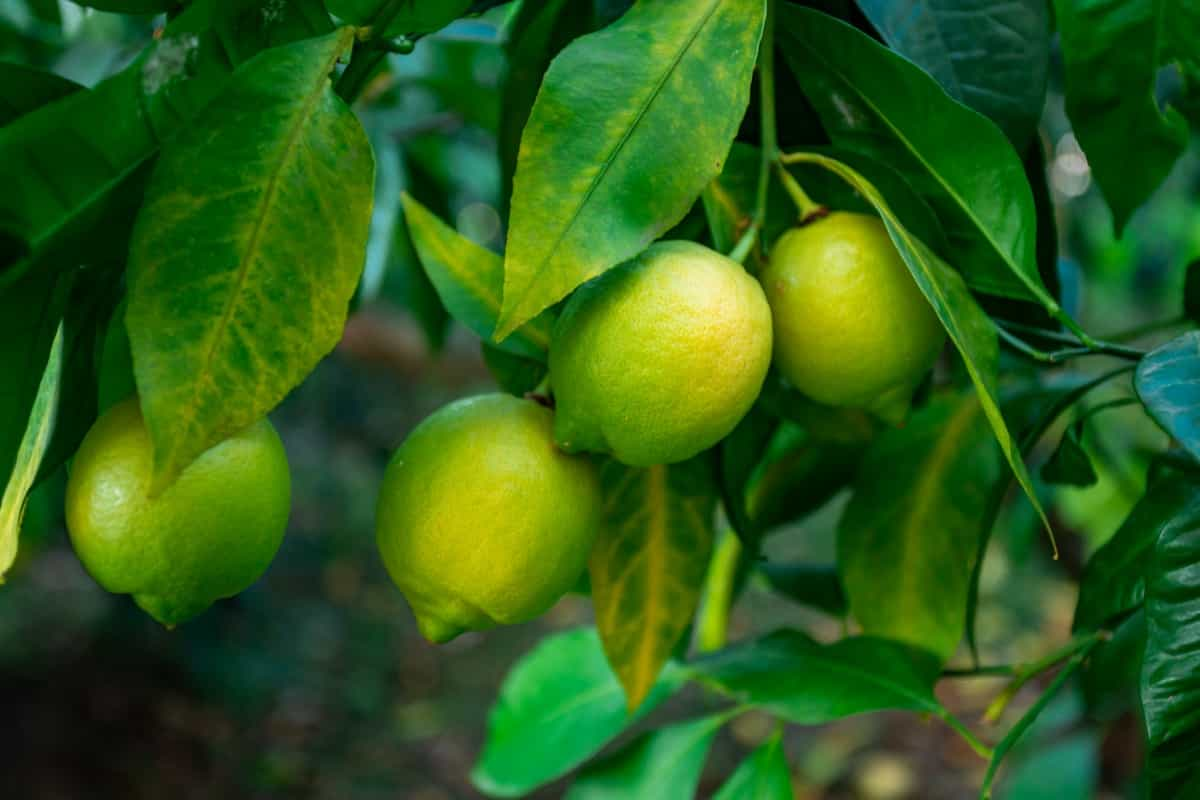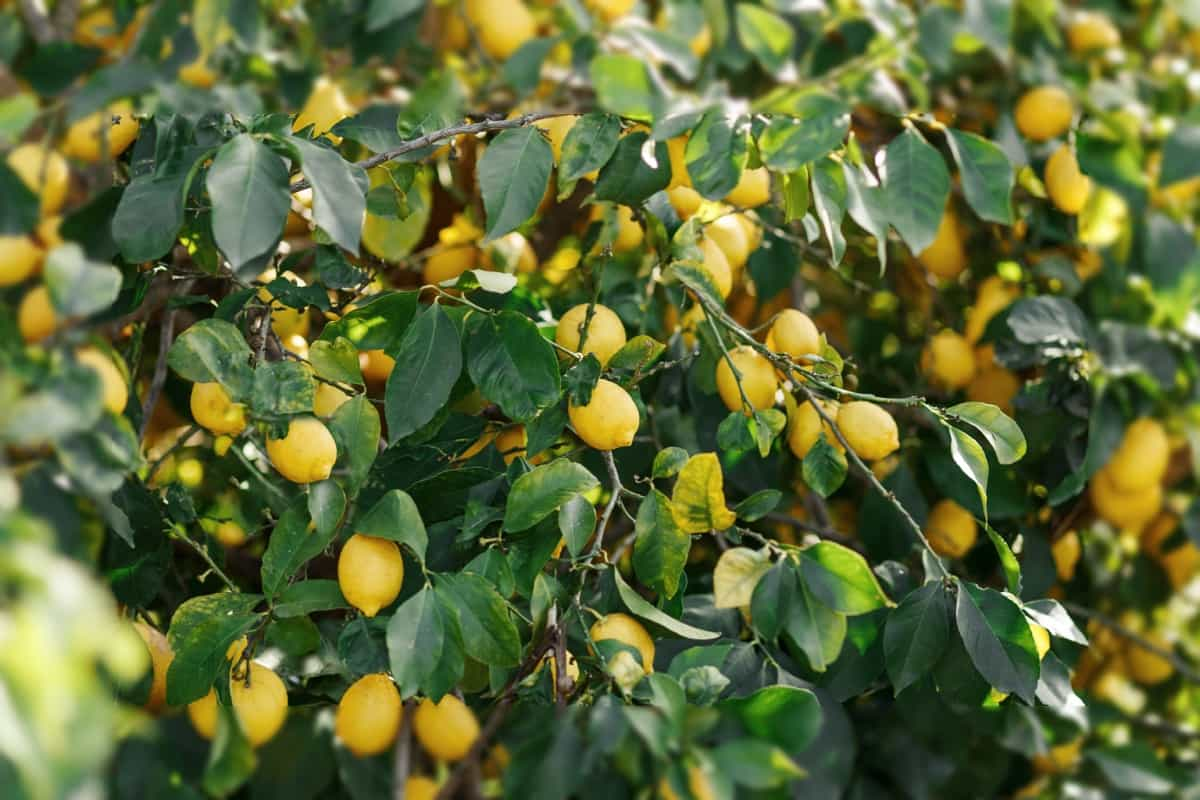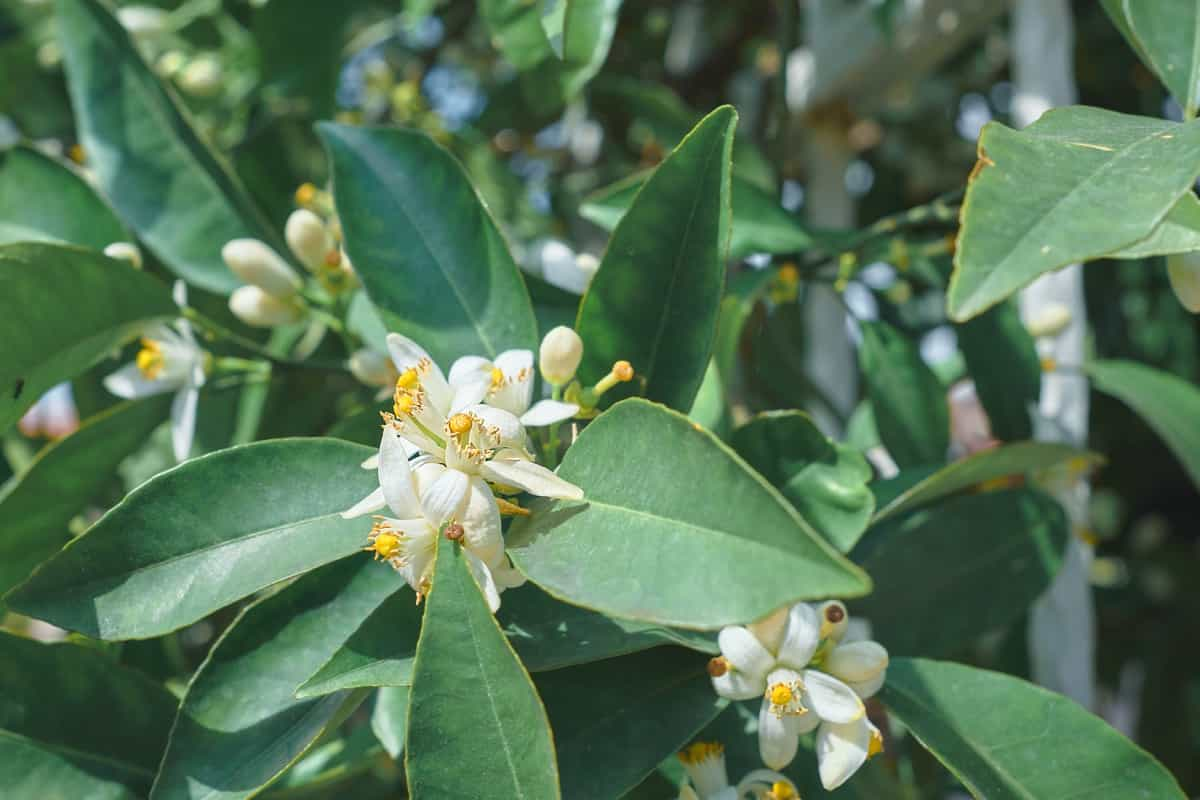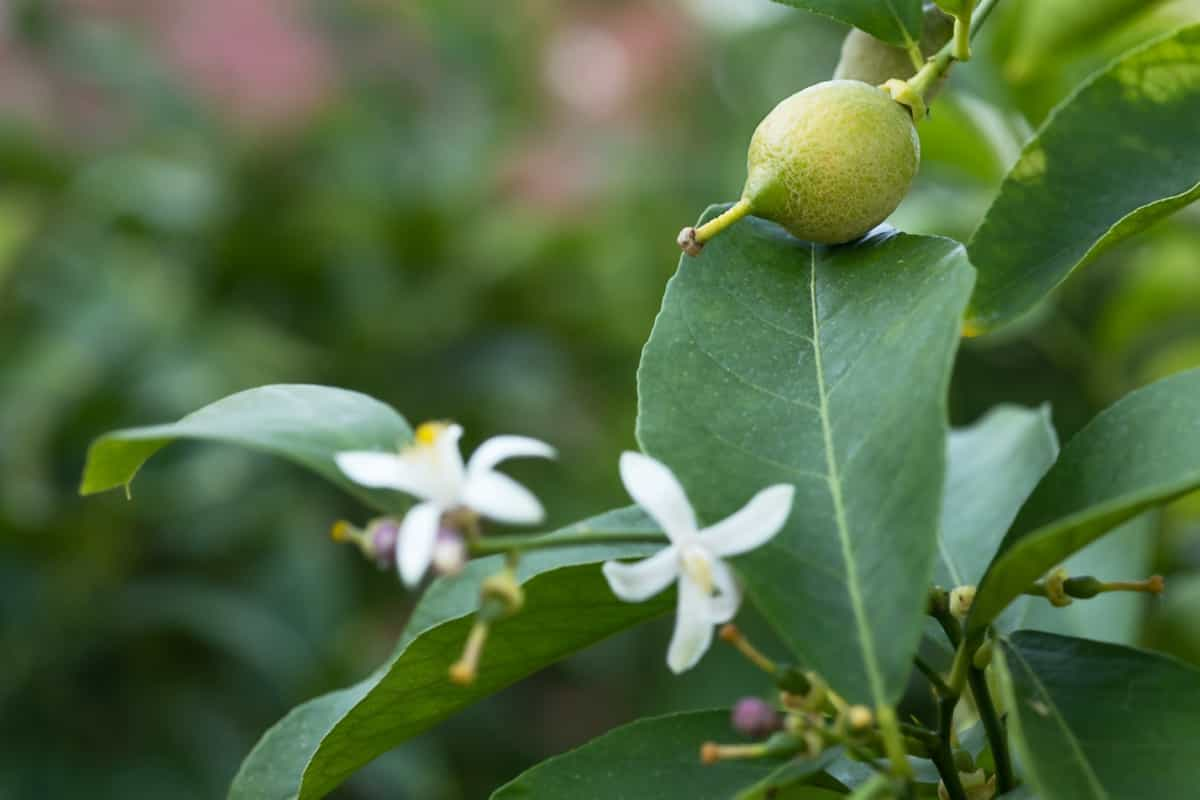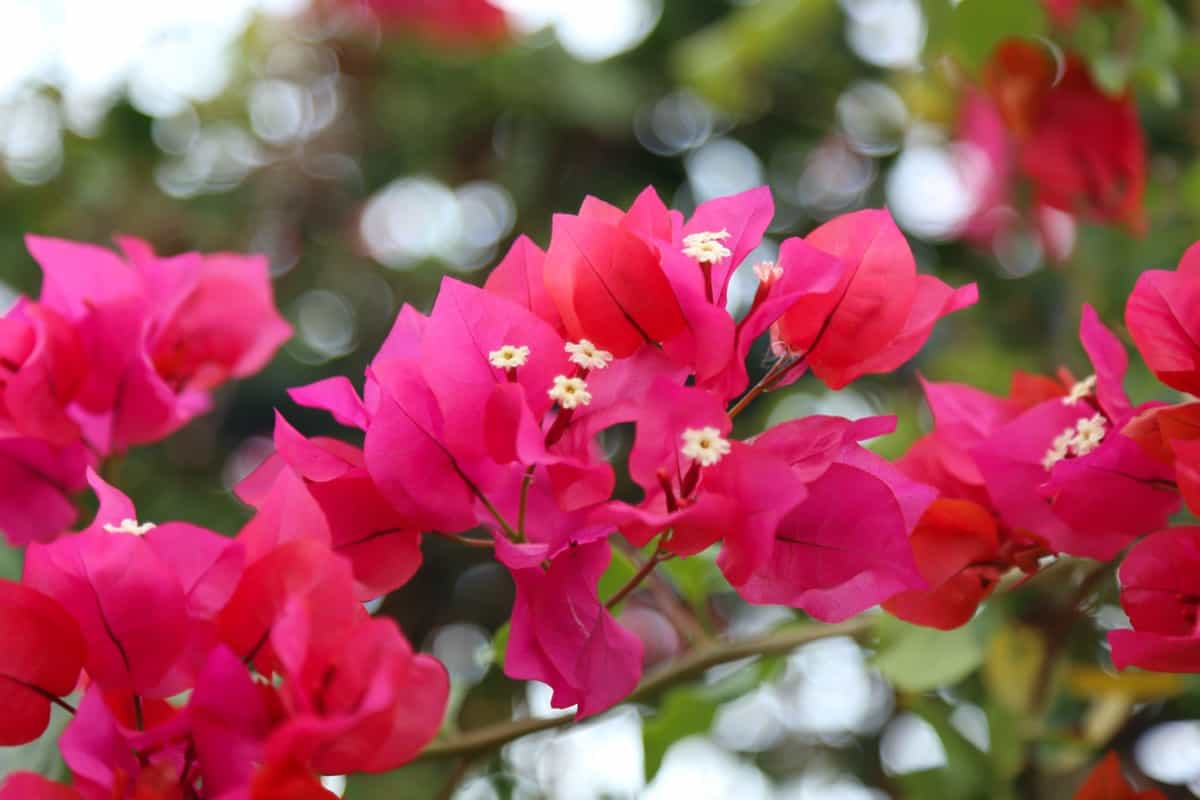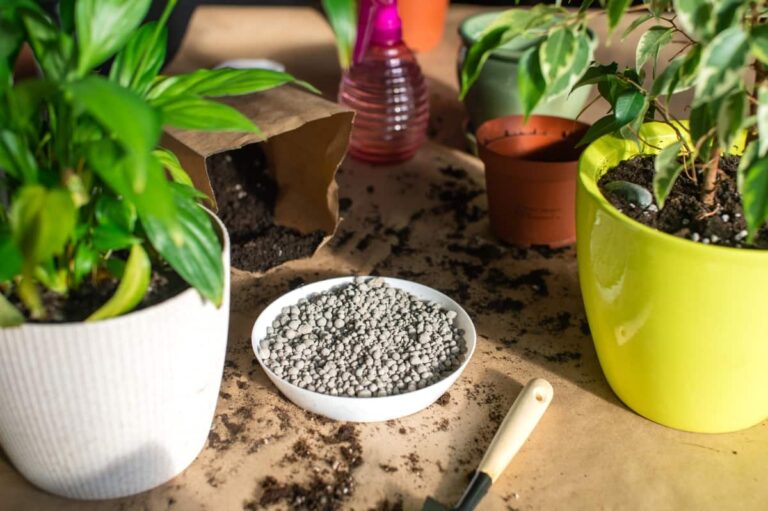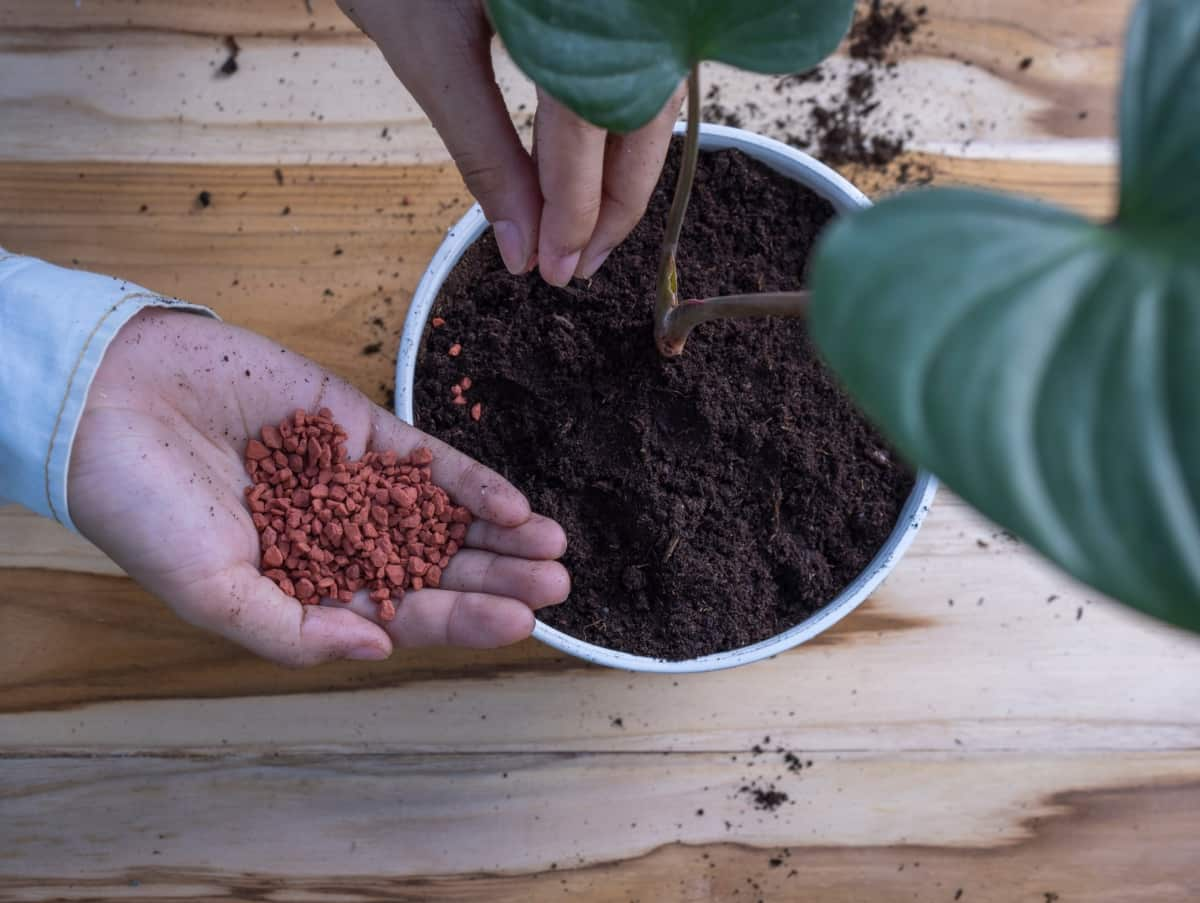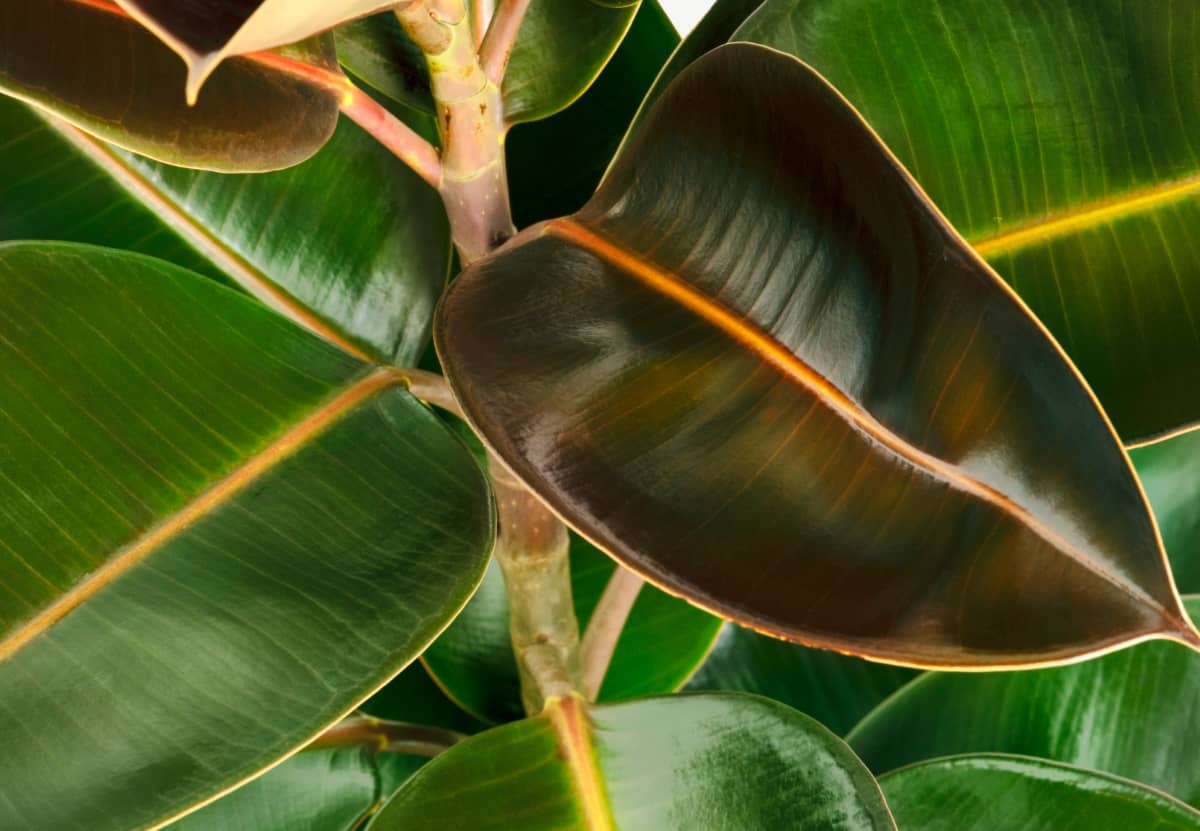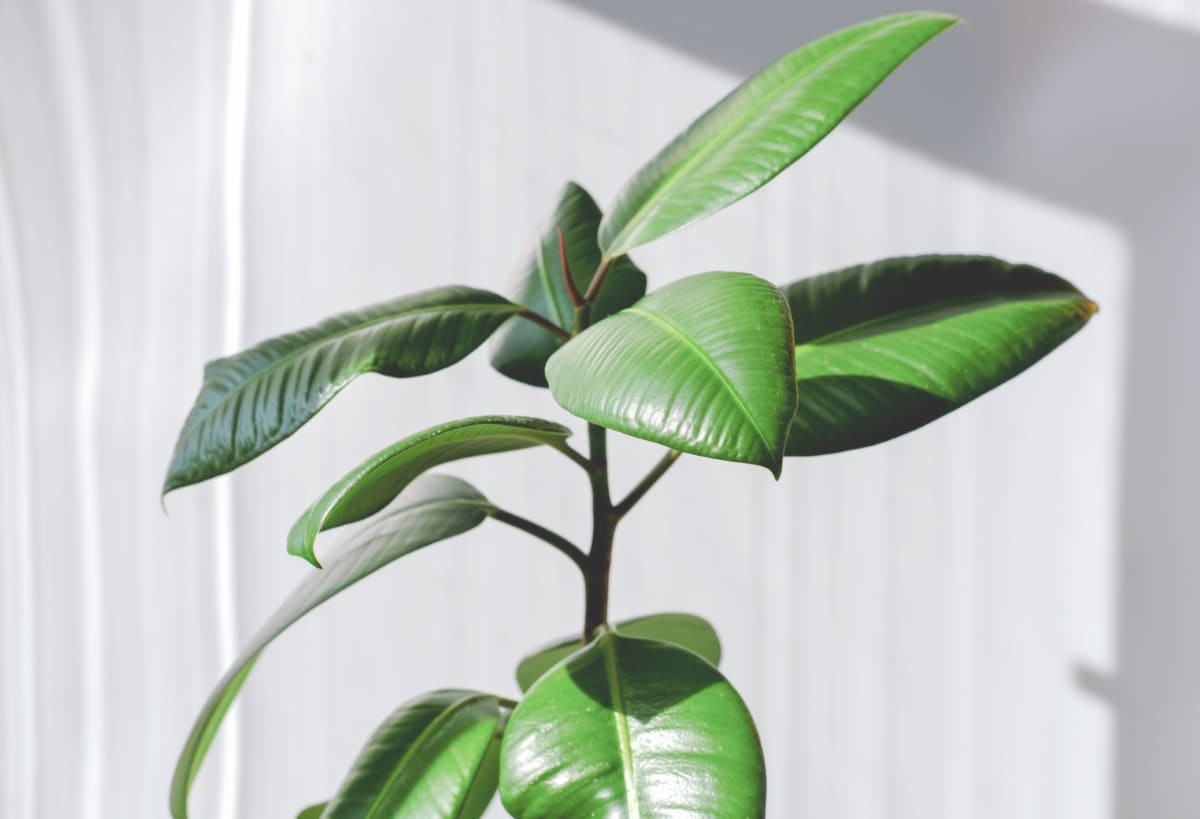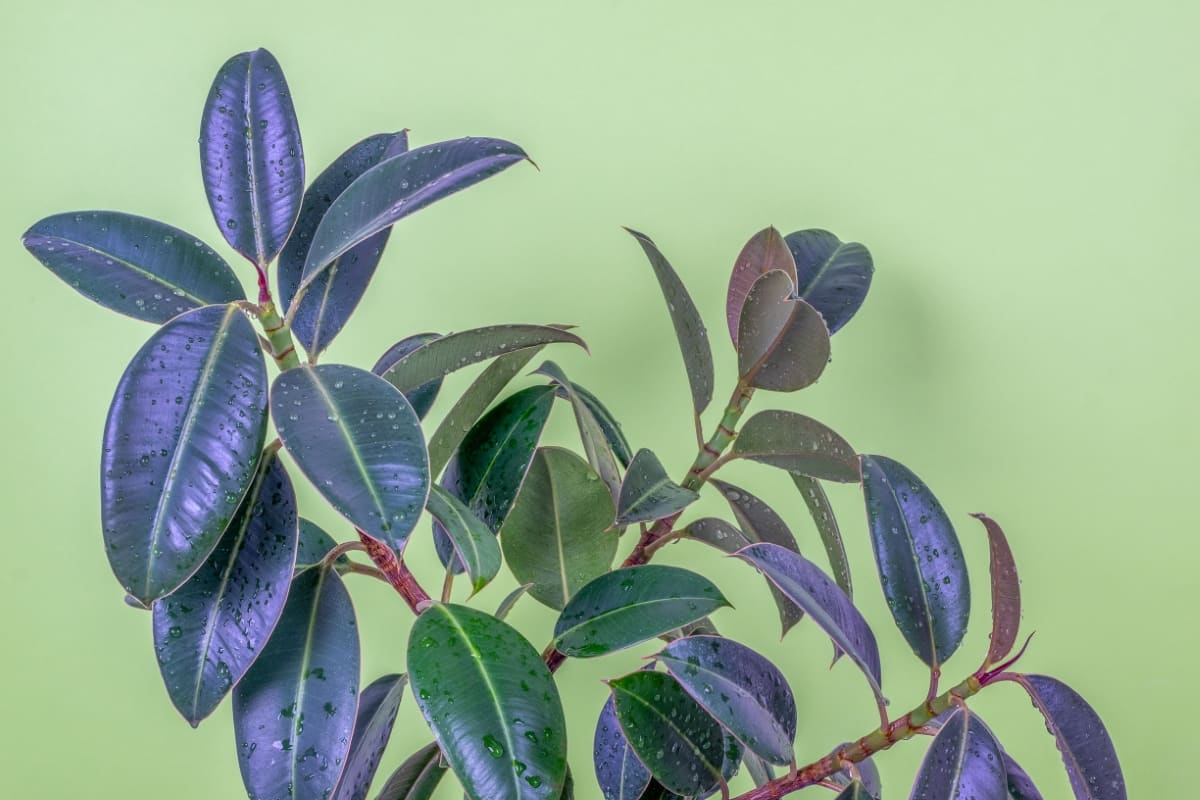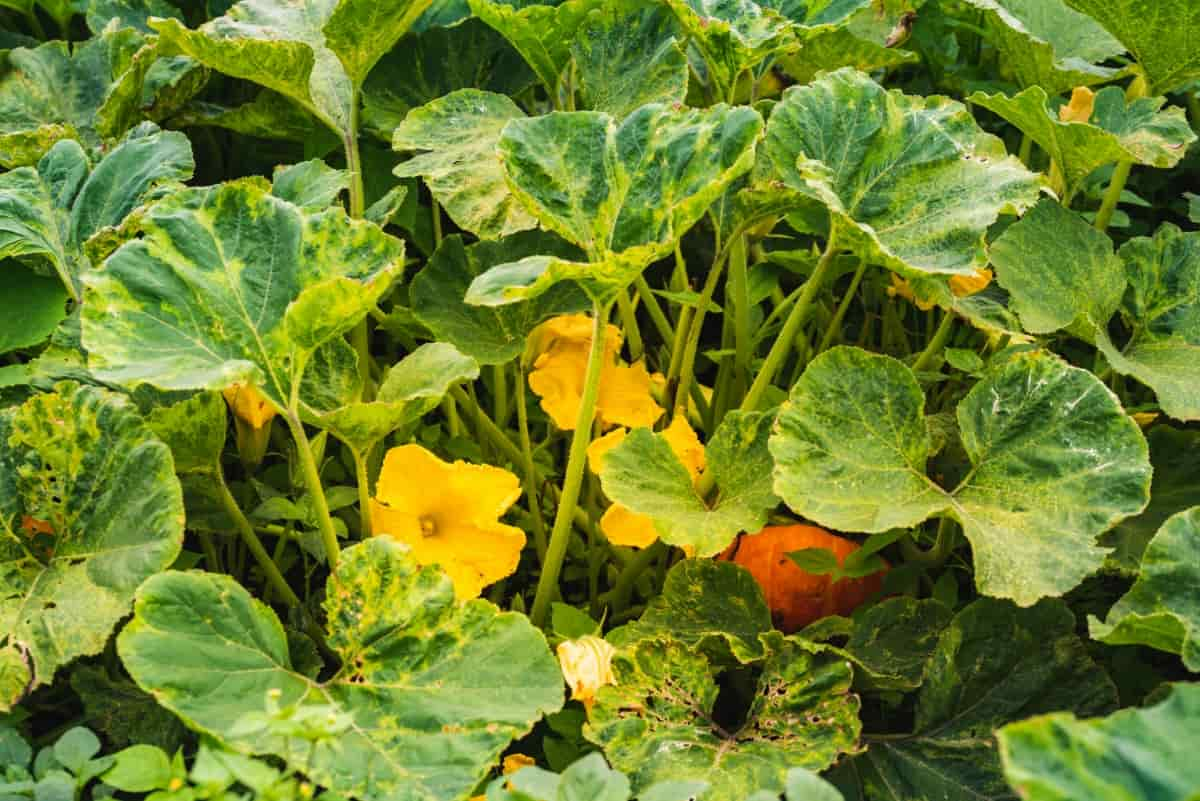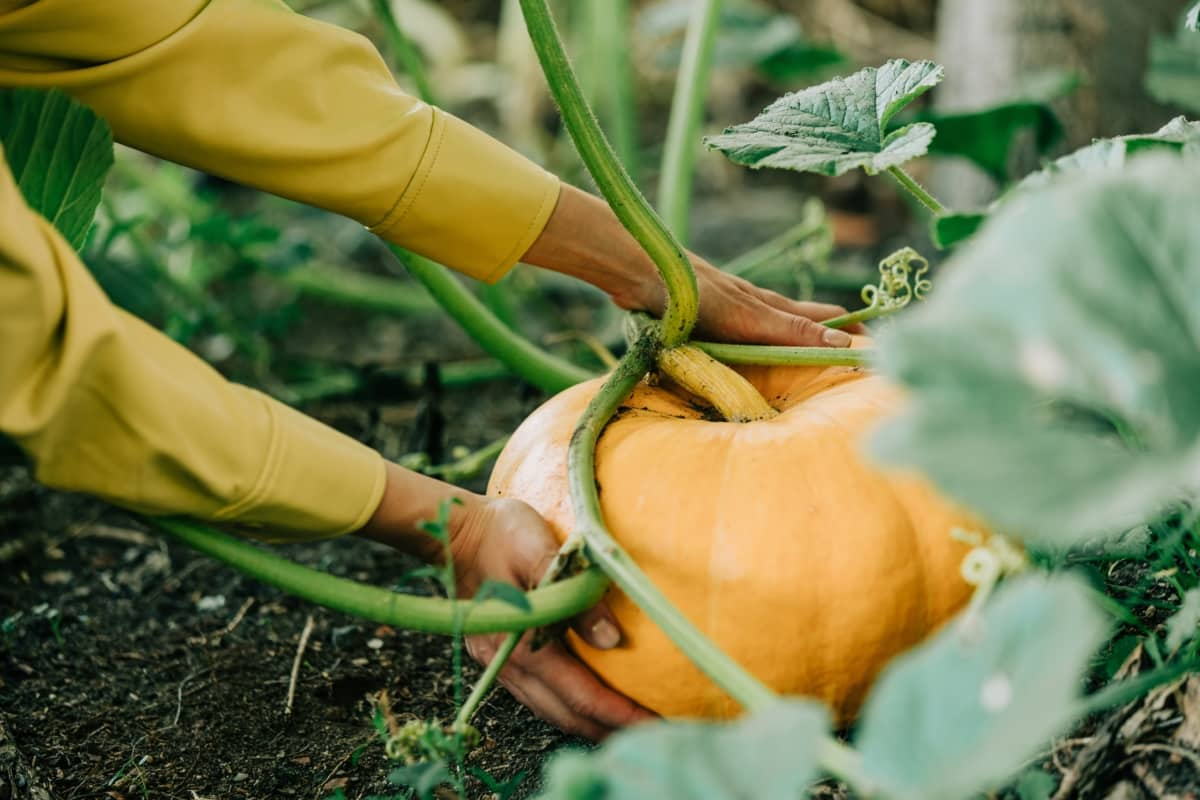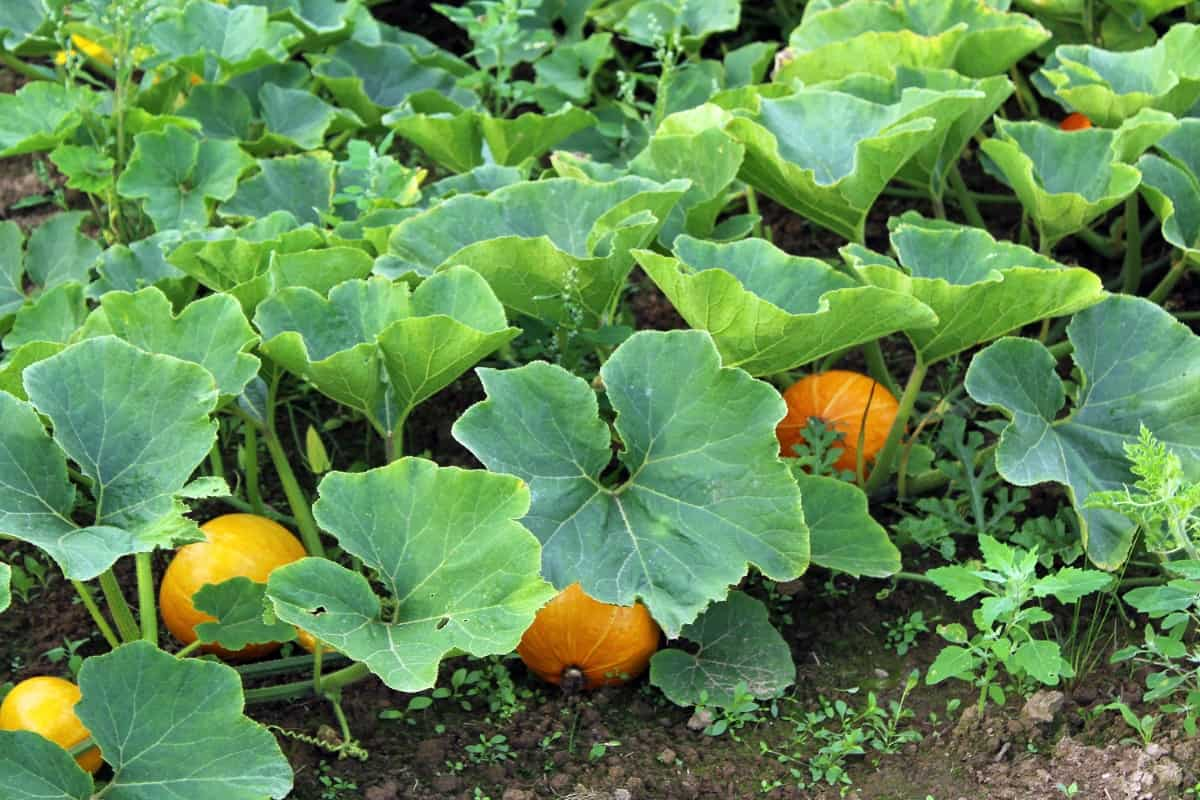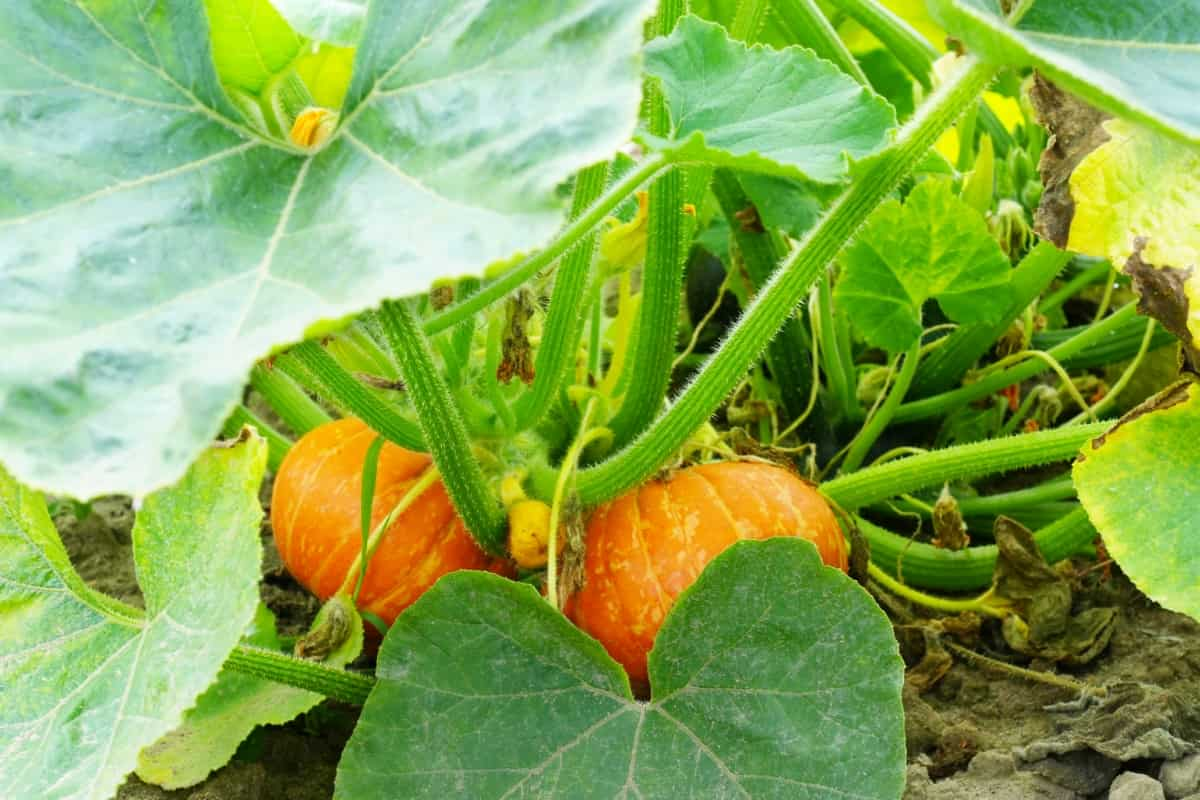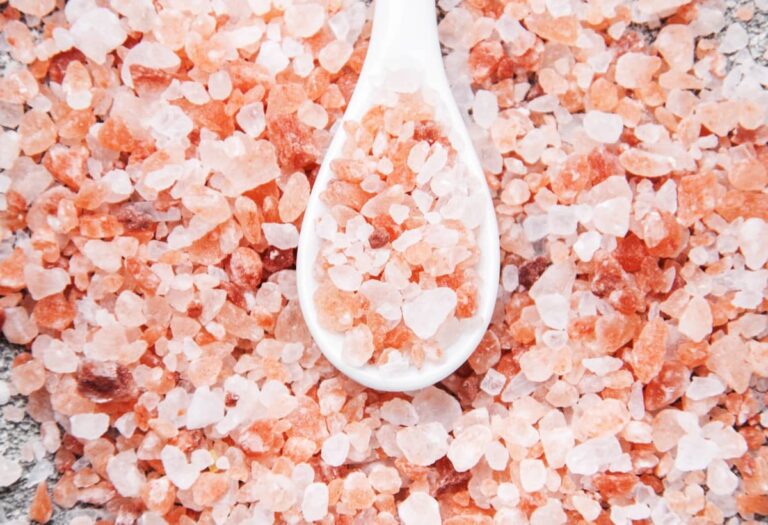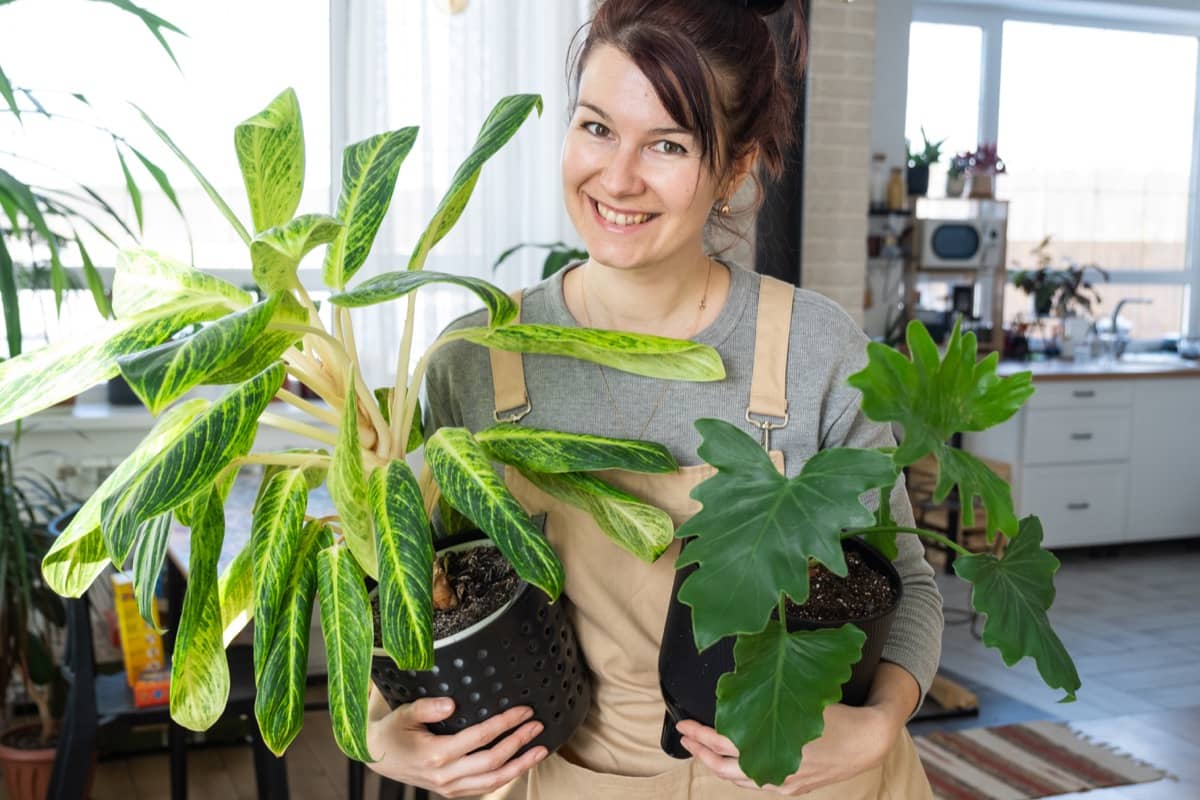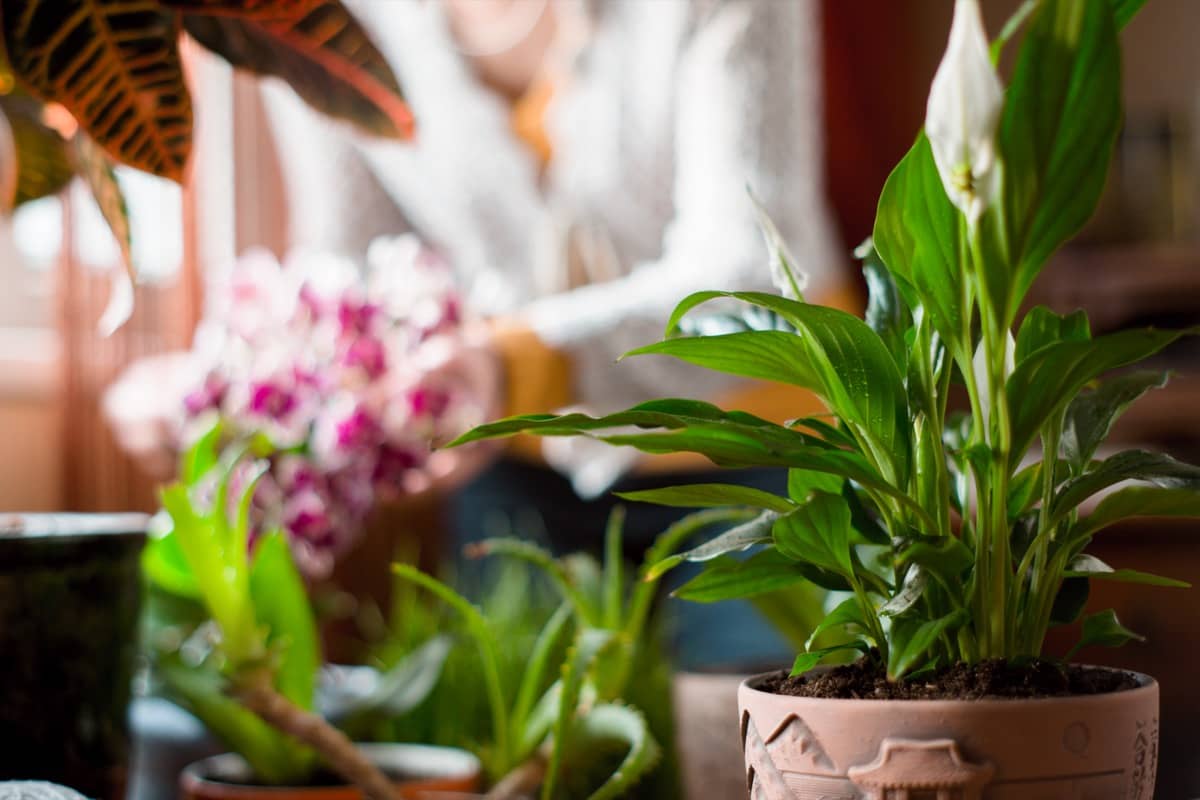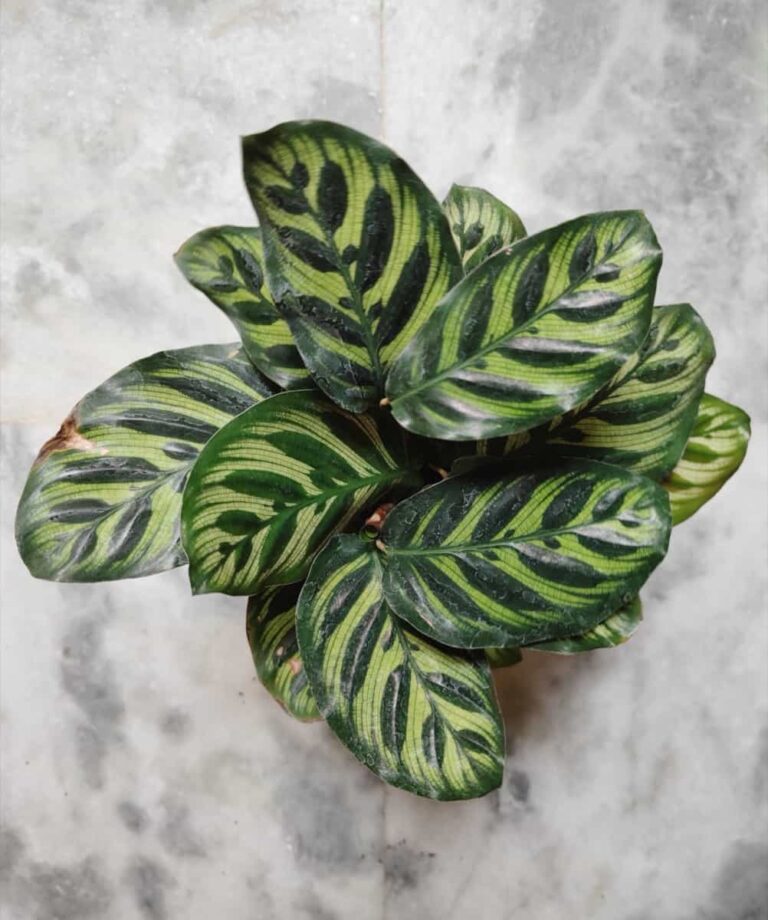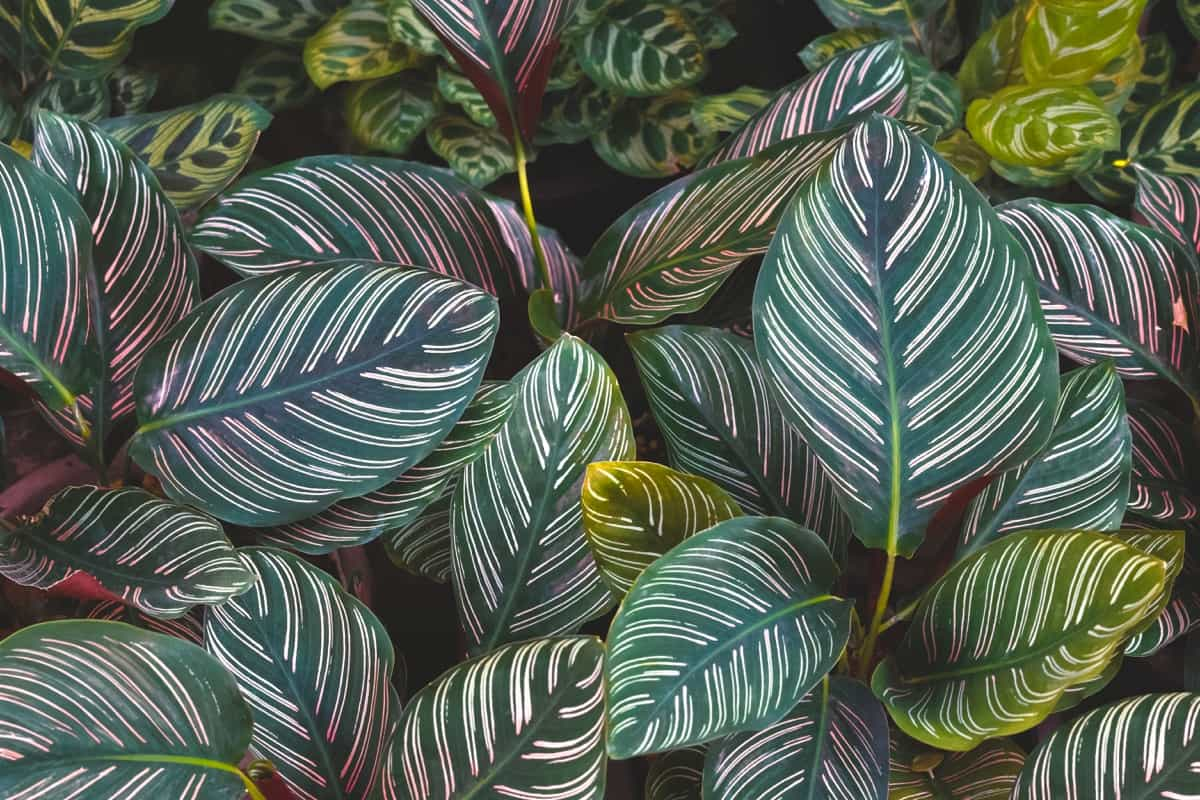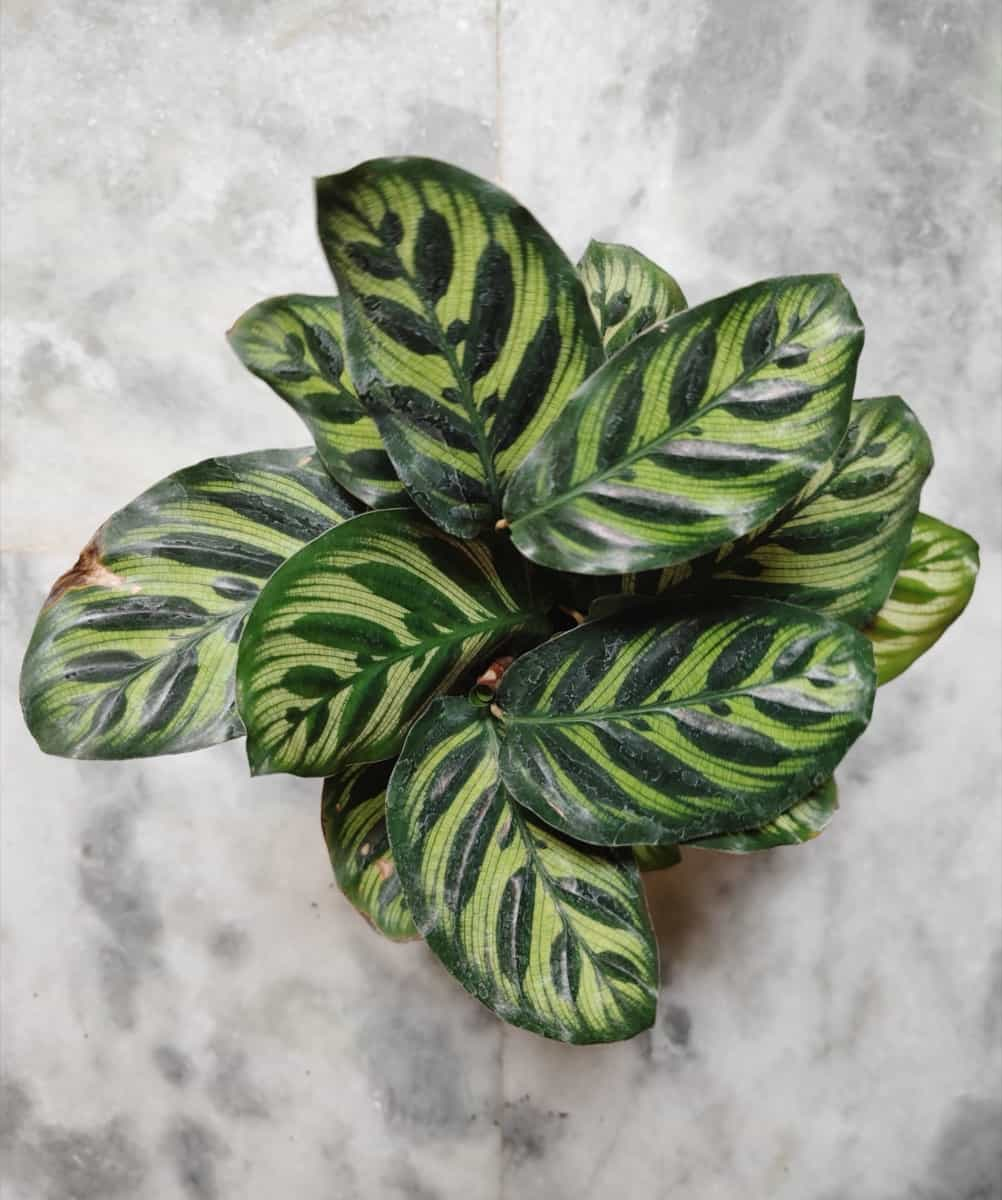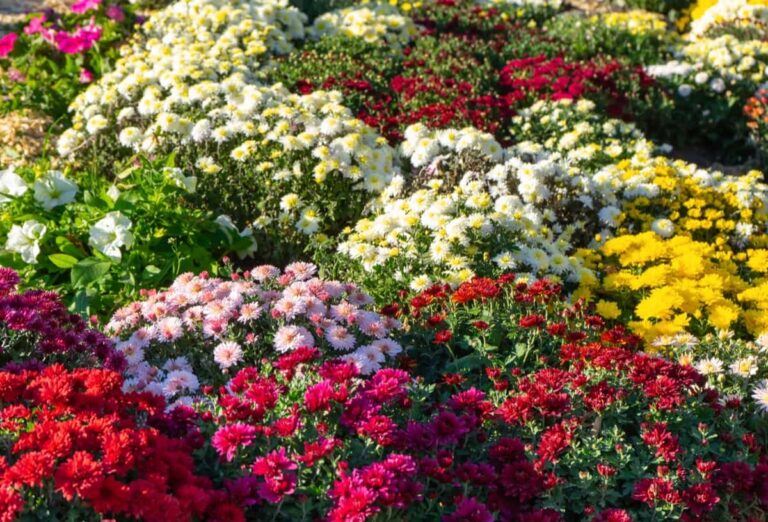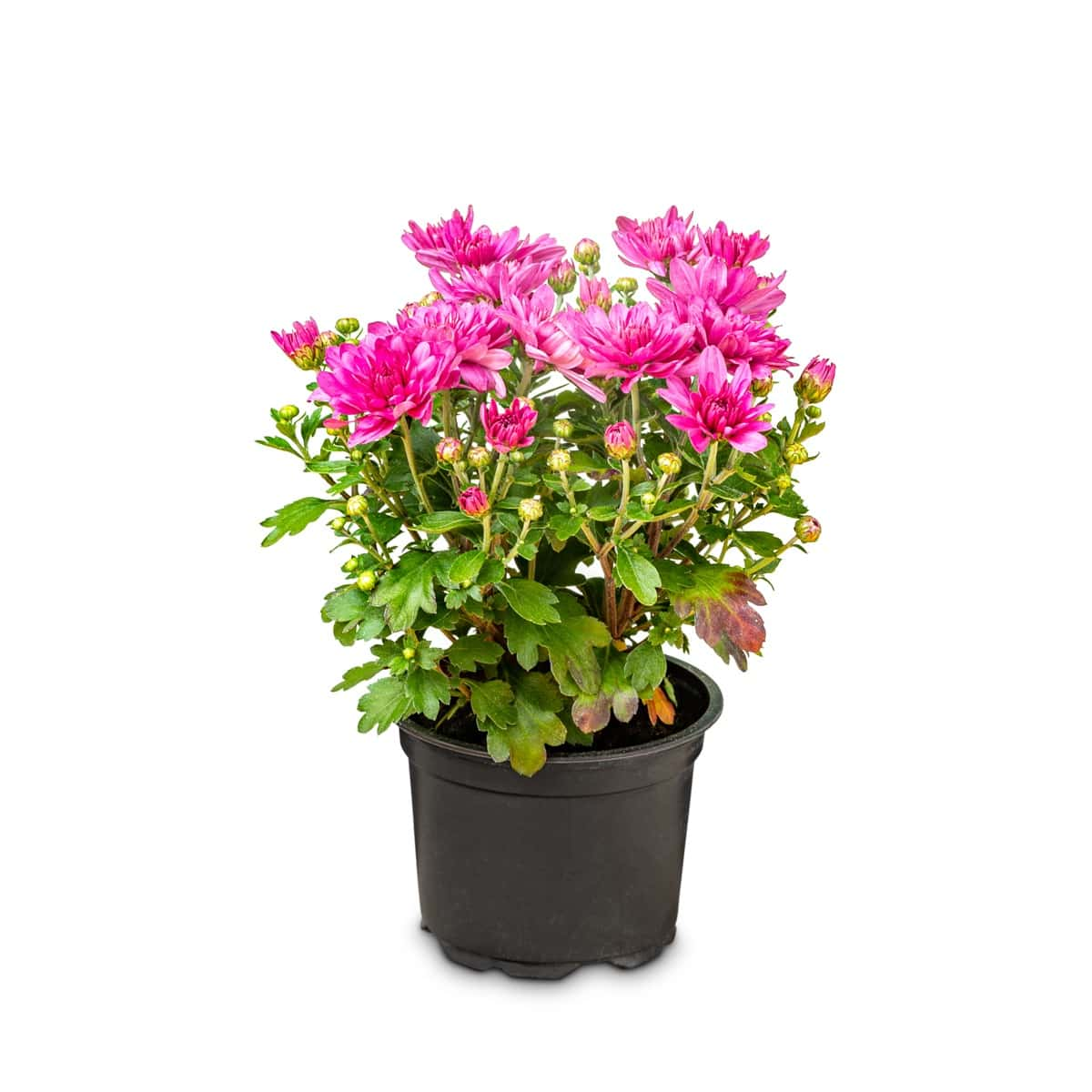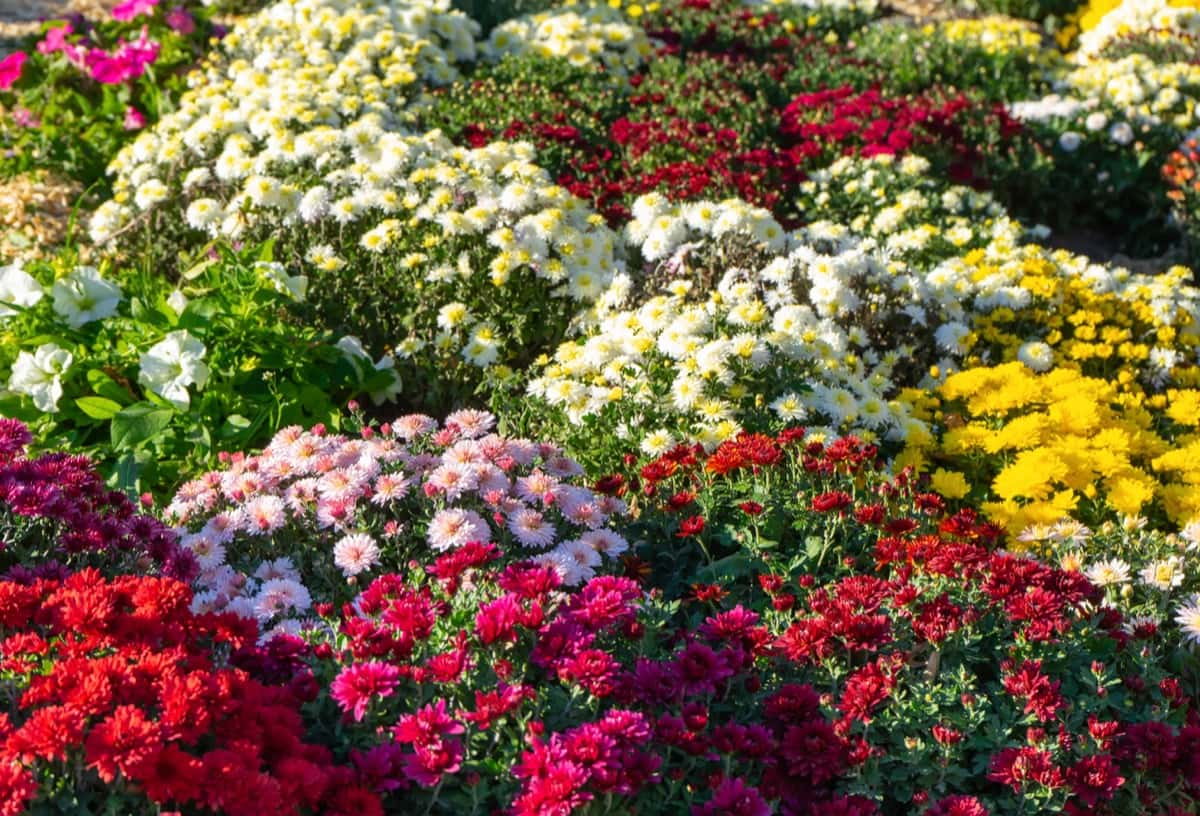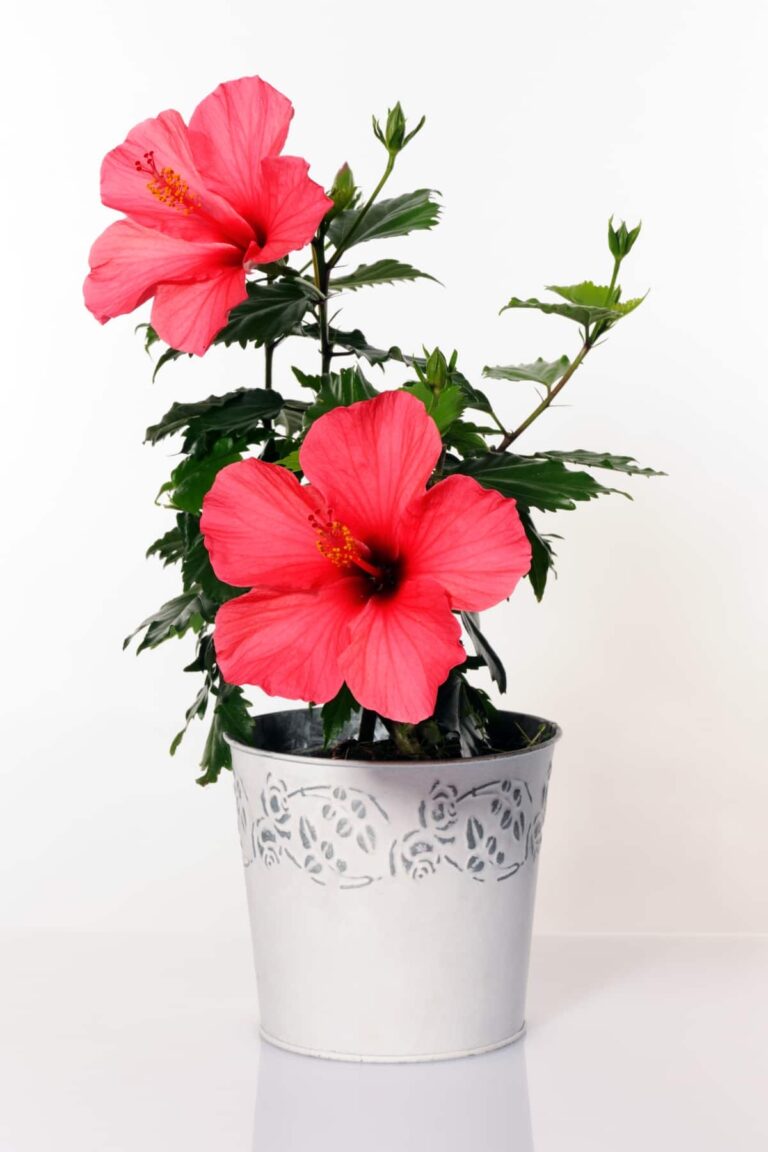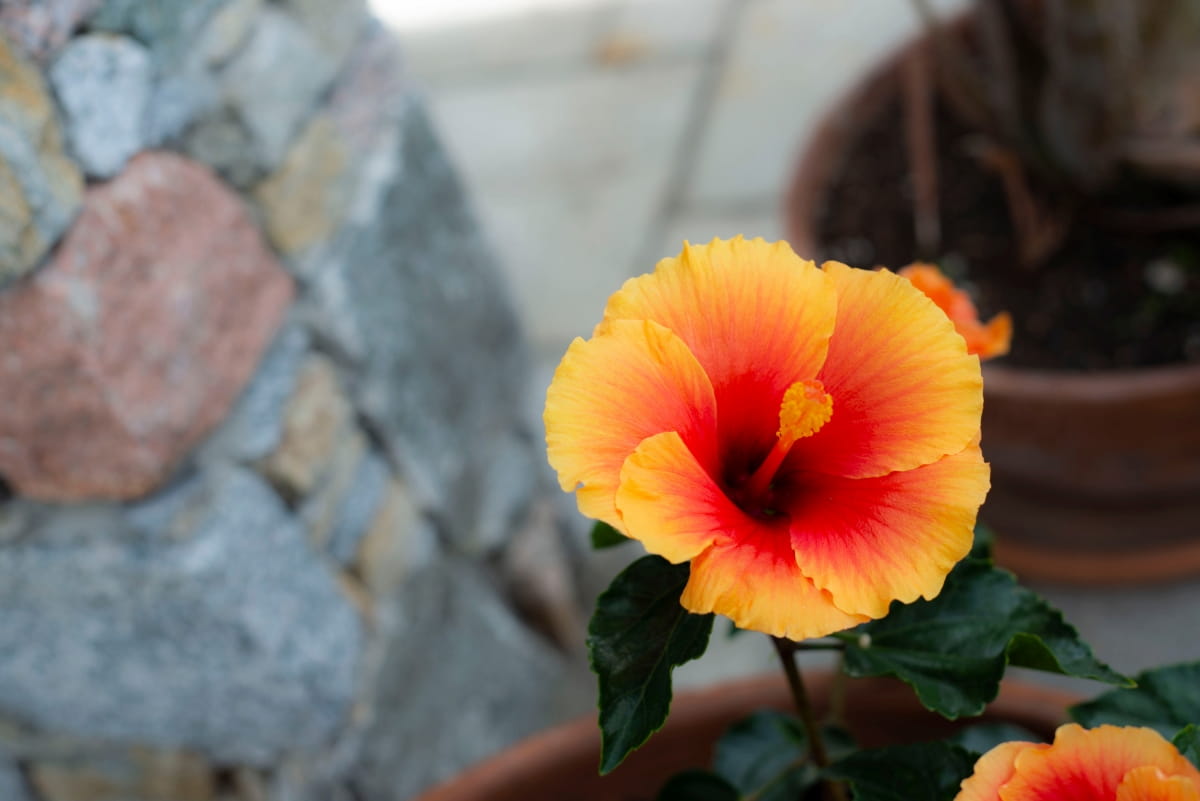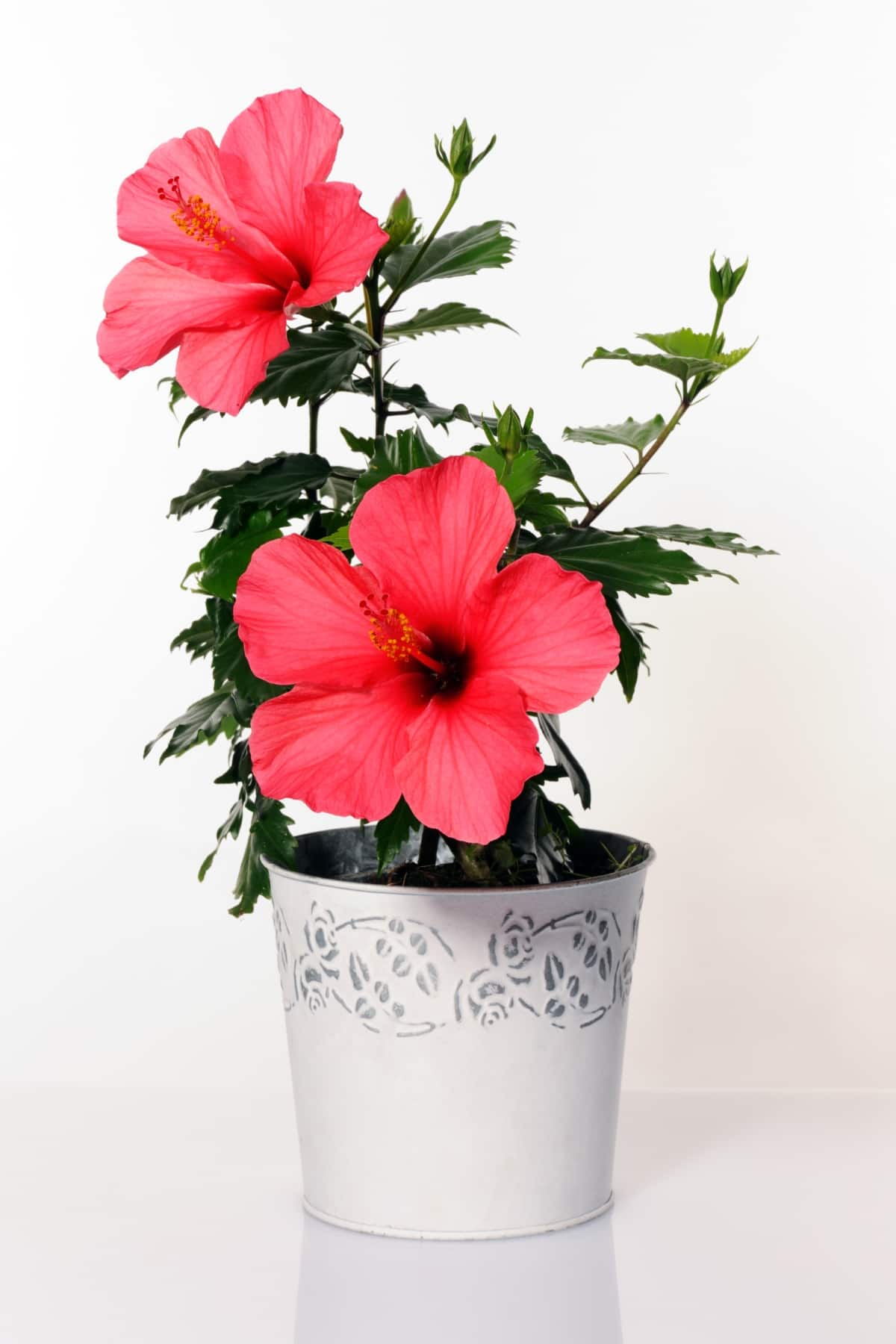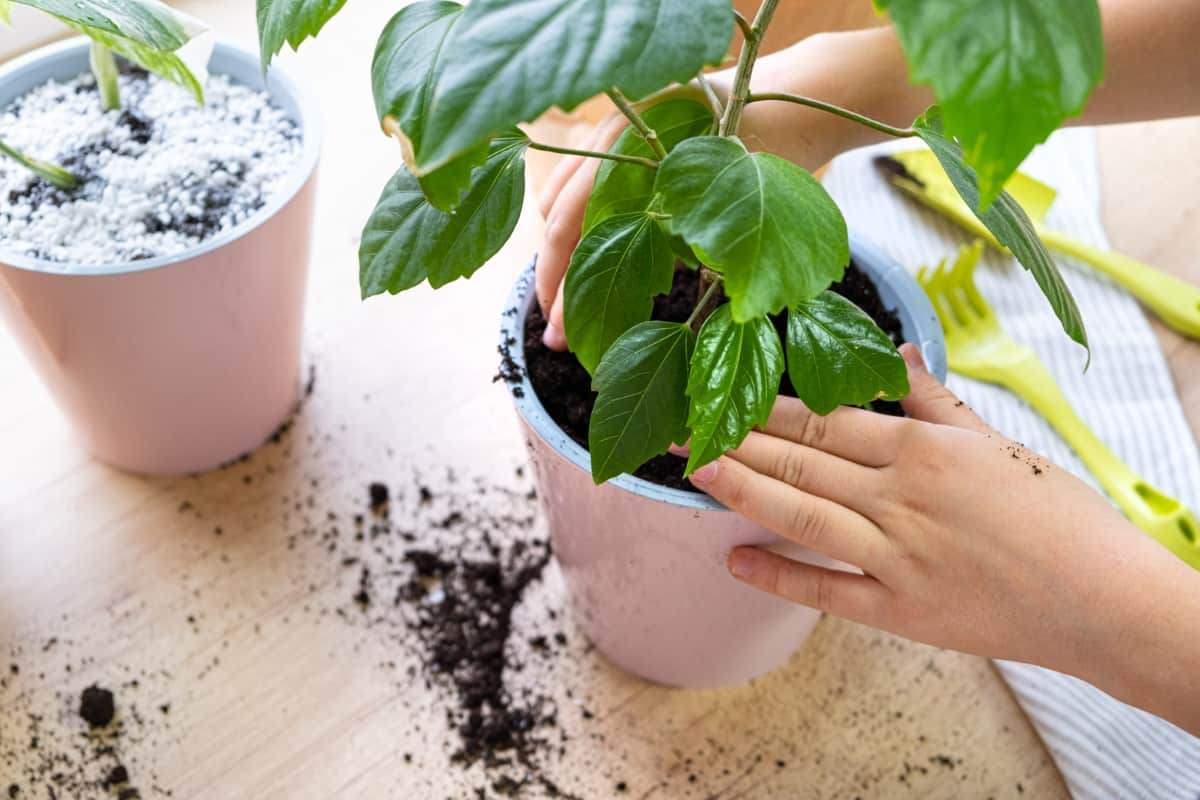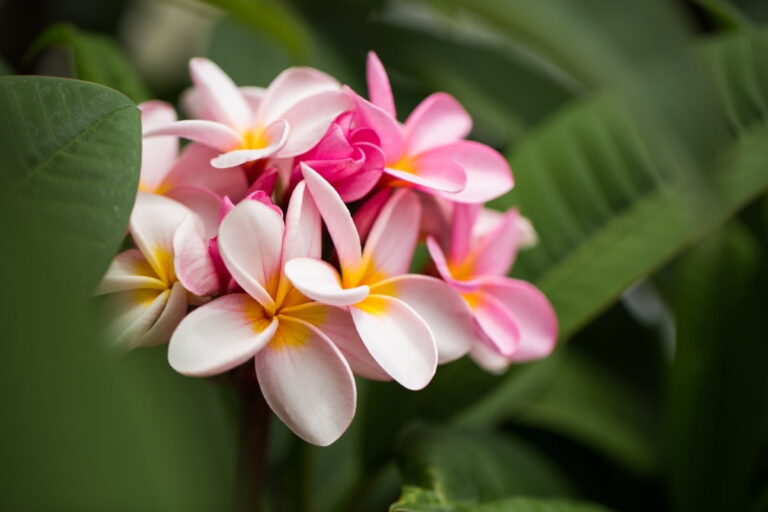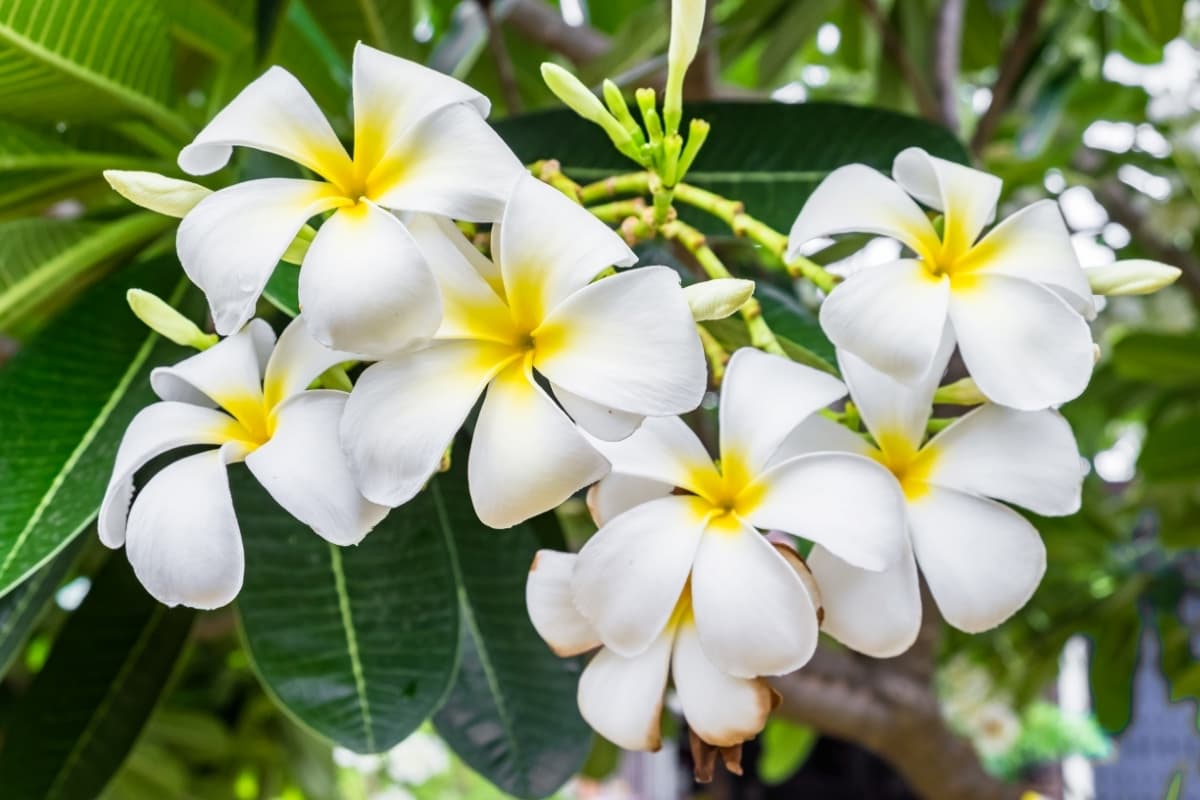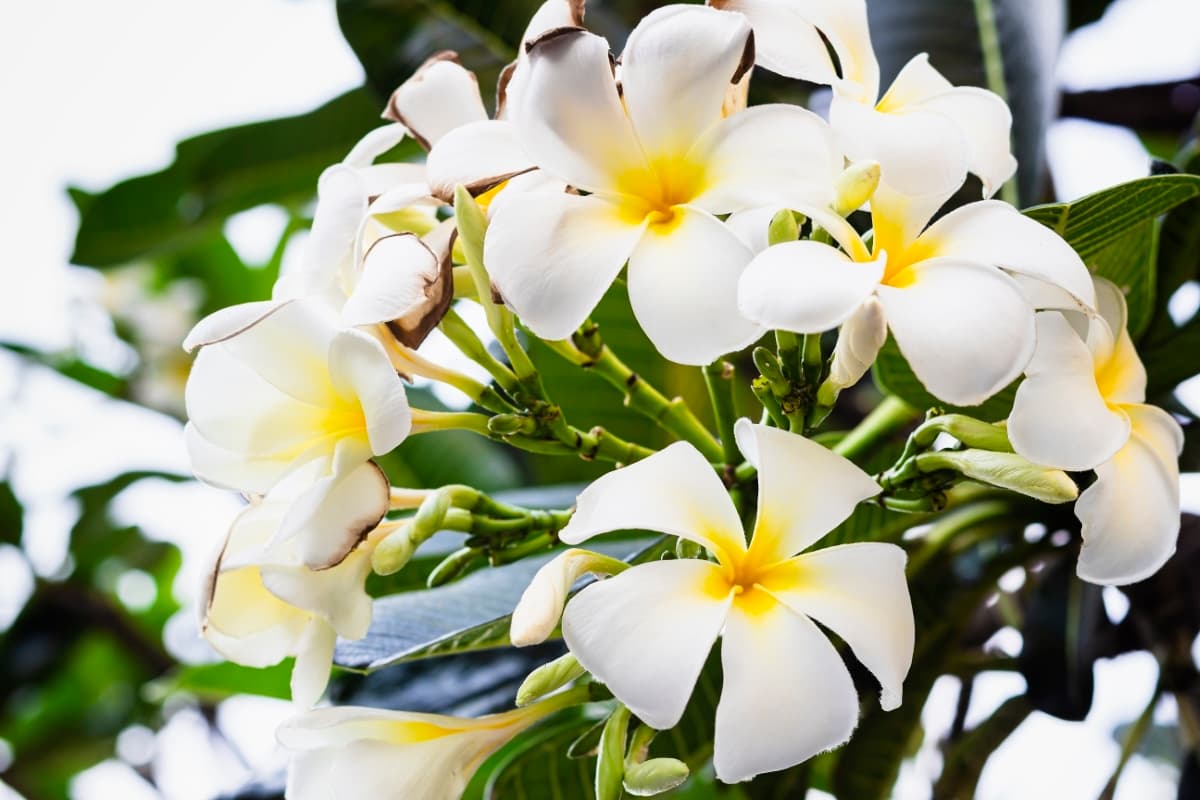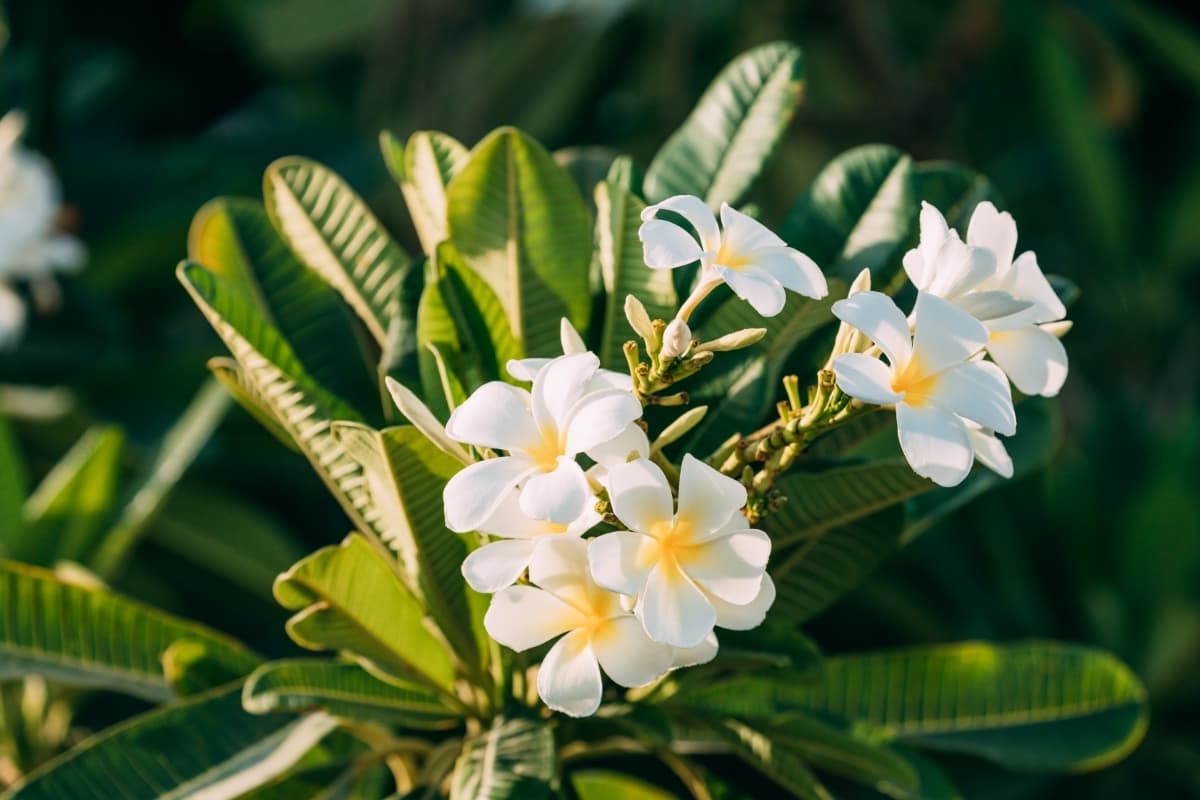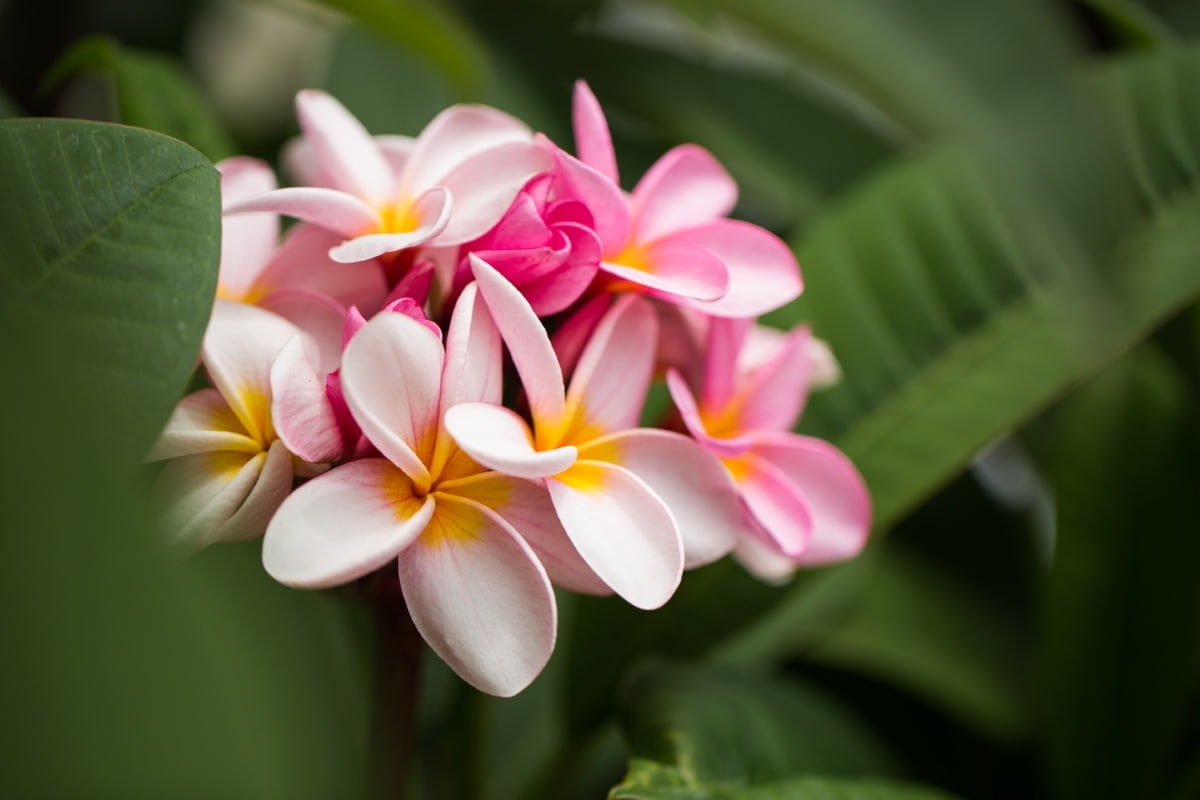Plantation ideas for home decor are not only trendy but also bring life and vibrancy into any room. In this article, we have various plantation ideas to elevate your home décor and help you create a refreshing and inviting environment.
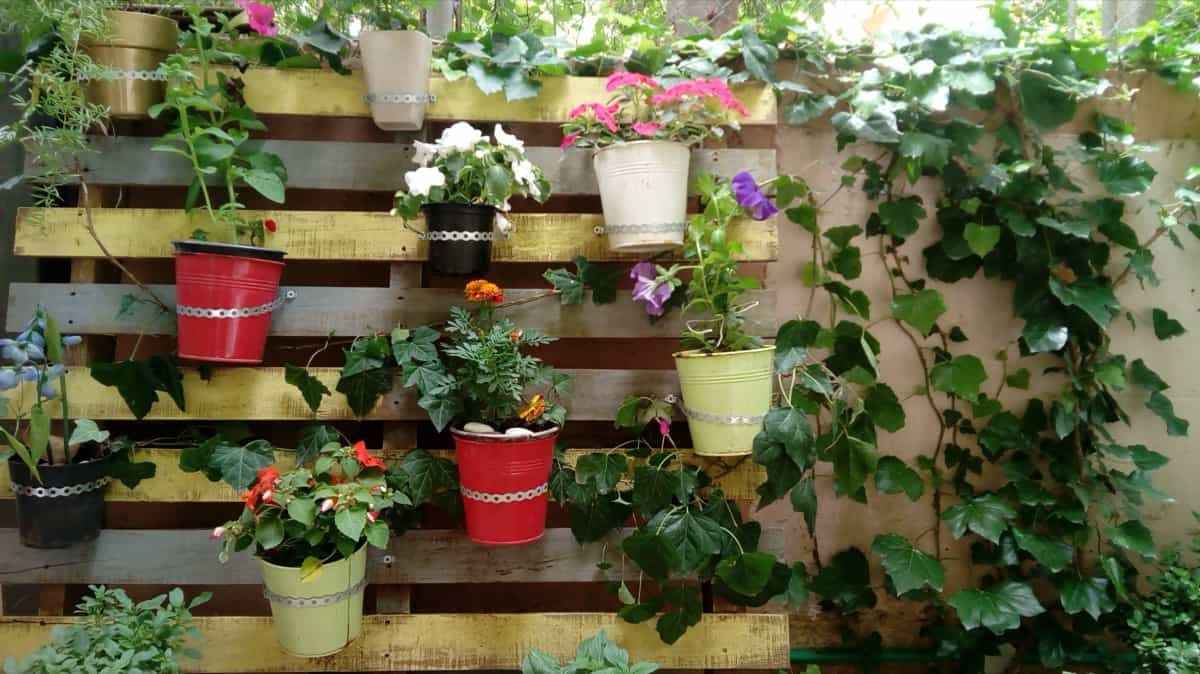
Indoor Vertical Wall Gardens
Indoor vertical wall gardens are a trendy and space-saving way to bring the outdoors inside. They create a stunning focal point while maximizing limited floor space. These living walls are not only visually appealing but also bring a breath of fresh air into any space. Vertical gardens are versatile and can be customized to suit any style or size of the room.
Whether you have a small apartment or a spacious living area, there’s always a way to incorporate a vertical garden into your interior design. Not only do indoor plants look beautiful, but they also have numerous health benefits, like purifying the air and reducing stress levels.
Terrariums for Small Spaces
These miniature indoor gardens are visually appealing and also easy to maintain, making them ideal for those with limited space and time. Terrariums come in various shapes and sizes, allowing you to get creative with how you display them. Succulents and air plants are popular choices for terrariums due to their low maintenance requirements.
They thrive in the enclosed environment of a terrarium, requiring minimal watering and attention. Terrariums bring the beauty of nature indoors without taking up precious floor space. Placing them on shelves or desks or even hanging them from the ceiling adds a unique touch of botanical charm to any small living area.
In case you missed it: How to Make Kalanchoe Plant Bushy: Home Remedies and Solutions

Hanging Plant Baskets
Hanging plant baskets are a fantastic way to bring nature indoors. These versatile planters can be hung from the ceiling or mounted on walls, adding a dynamic element to any room. Choose trailing plants like pothos or spider plants for a cascading effect that adds visual interest. For smaller spaces, opt for compact varieties such as string of pearls or ivy that won’t overwhelm the area but still provide a pop of color.
Mix different textures to create an eye-catching display. Consider incorporating flowering plants like begonias or ferns for added vibrancy. Don’t forget to rotate your baskets regularly to ensure even growth and exposure to sunlight.
Succulent Centerpieces
These low-maintenance succulent plants come in various shapes, sizes, and colors, making them perfect for making eye-catching displays. Succulents thrive in bright light and require minimal watering. Whether you prefer a single-statement succulent or a mix of different varieties, these plants can instantly enhance any room’s aesthetic.
From elegant ceramic pots to rustic wooden containers, there are endless options for showcasing your succulents. Match different textures and heights to create visually appealing arrangements that will elevate your dining table or coffee table effortlessly.
Window Box Herb Gardens
These charming little gardens not only brighten up your space but also provide fresh herbs right at your fingertips. With a well-designed window box herb garden, this could easily become a reality. From traditional terracotta pots to modern, sleek designs, there are endless options to suit your aesthetic preferences. Whether you have a small apartment or a spacious house, window box herb gardens can be tailored to fit any space. They are versatile, easy to maintain, and bring nature closer to home.
Decorative Indoor Trees
Indoor trees not only bring a sense of freshness and tranquility but also act as statement pieces that can raise the aesthetics of any room. From tall Fiddle Leaf Figs to compact Rubber Trees, there are various options to choose from based on your space and style preferences. These leafy companions thrive in well-lit areas with indirect sunlight, making them ideal for brightening up living rooms, bedrooms, or even office spaces. Their green foliage adds a pop of color that effortlessly enhances the overall ambiance.
In case you missed it: 14 Best Compost Bins for Home in India: For Indoor, Outdoor, and Kitchen Garden

Air Plant Displays
Air plants, also known as Tillandsia, are unique and captivating additions to any home decor. Their ability to thrive without soil makes them versatile for display in various creative ways. A popular method is creating hanging displays using decorative holders or macrame hangers. Suspending air plants in the air can add a touch of greenery to any room.
Another option is placing air plants in glass terrariums filled with sand or small pebbles. These enclosed environments create a mini ecosystem that can be both visually appealing and low-maintenance. This organic approach brings a touch of nature indoors while making a stylish statement.
Under-Stair Plant Nooks
With a few shelves or hanging planters, you can create a stunning display of greenery that not only adds beauty to your home but also maximizes the use of space. Under-stair plant nooks are perfect for those who want to add some greenery to their home without taking up too much floor space. You can mix different plants to create an eclectic look or stick with one type for a more uniform appearance. Whether you have an open-concept staircase or a closed-in one, there are plenty of creative ways to incorporate plants into this unique area.
Kitchen Counter Herb Pots
Kitchen counter herb pots not only provide fresh herbs at your fingertips but also serve as decorative elements in the heart of your home. With just a few small pots filled with aromatic herbs like rosemary, thyme, or mint, you can elevate both the visual appeal and flavor profile of your culinary creations.
These herb pots not only bring life and vitality to your cooking space but also offer convenience and practicality. Whether you have a spacious kitchen with ample natural light or a cozy galley kitchen with limited space, there’s always room for some compact herb pots that will enhance both the aesthetics and functionality of this essential room in your home.
Balcony Flower Arrangements
Flower arrangements are a great way to bring color and life into your outdoor space. Whether you have a small balcony or a spacious terrace, there are endless possibilities when it comes to decorating with flowers. Consider mixing different types of flowers for variety and visual interest. Hanging baskets, potted plants, or even vertical planters can all be used to create beautiful displays. Remember the importance of sunlight when choosing your flowers. Make sure to select plants that thrive in the sunlight your balcony receives throughout the day.
In case you missed it: Nourish and Flourish: Top Organic Mulches for Thriving House Plants
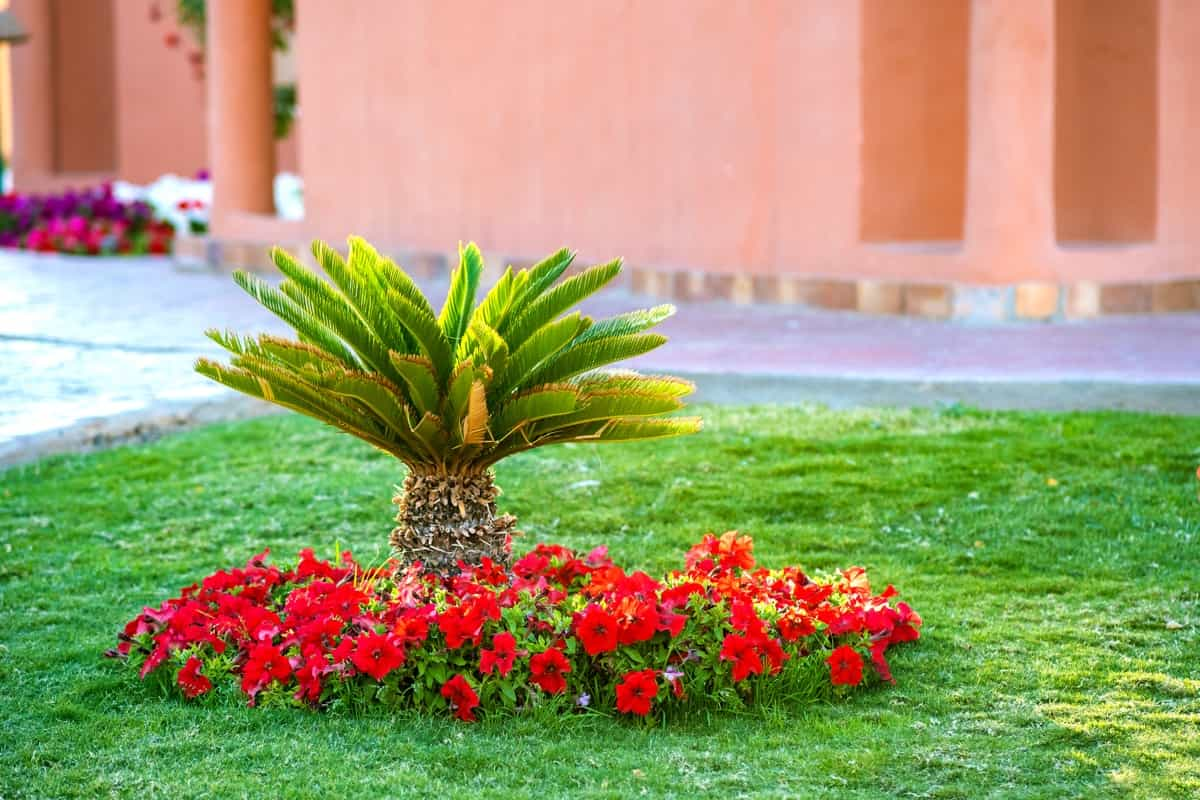
Conclusion
Plantation ideas for home decoration can add a touch of nature and freshness to any room. Decorating your home with plants is a fantastic way to infuse natural beauty and vitality into your living space.
- Plantation Ideas for Home Decoration: A Beginners Guide
- Flower Garden Designs and Layouts for Beginners
- Planting and Spacing Techniques in Papaya: A Beginner’s Guide
- Growing Gold: Essential Techniques for Planting Pineapples
- How to Make Kalanchoe Plant Bushy: Home Remedies and Solutions
- 11 Reasons Why Your Gardenia is Not Blooming: Home Remedies and Solutions
- Eco Elegance: The Guide to Designing a Drought-Tolerant Landscape
- Gardening on a Slope: Strategies for Hillside Landscaping
- Nourish and Flourish: Top Organic Mulches for Thriving House Plants
